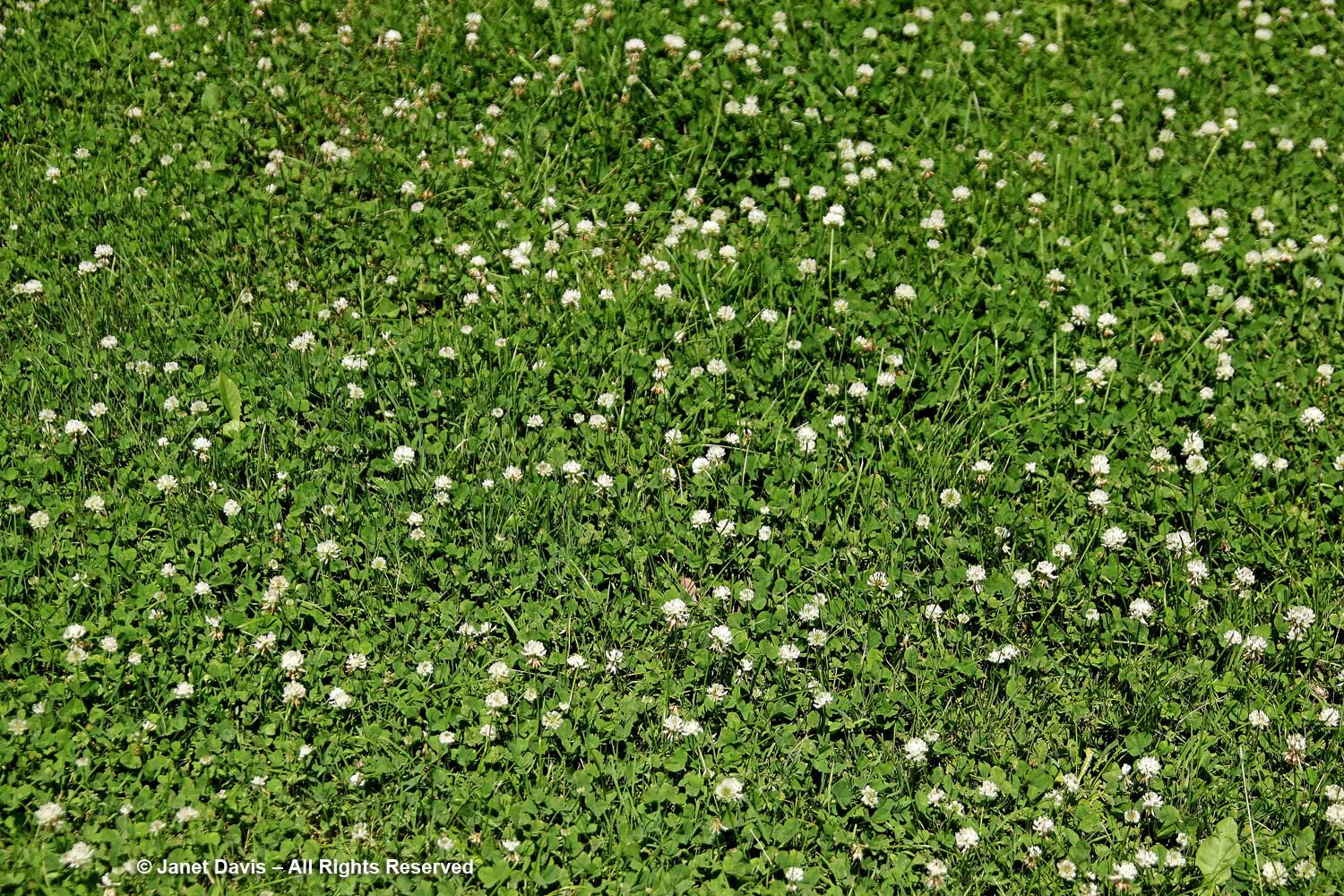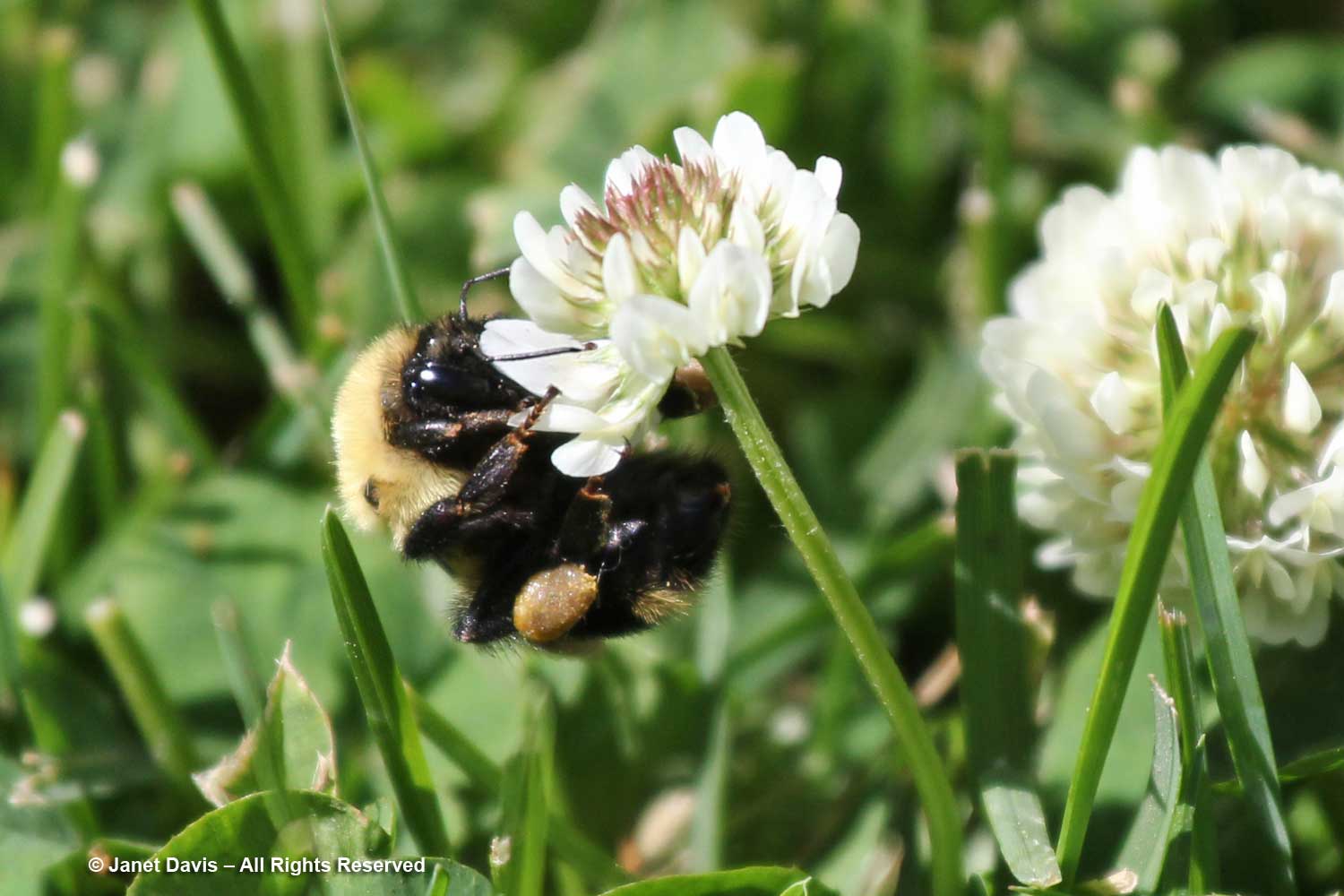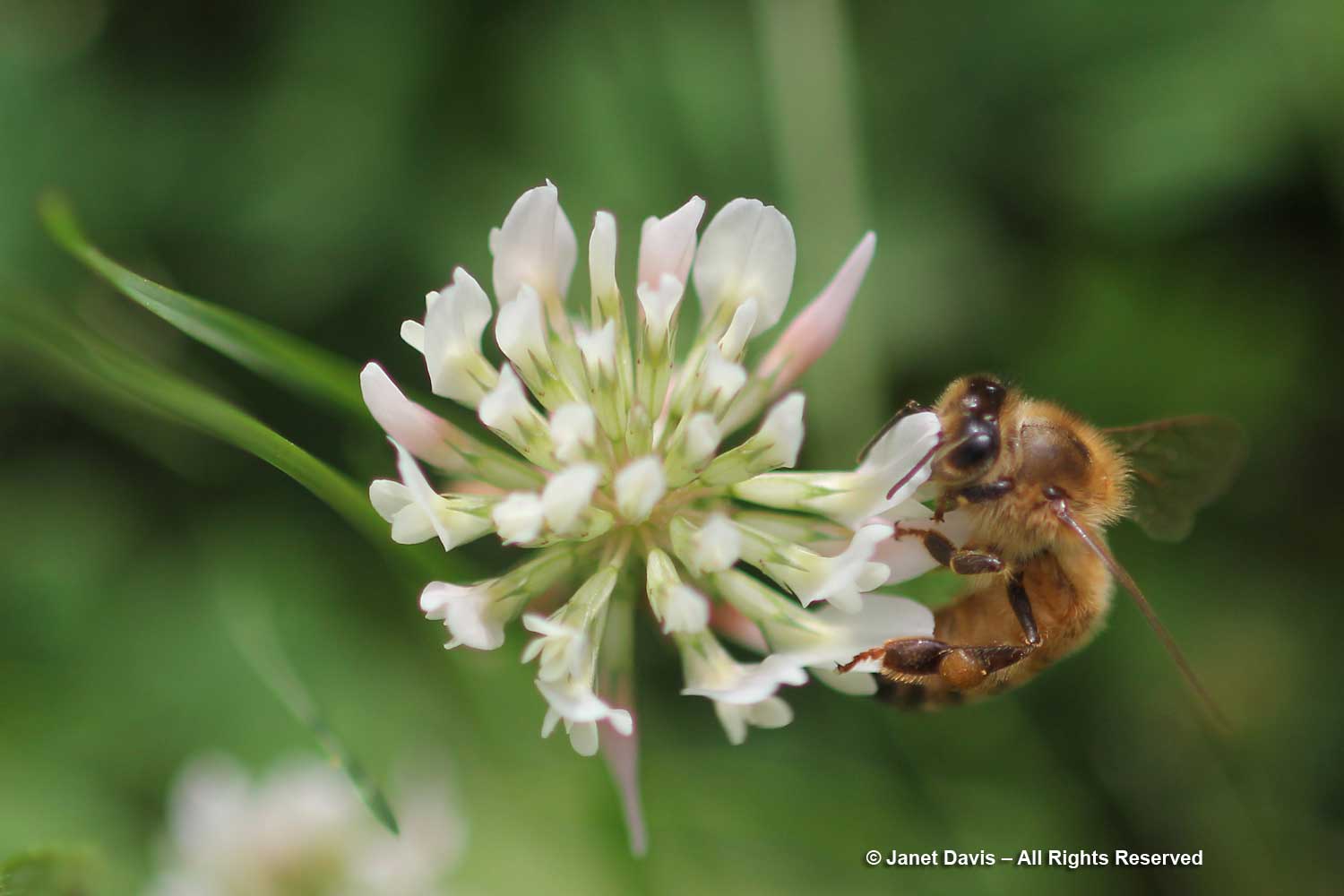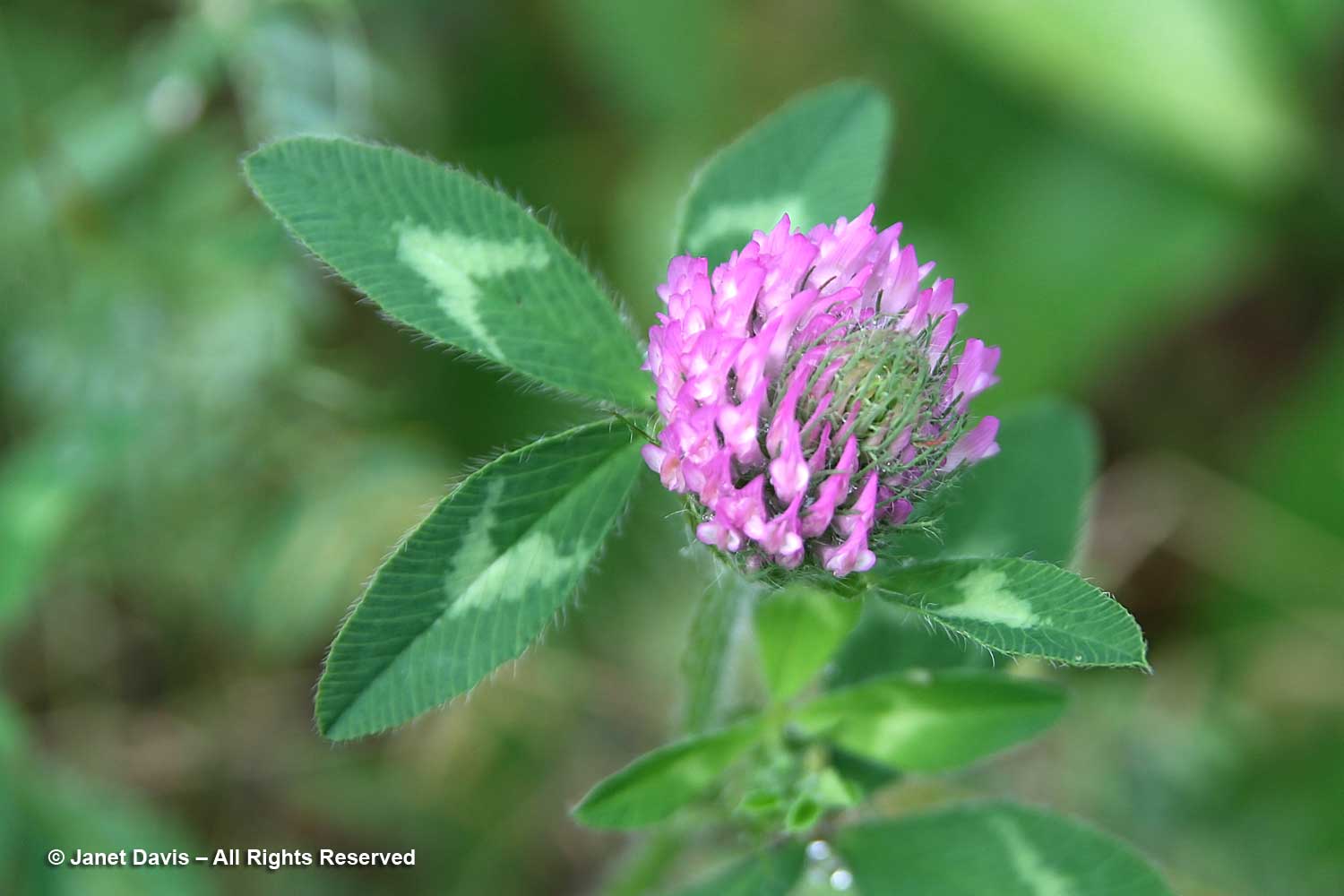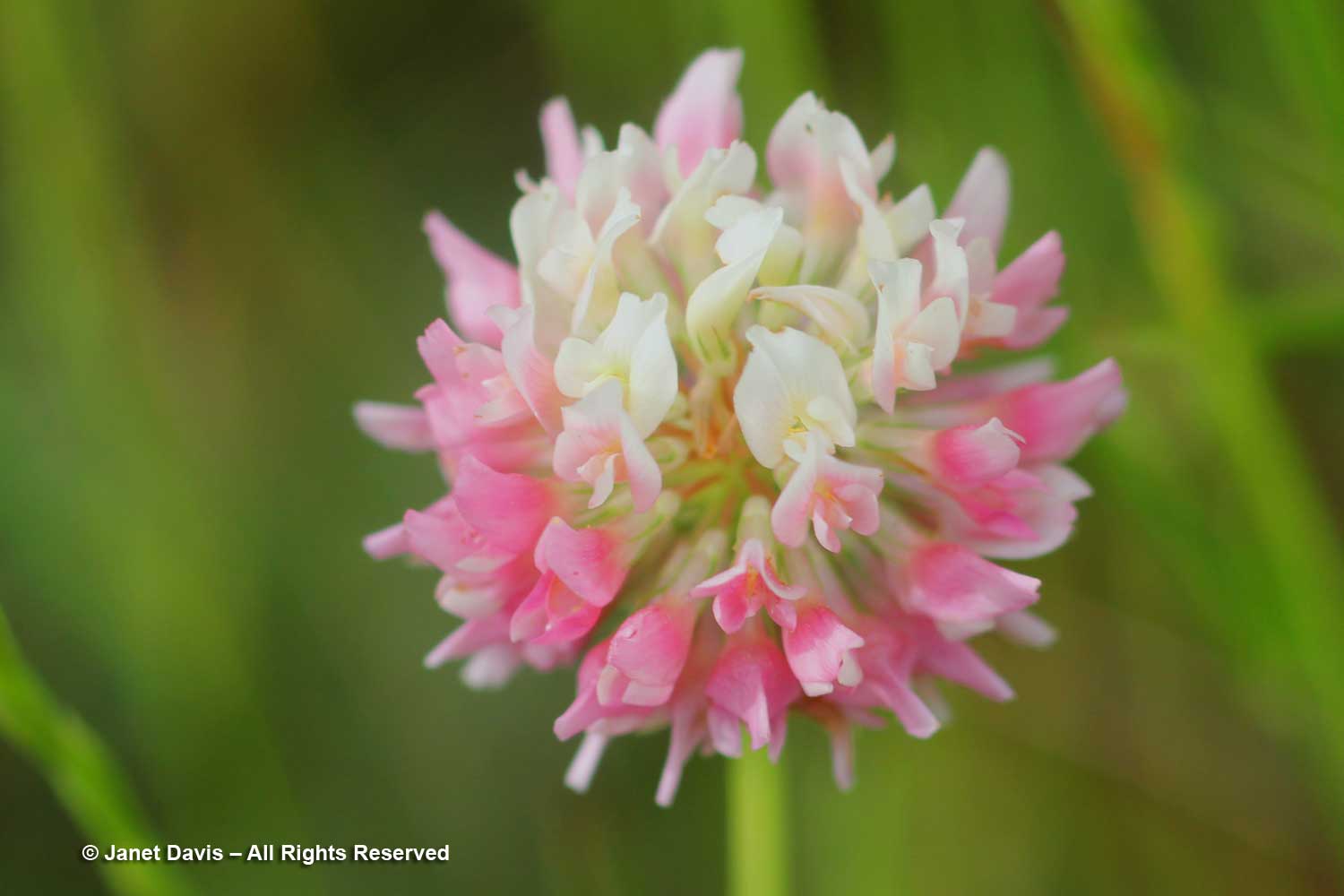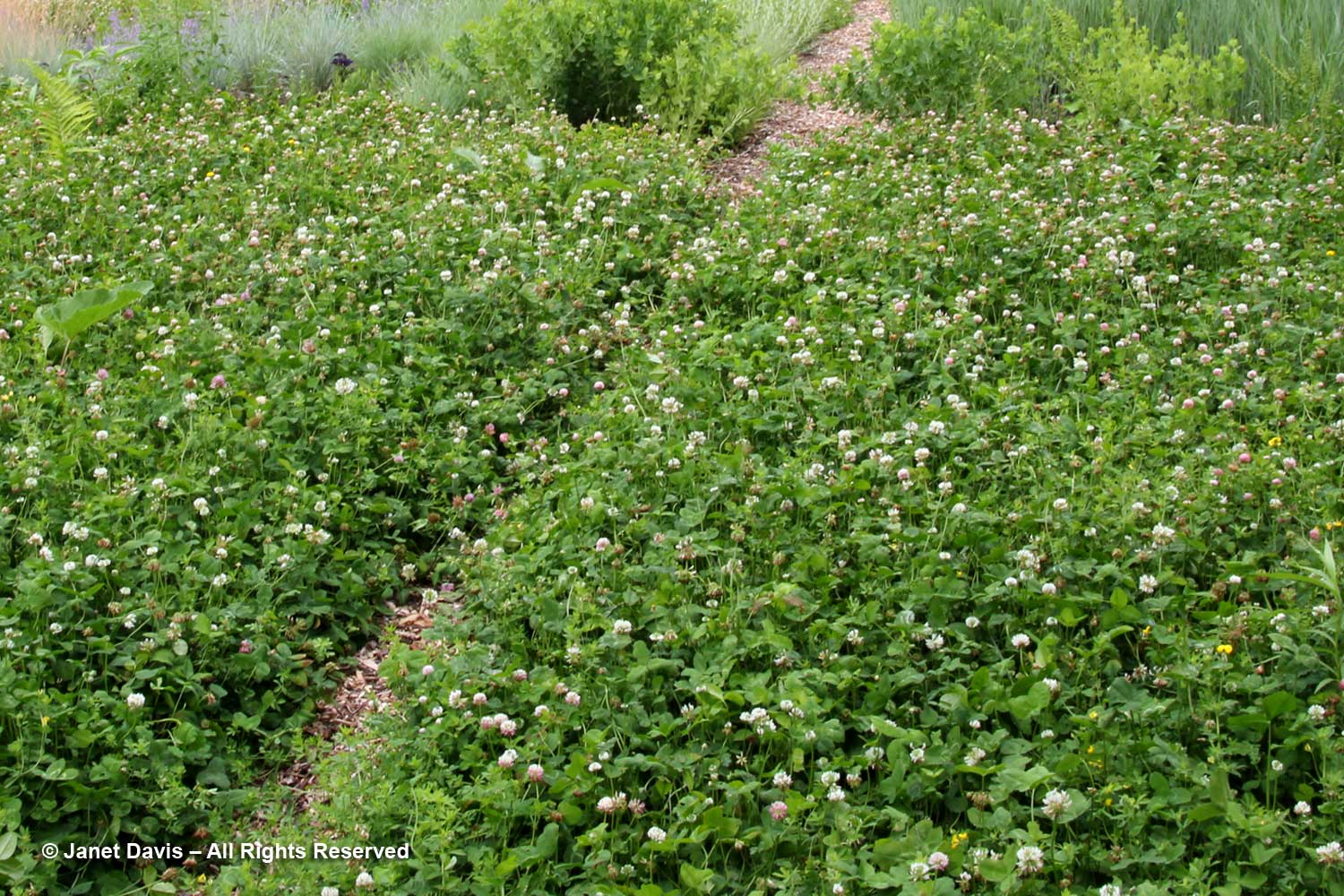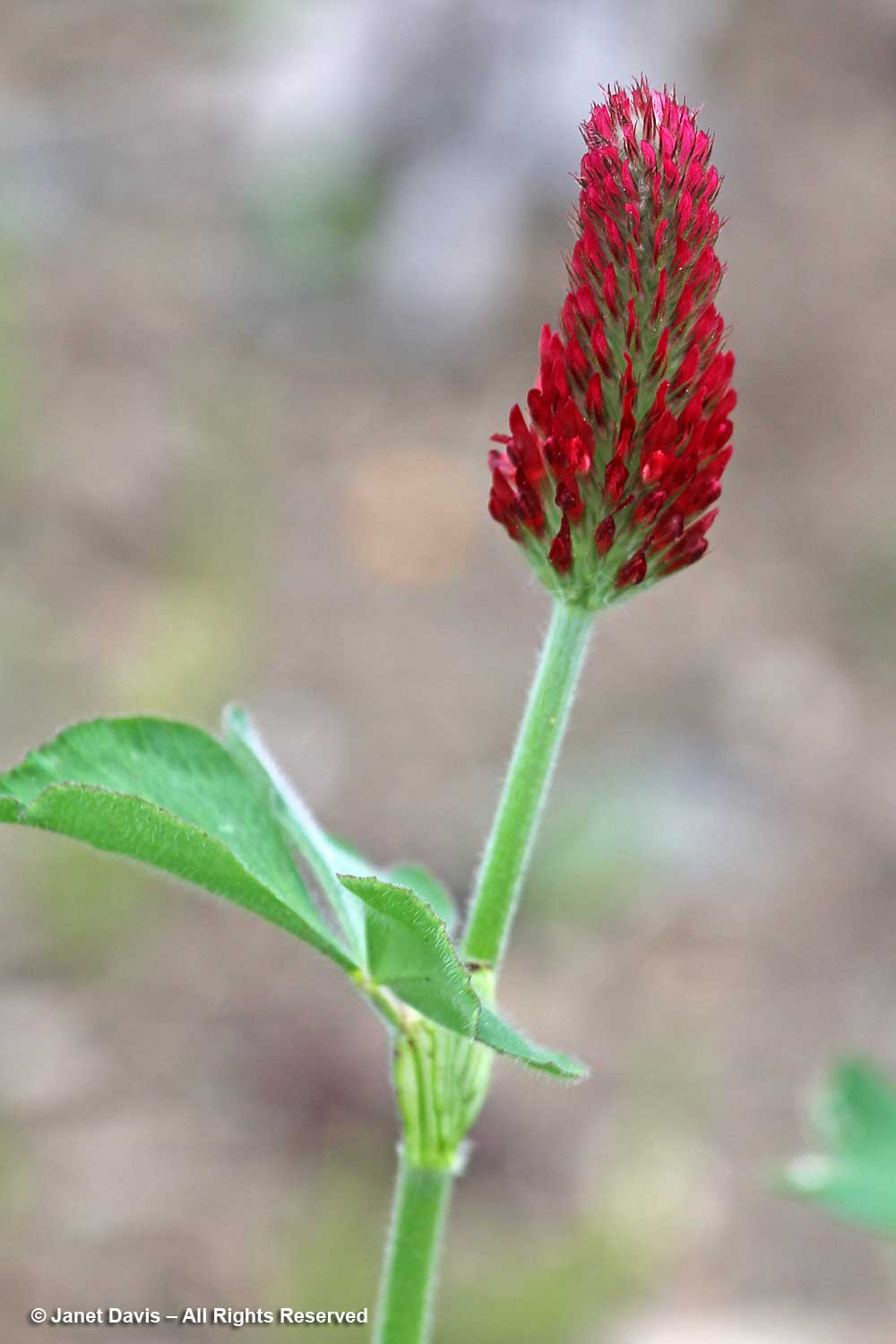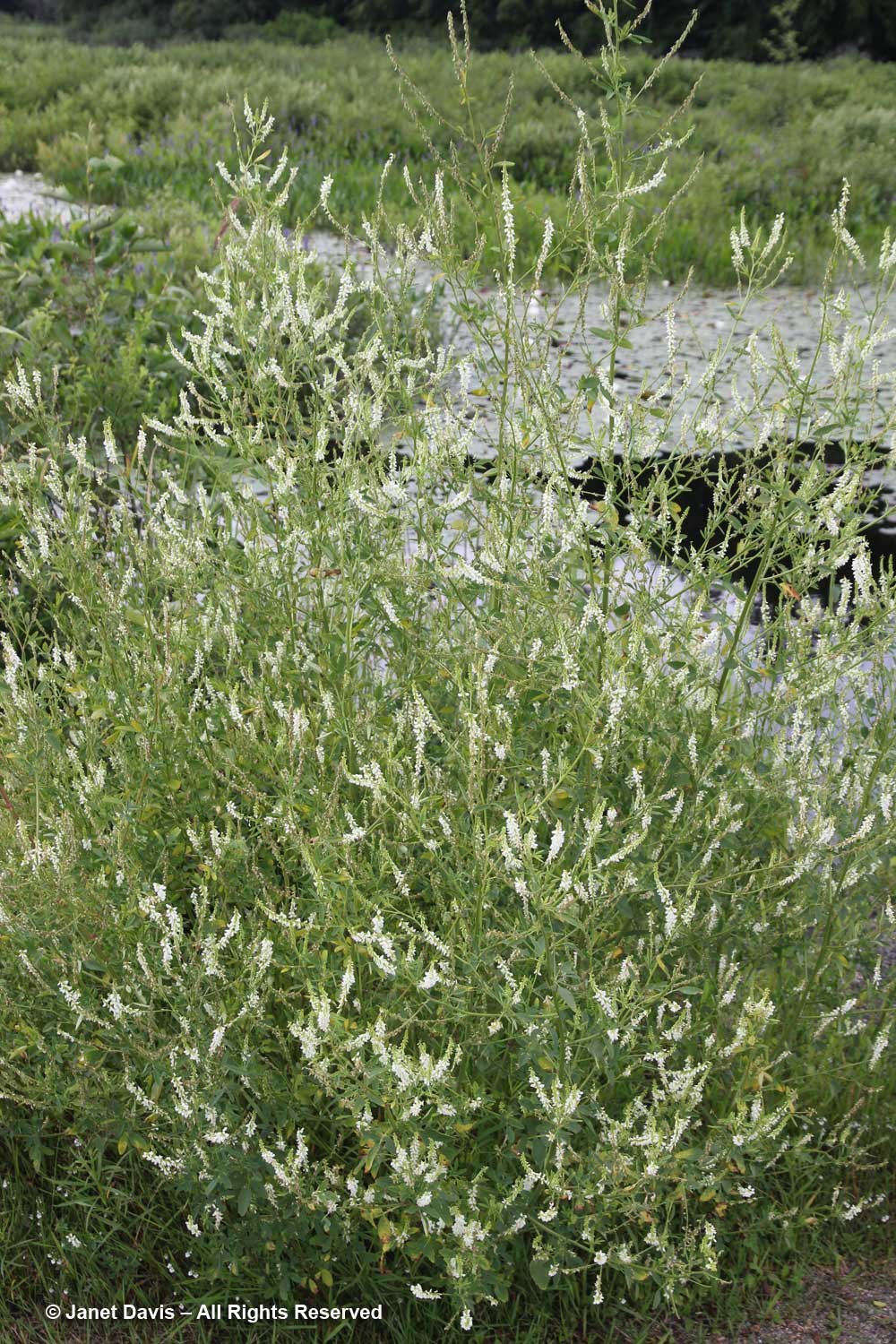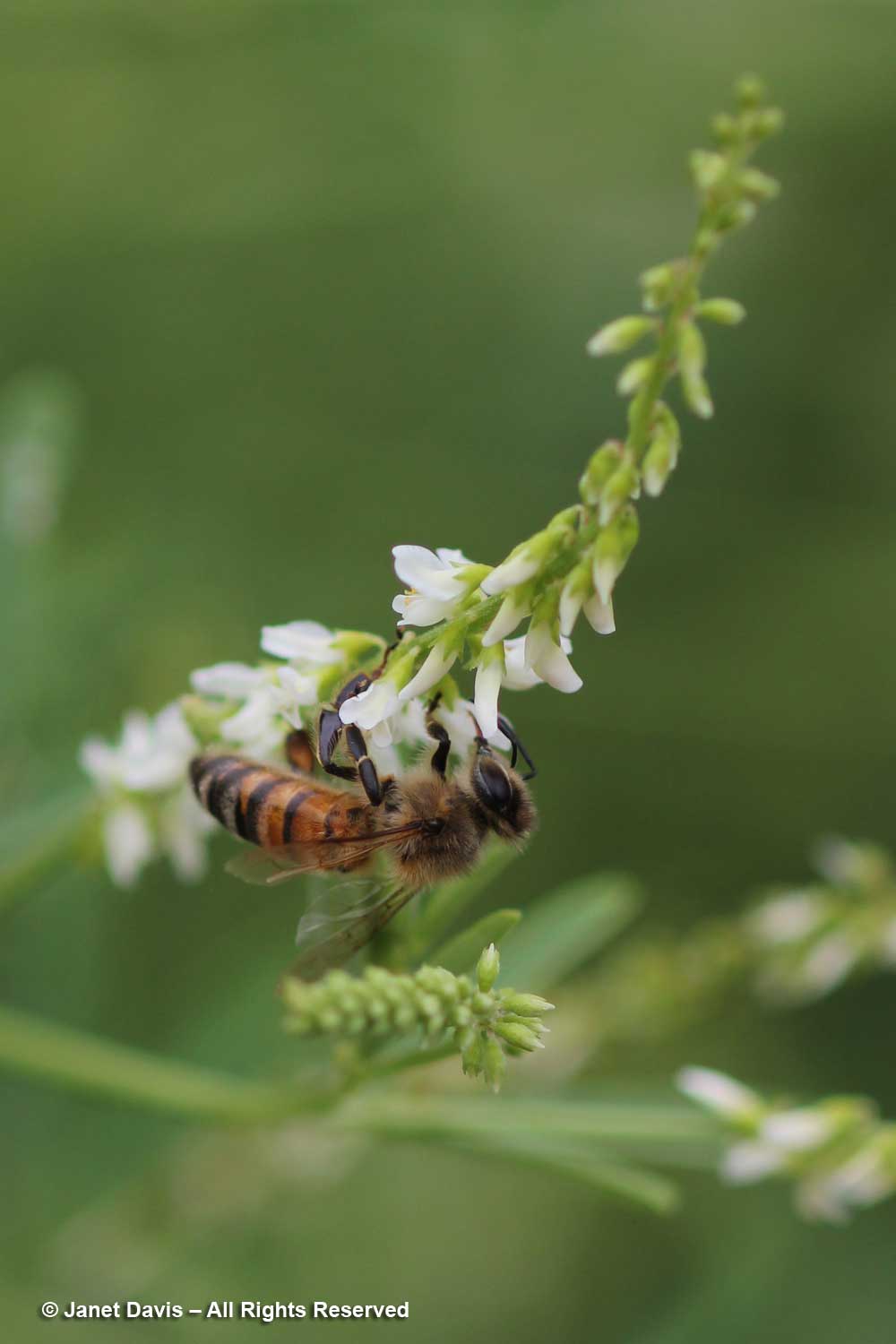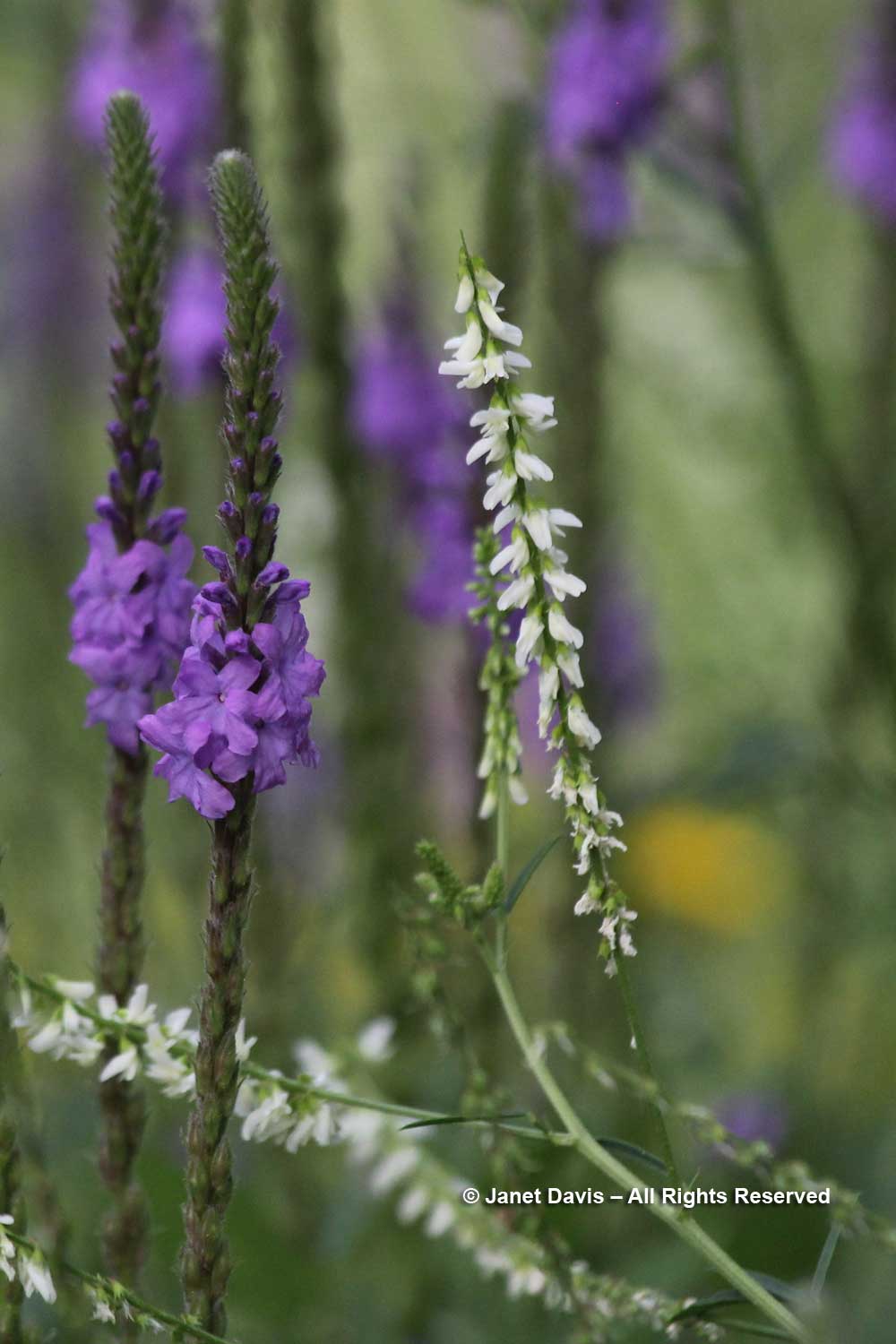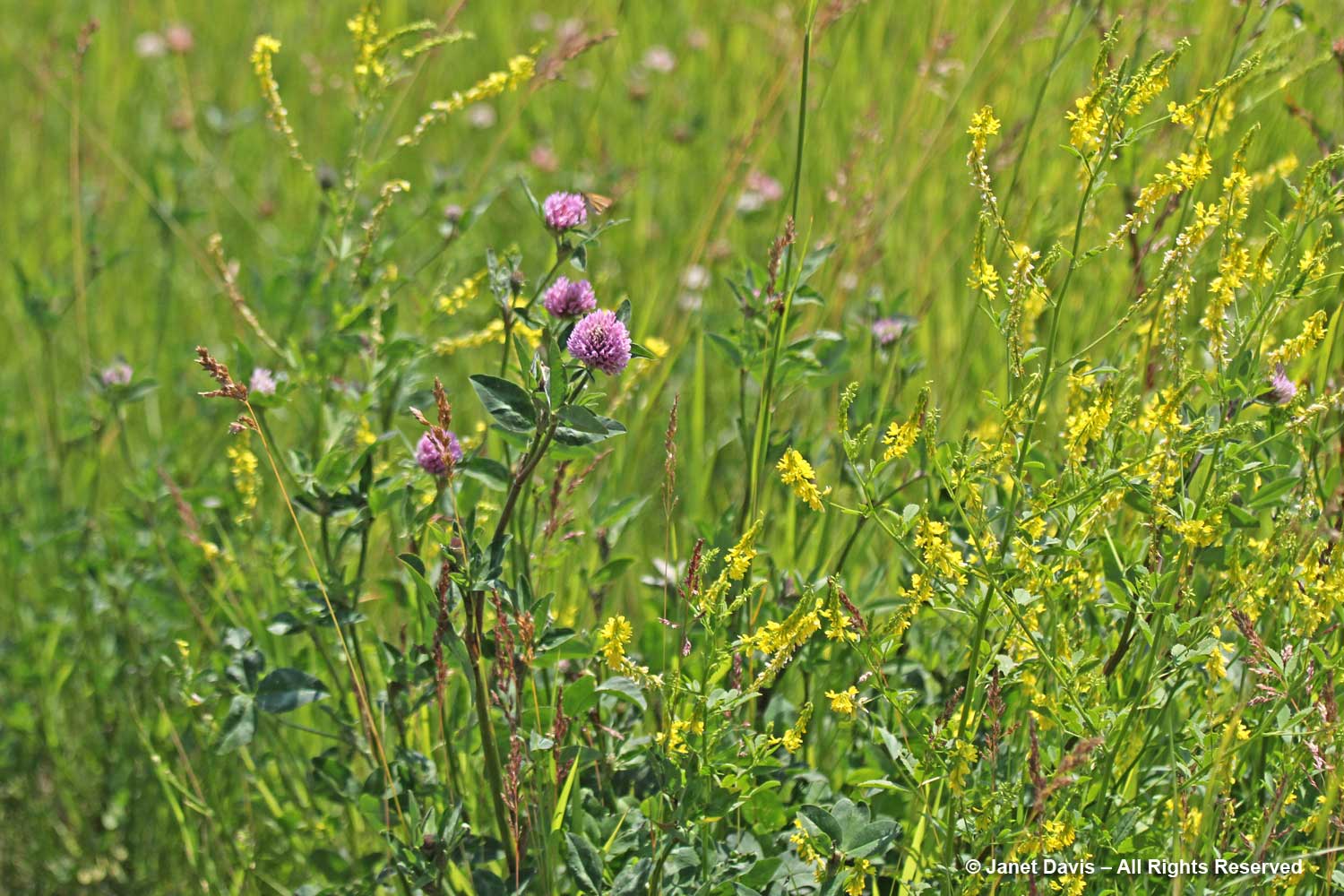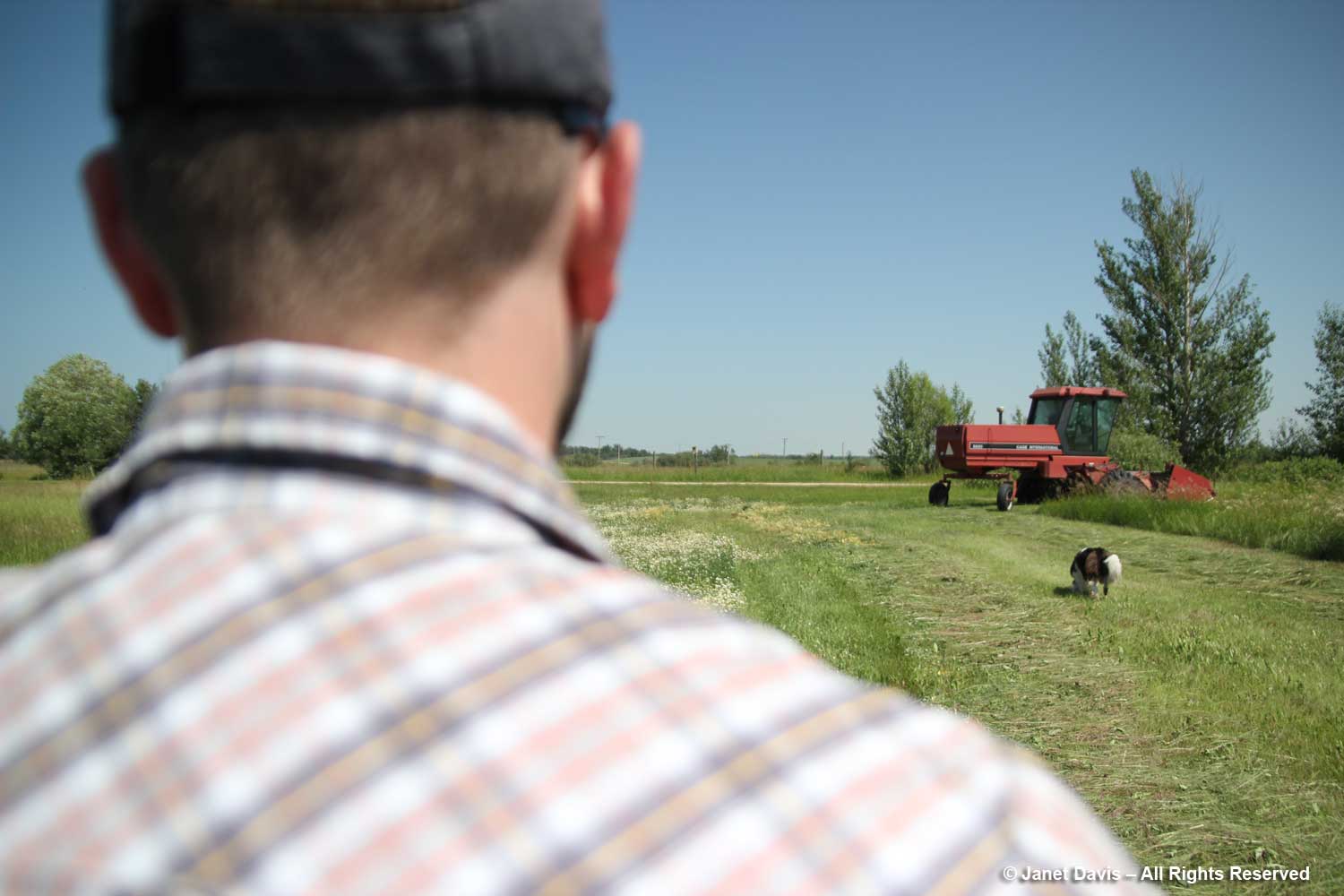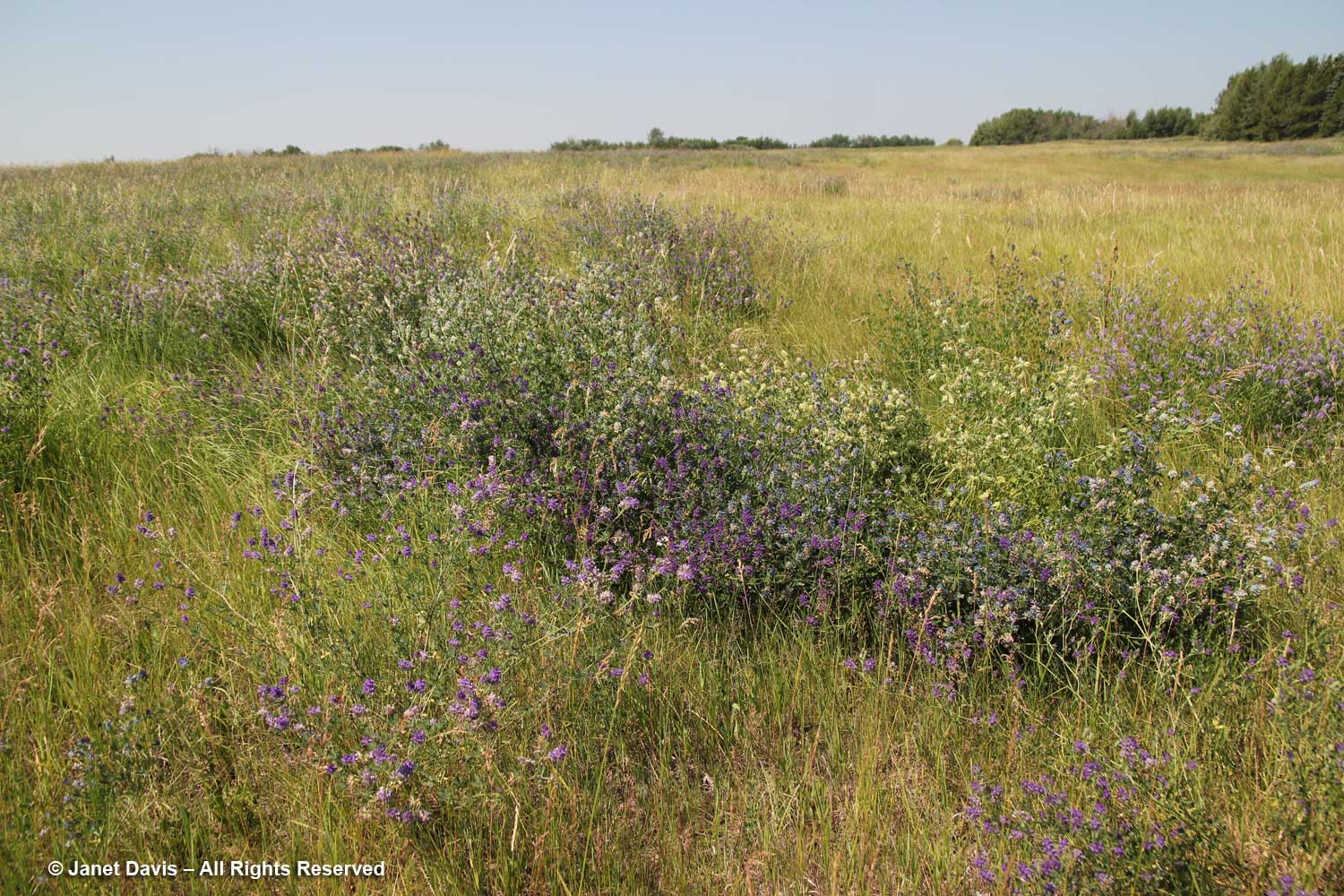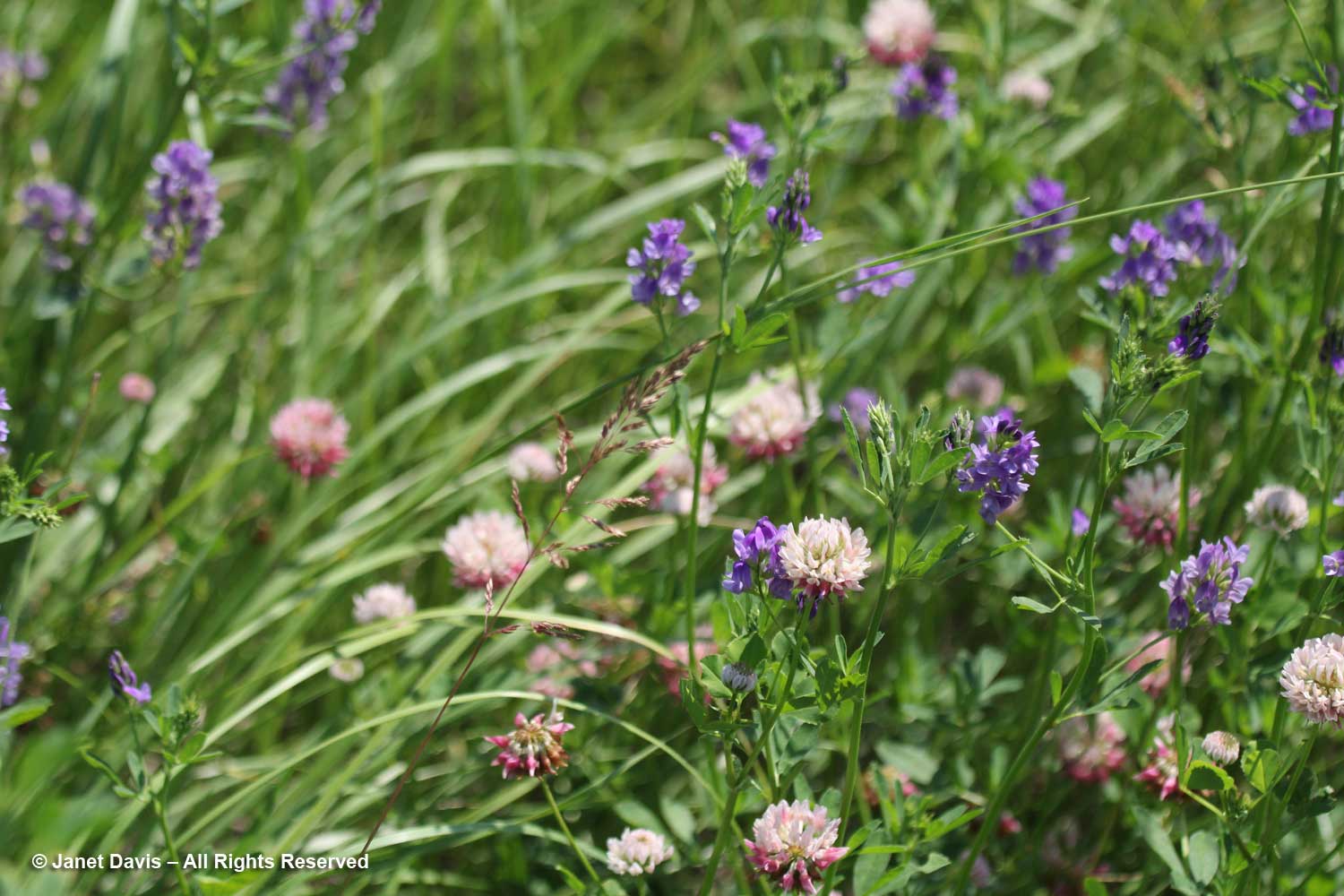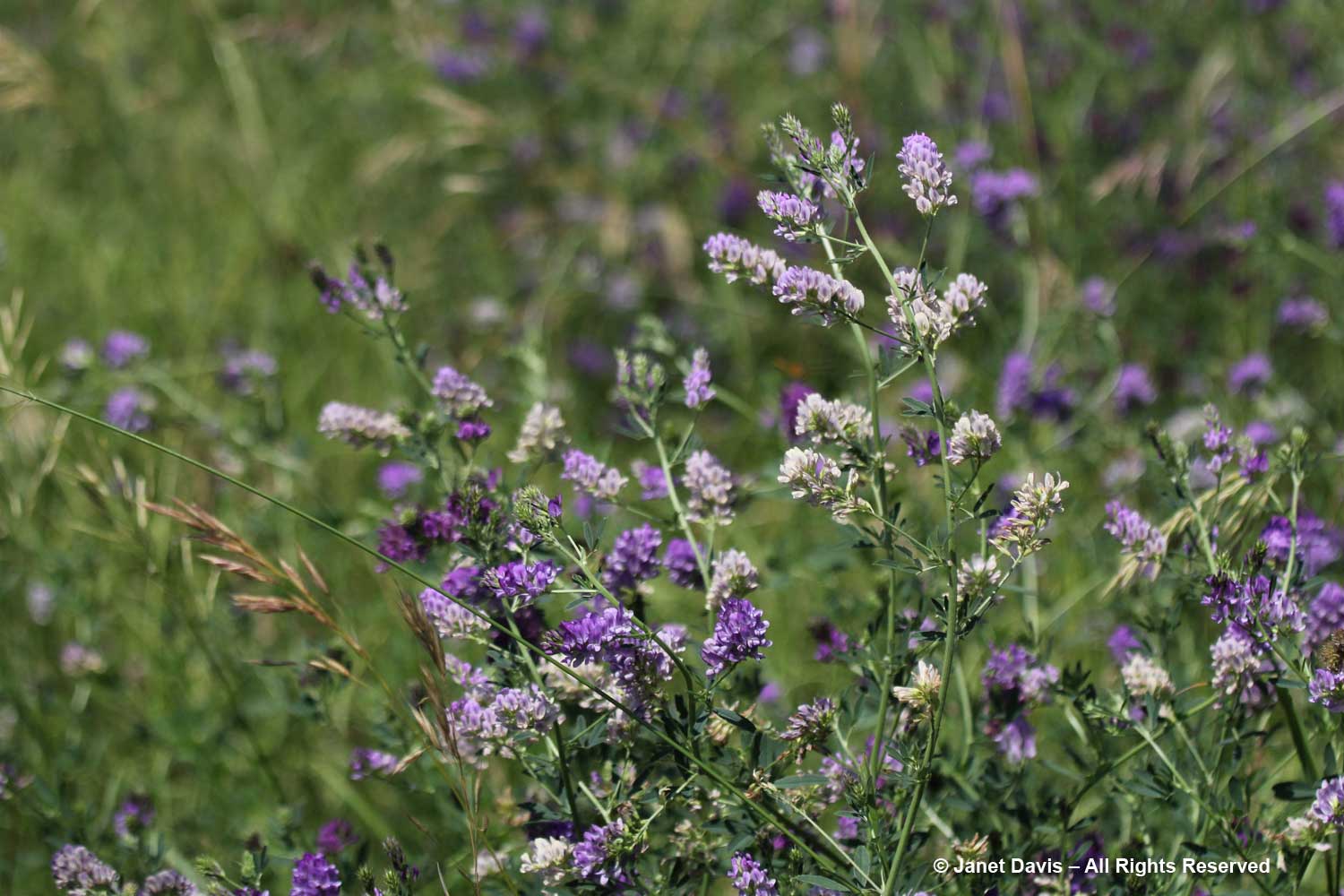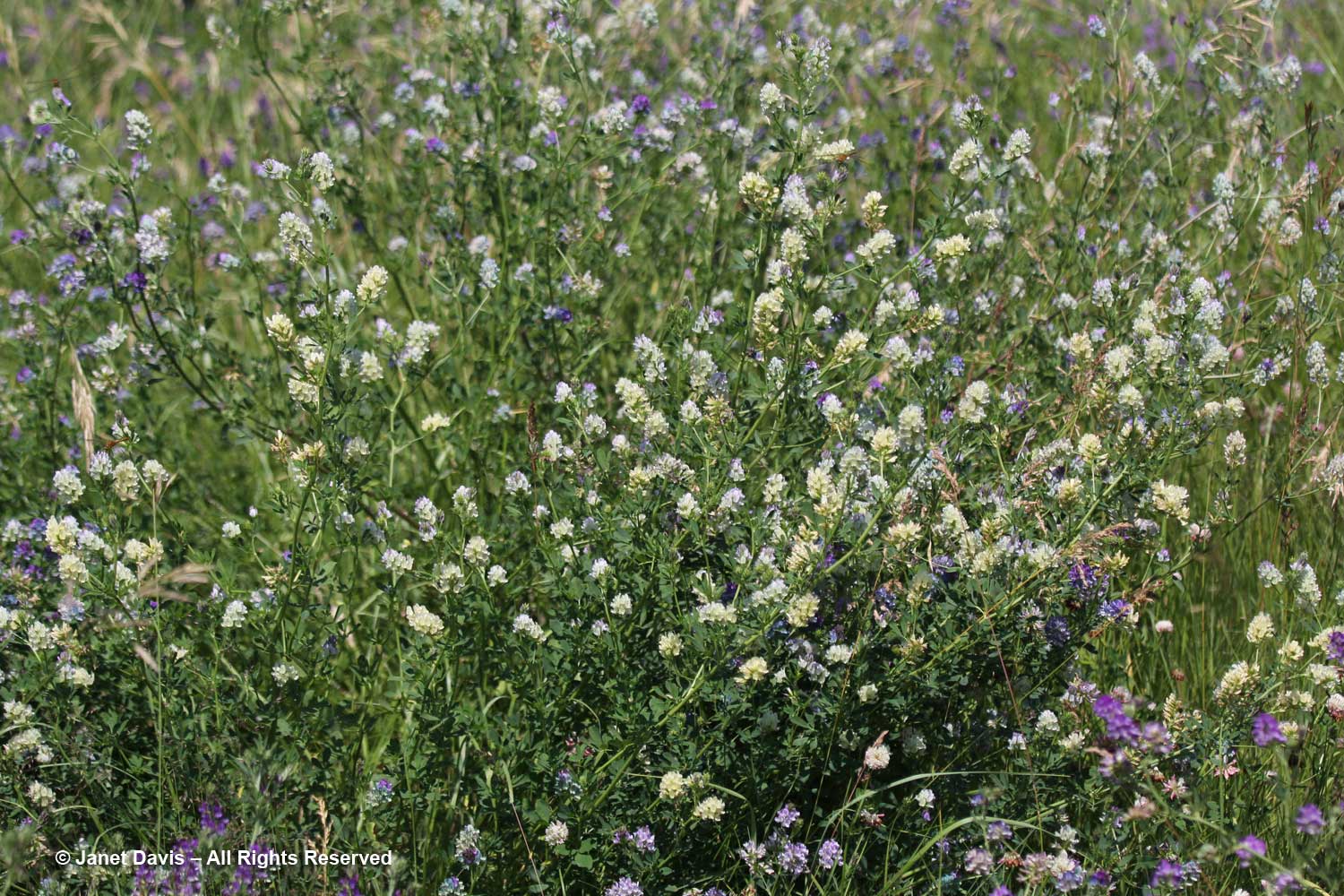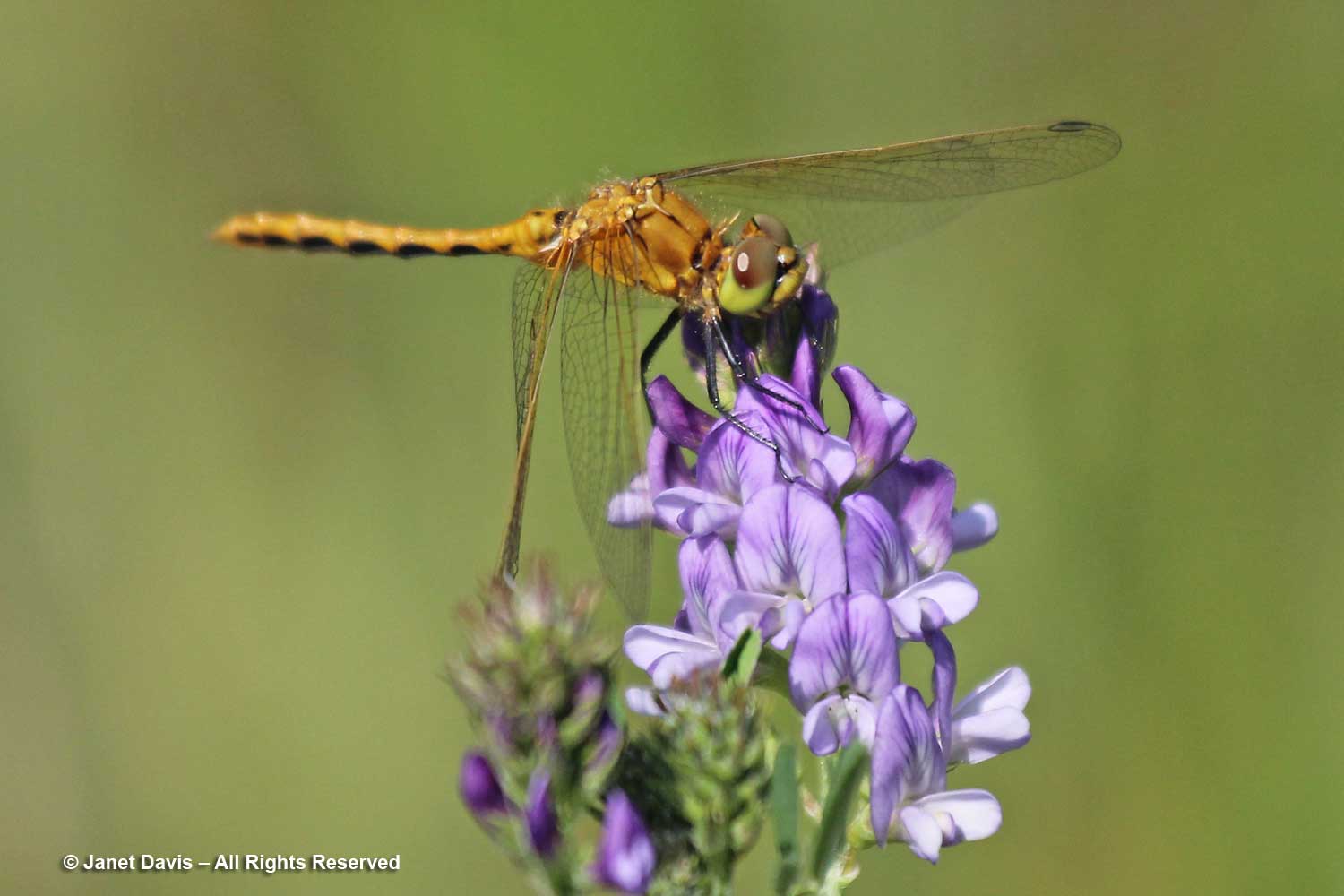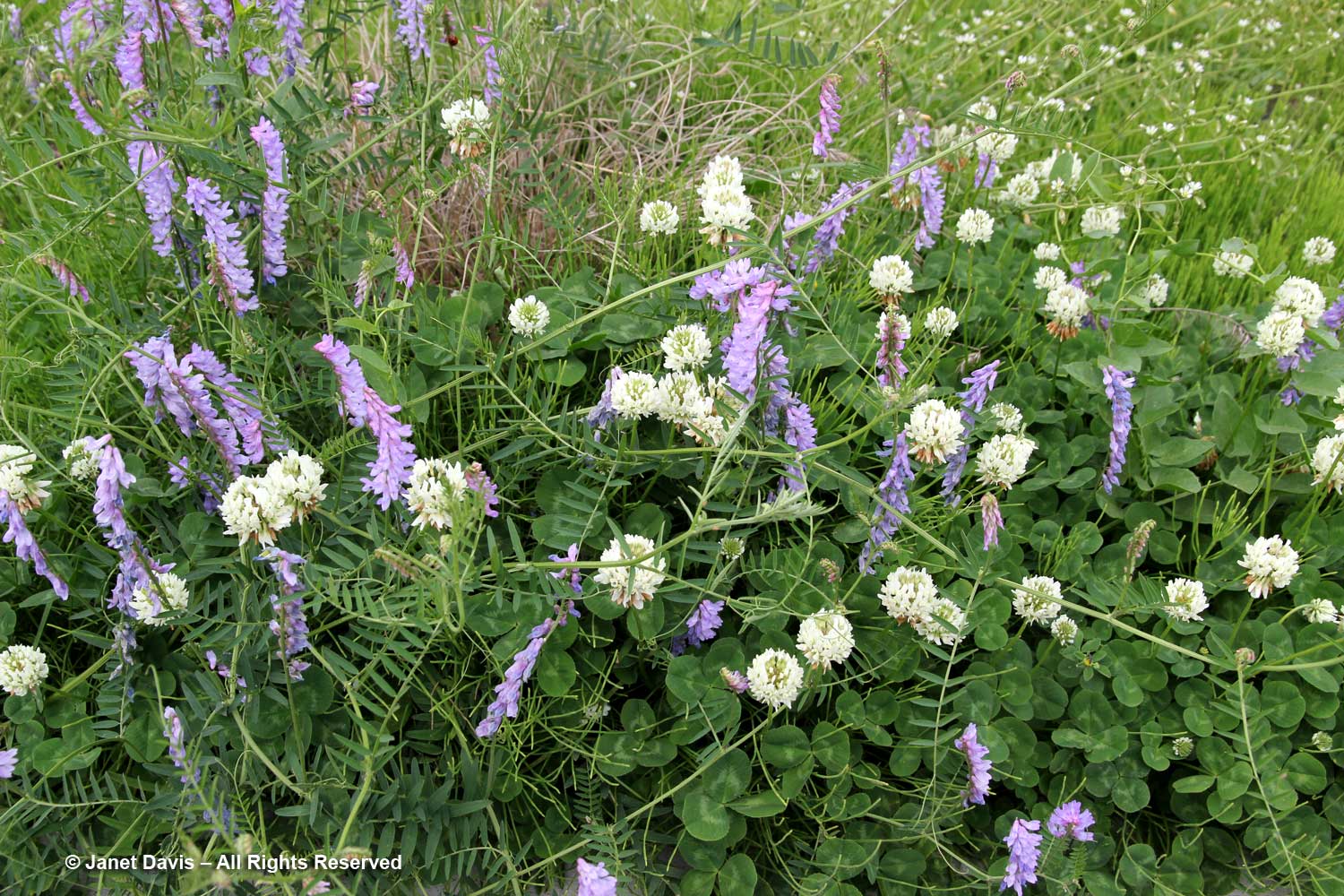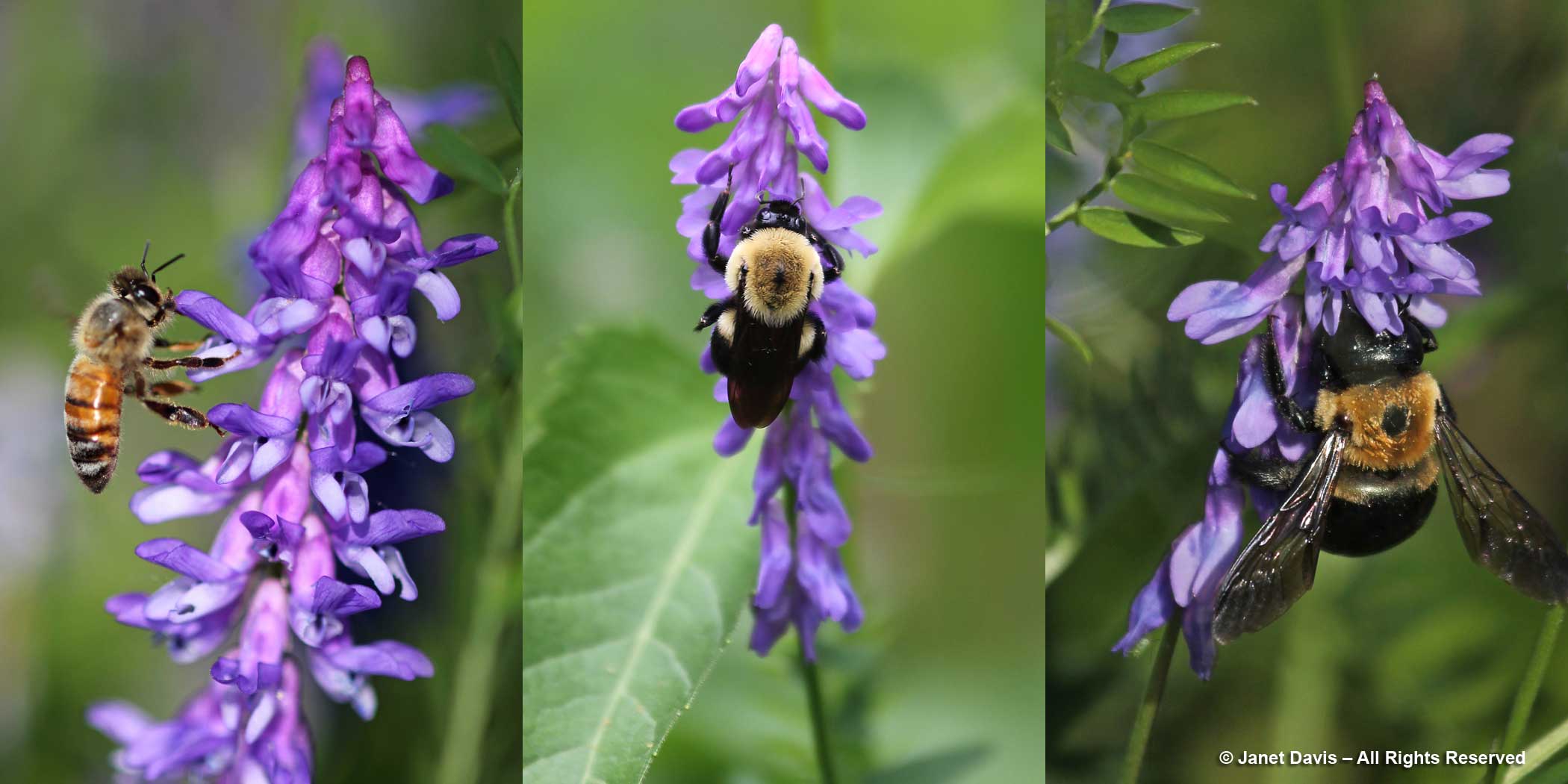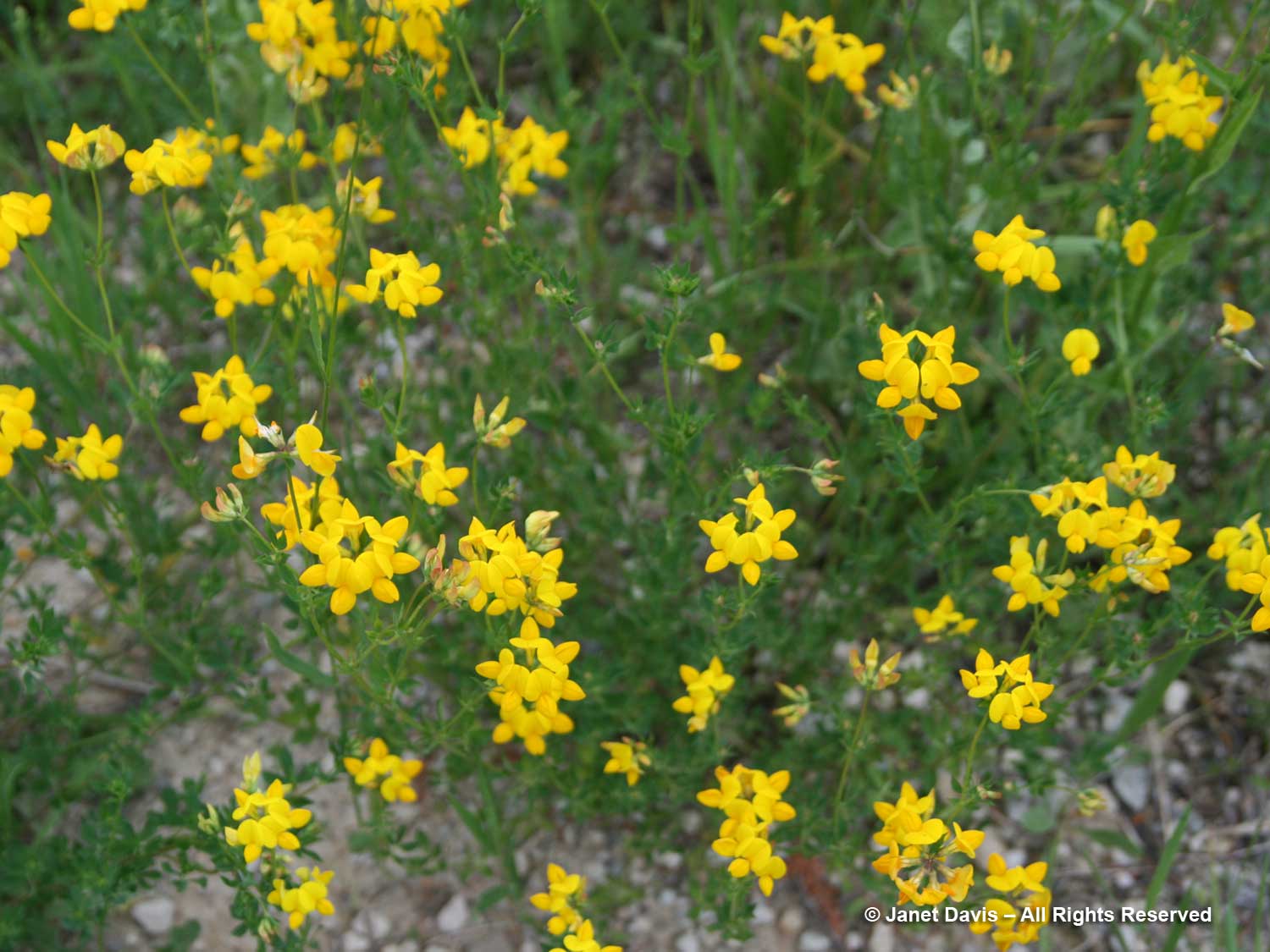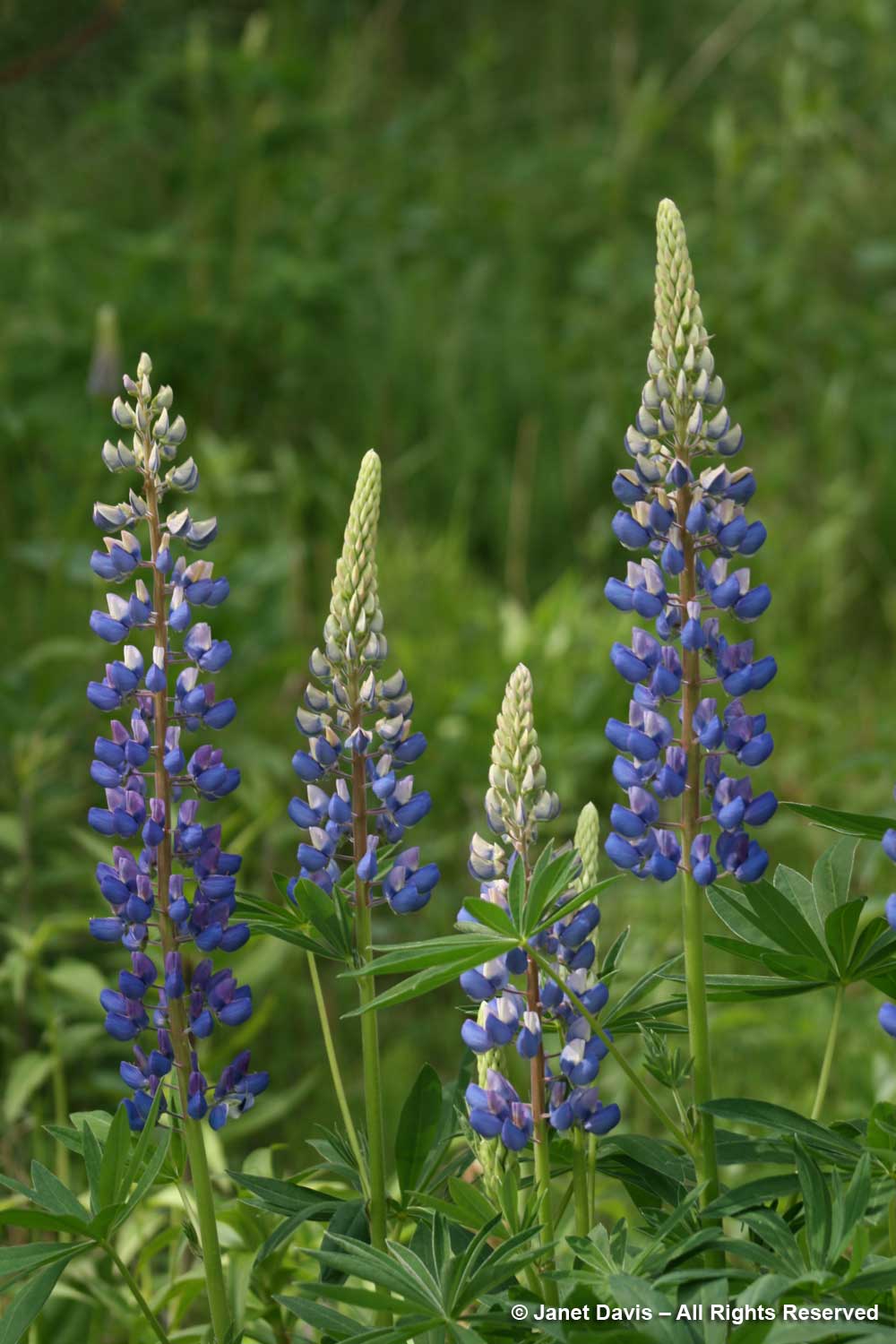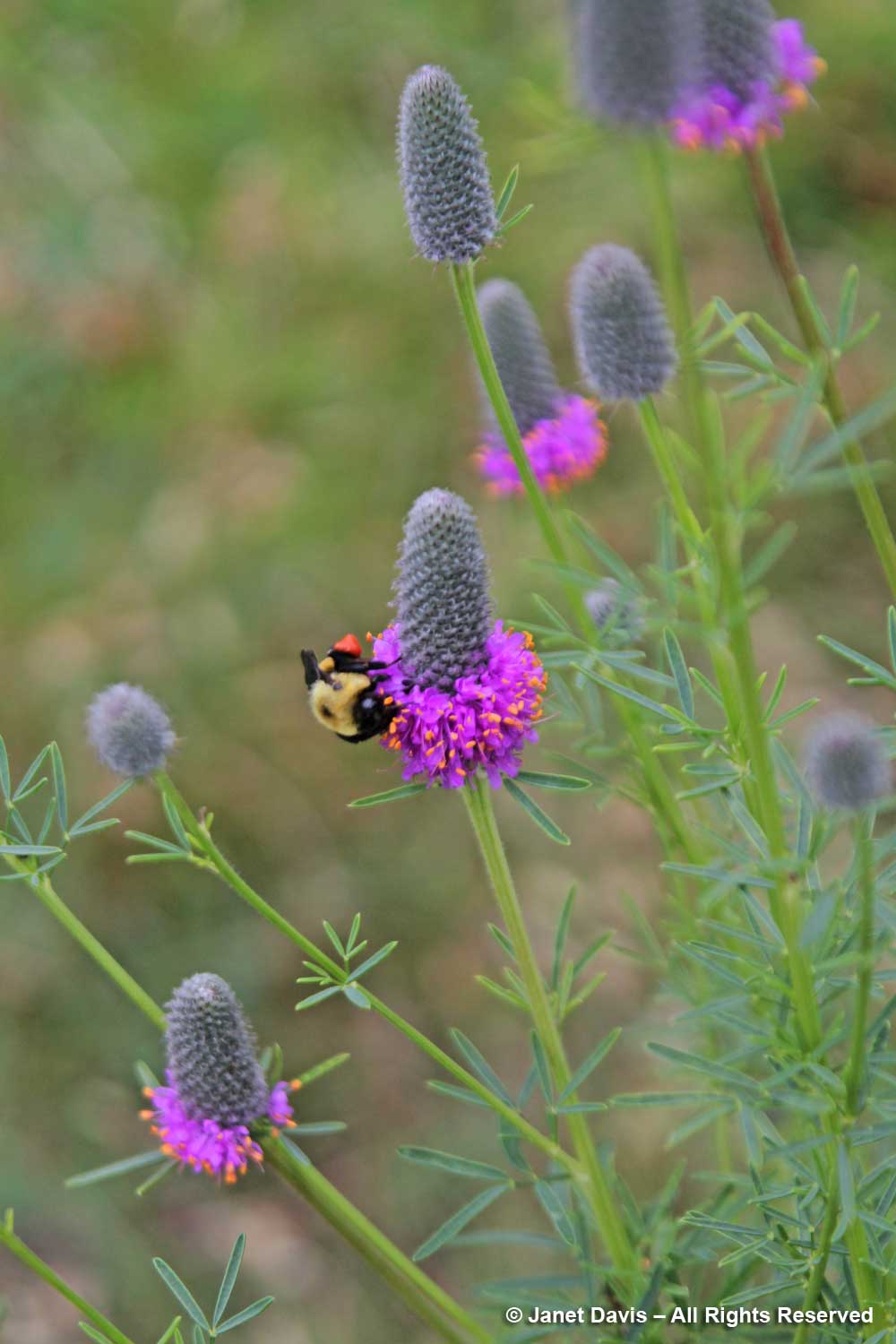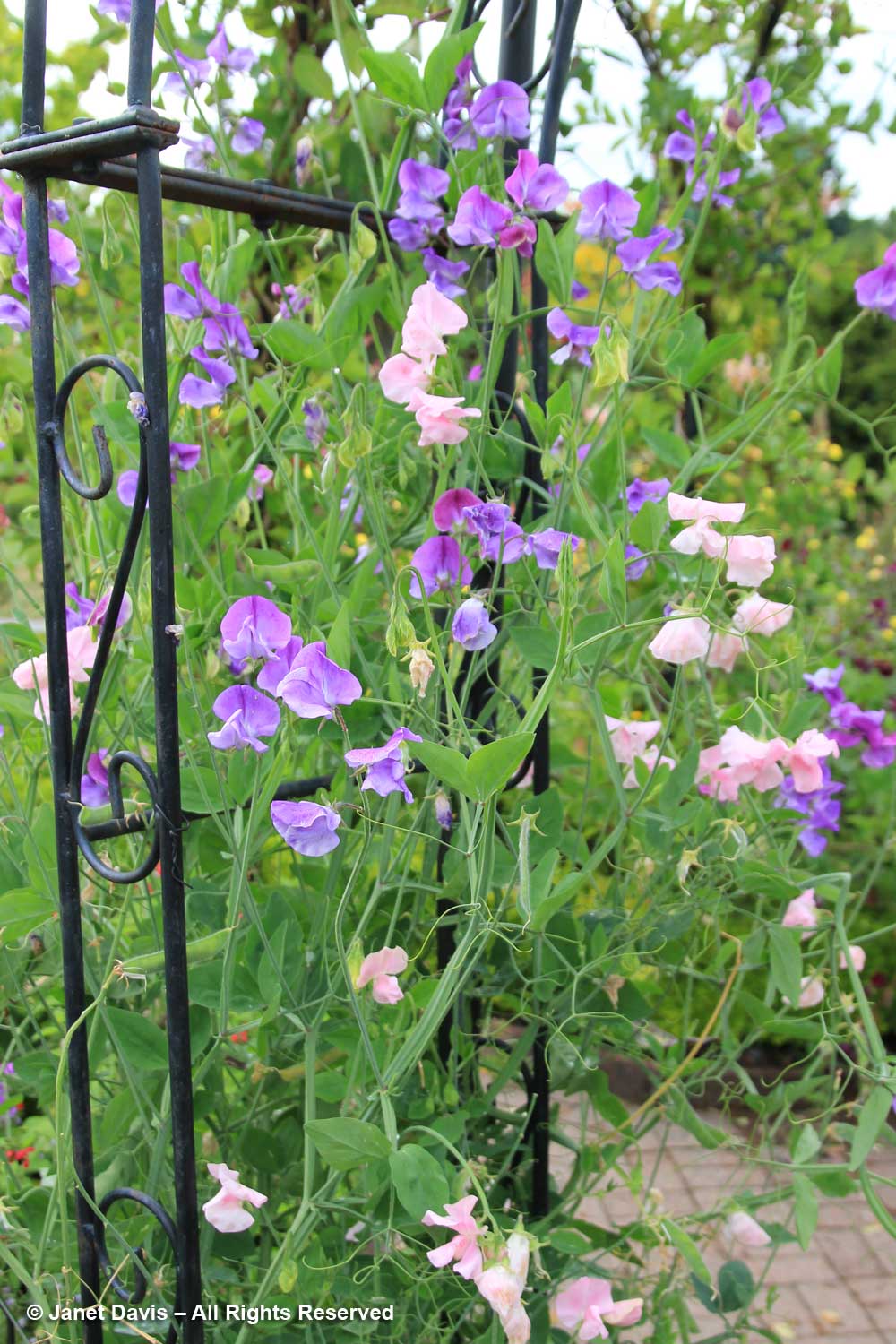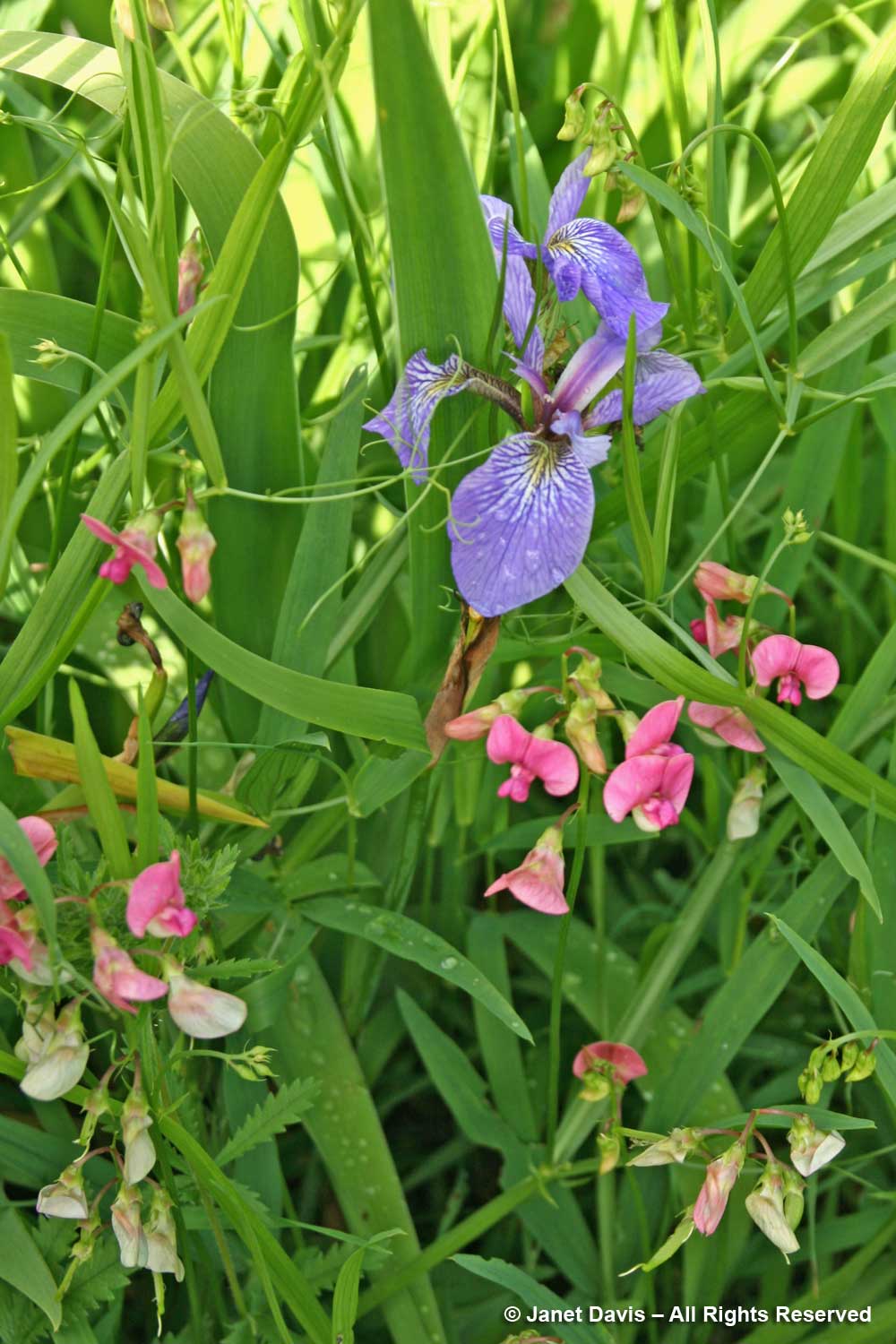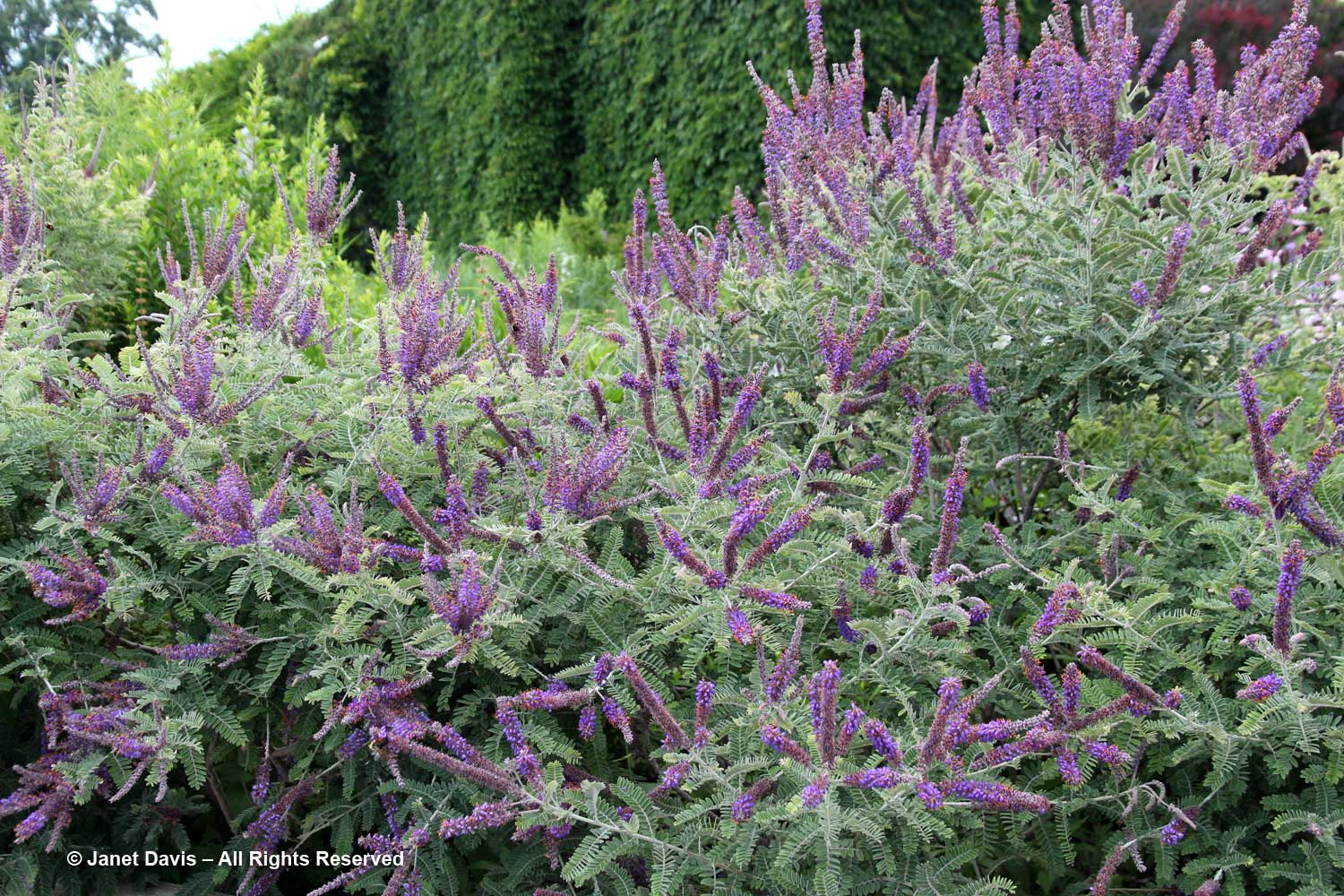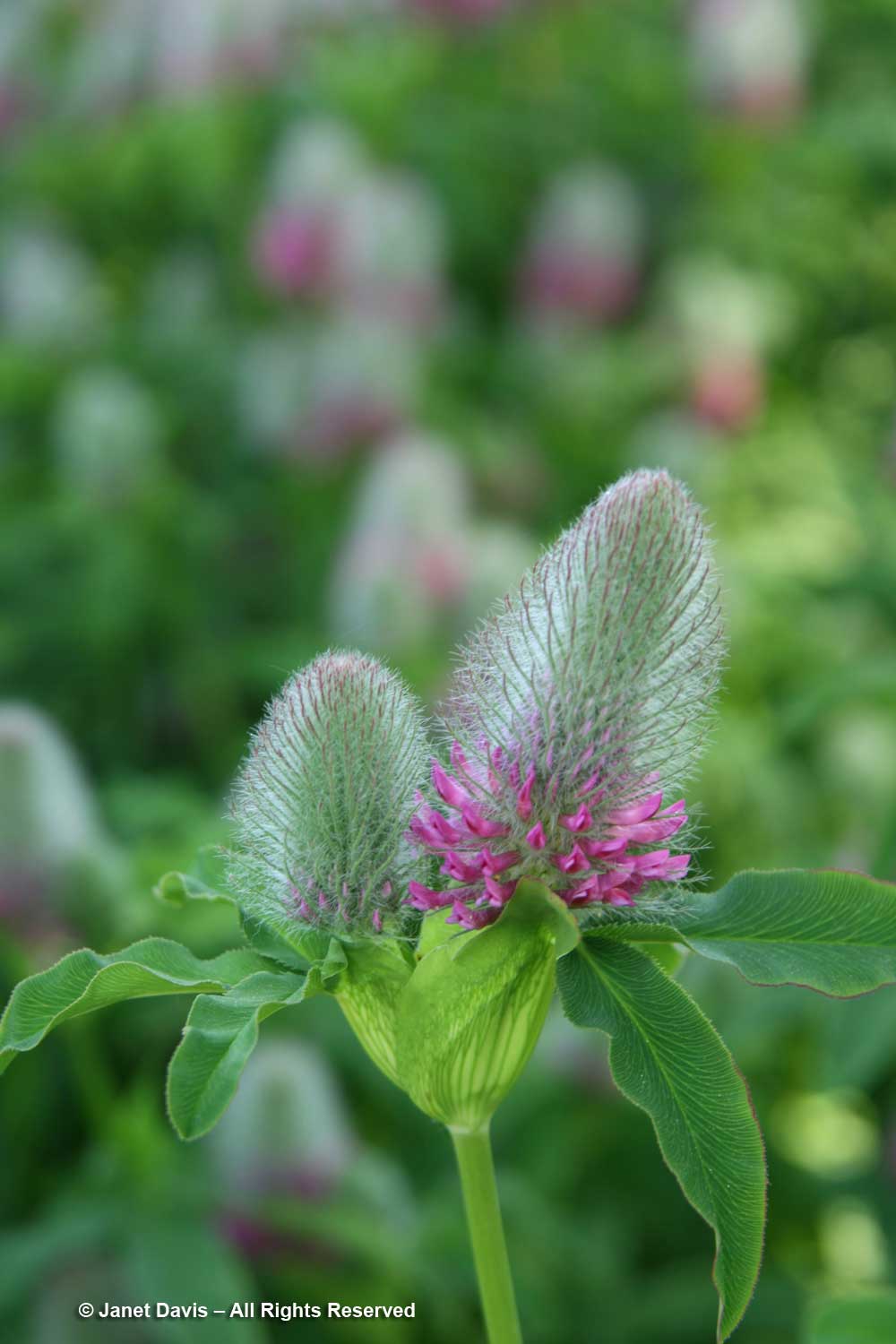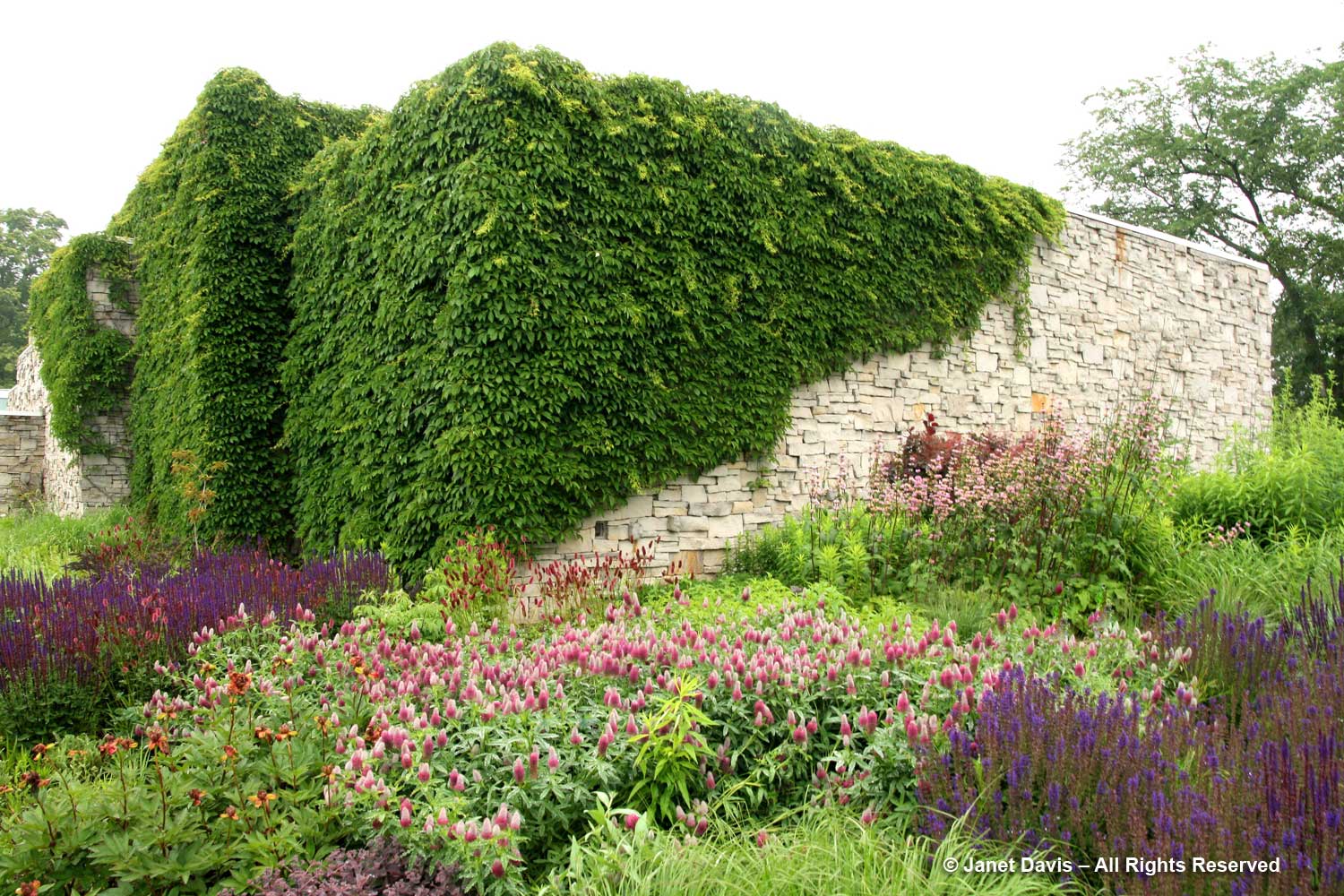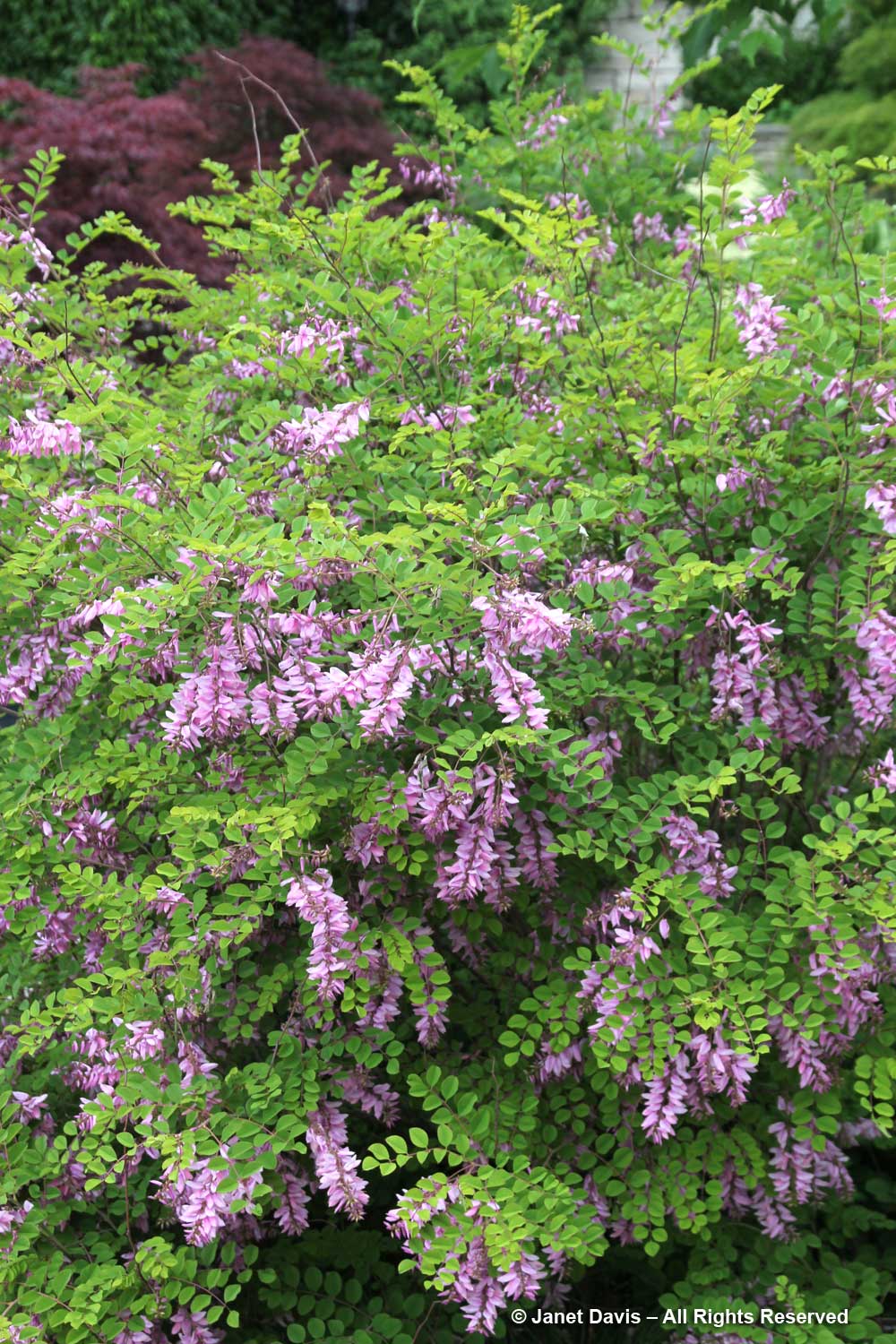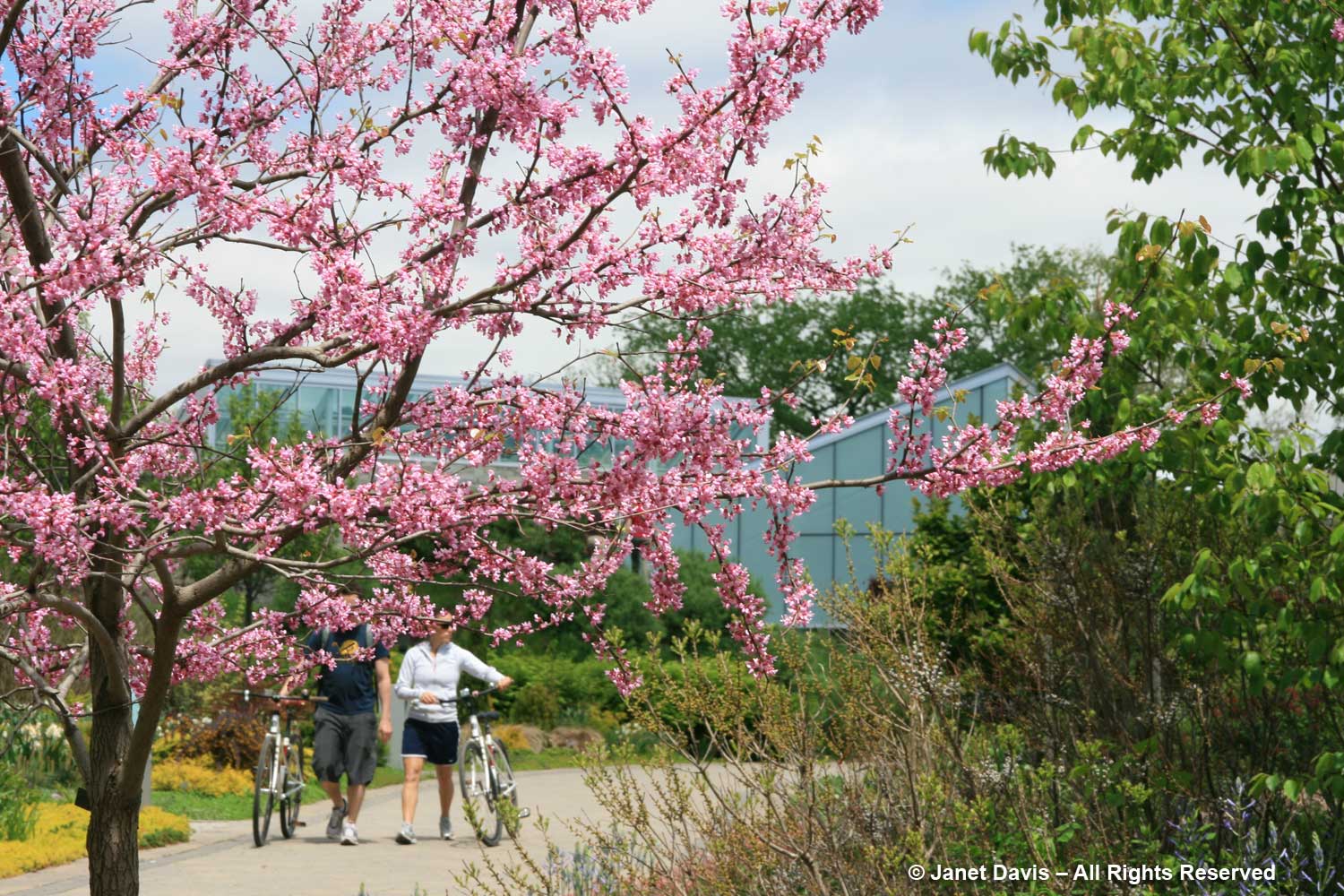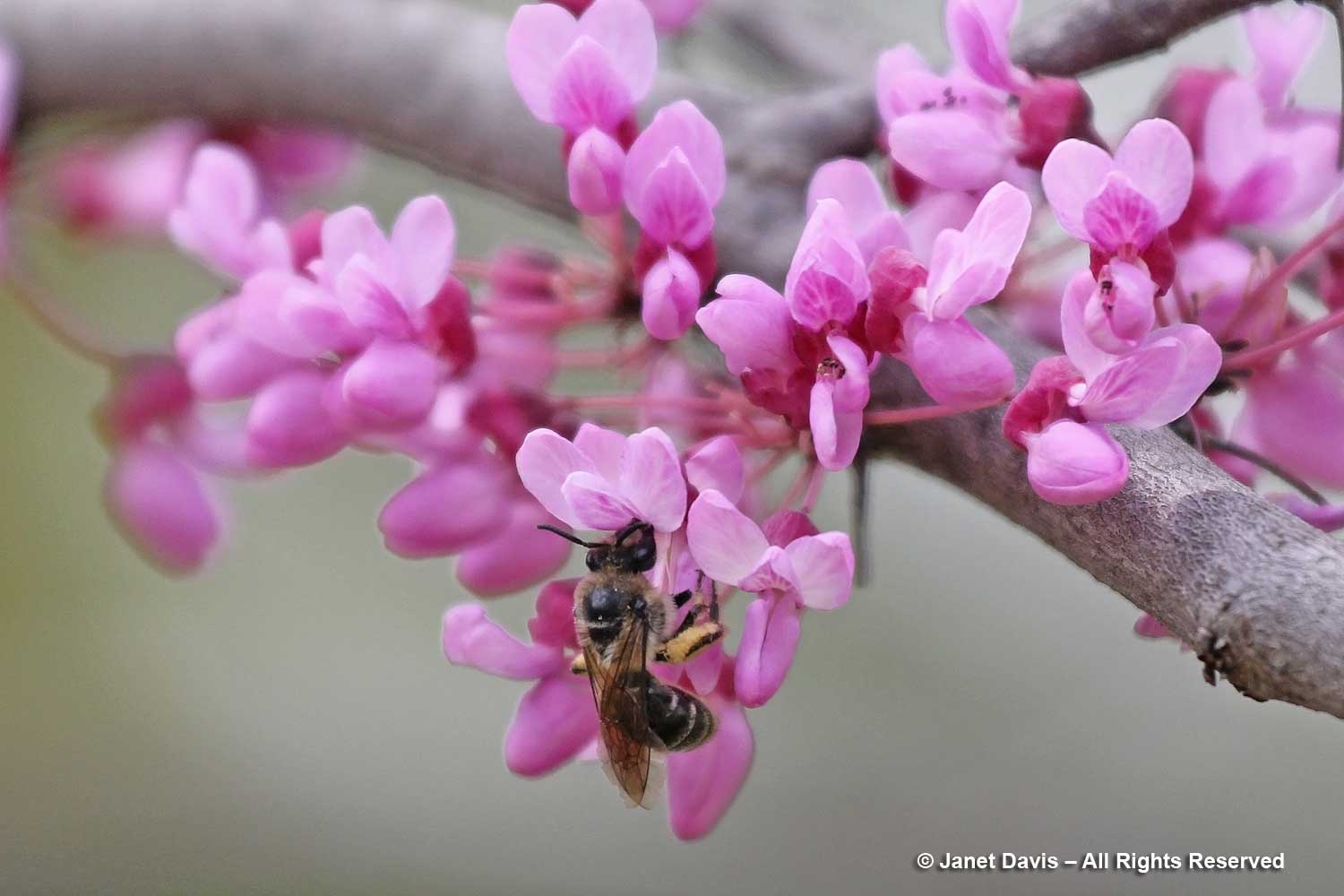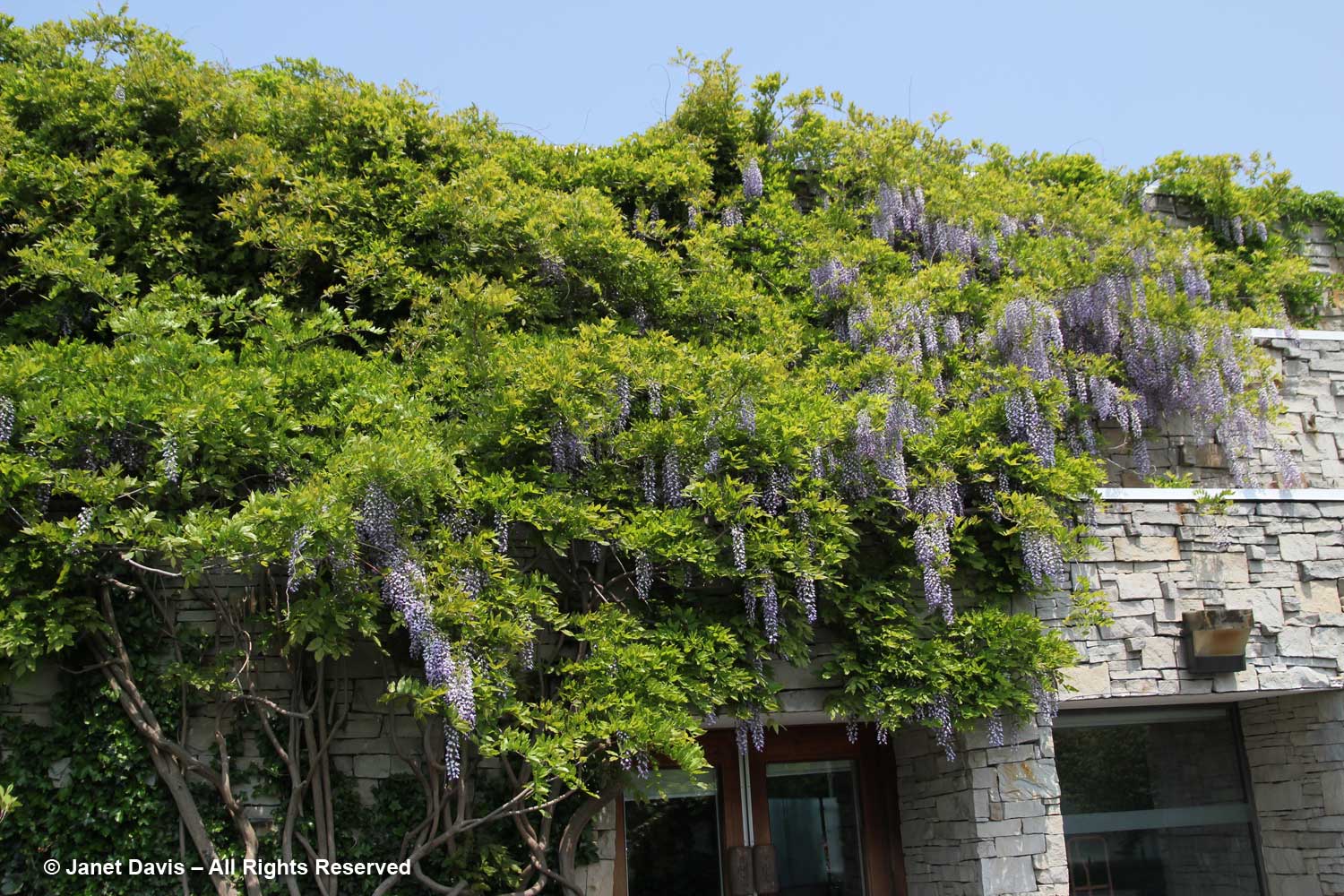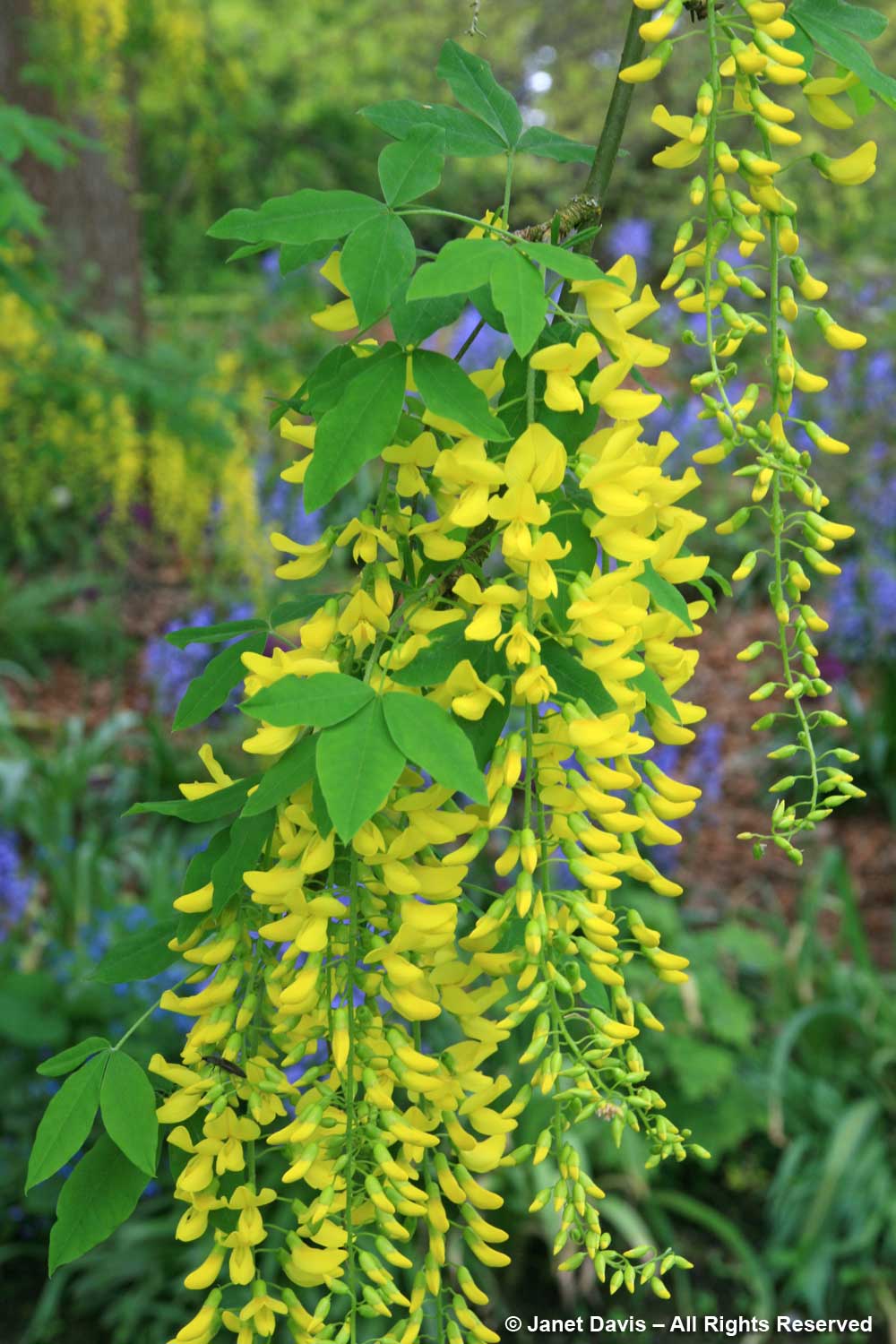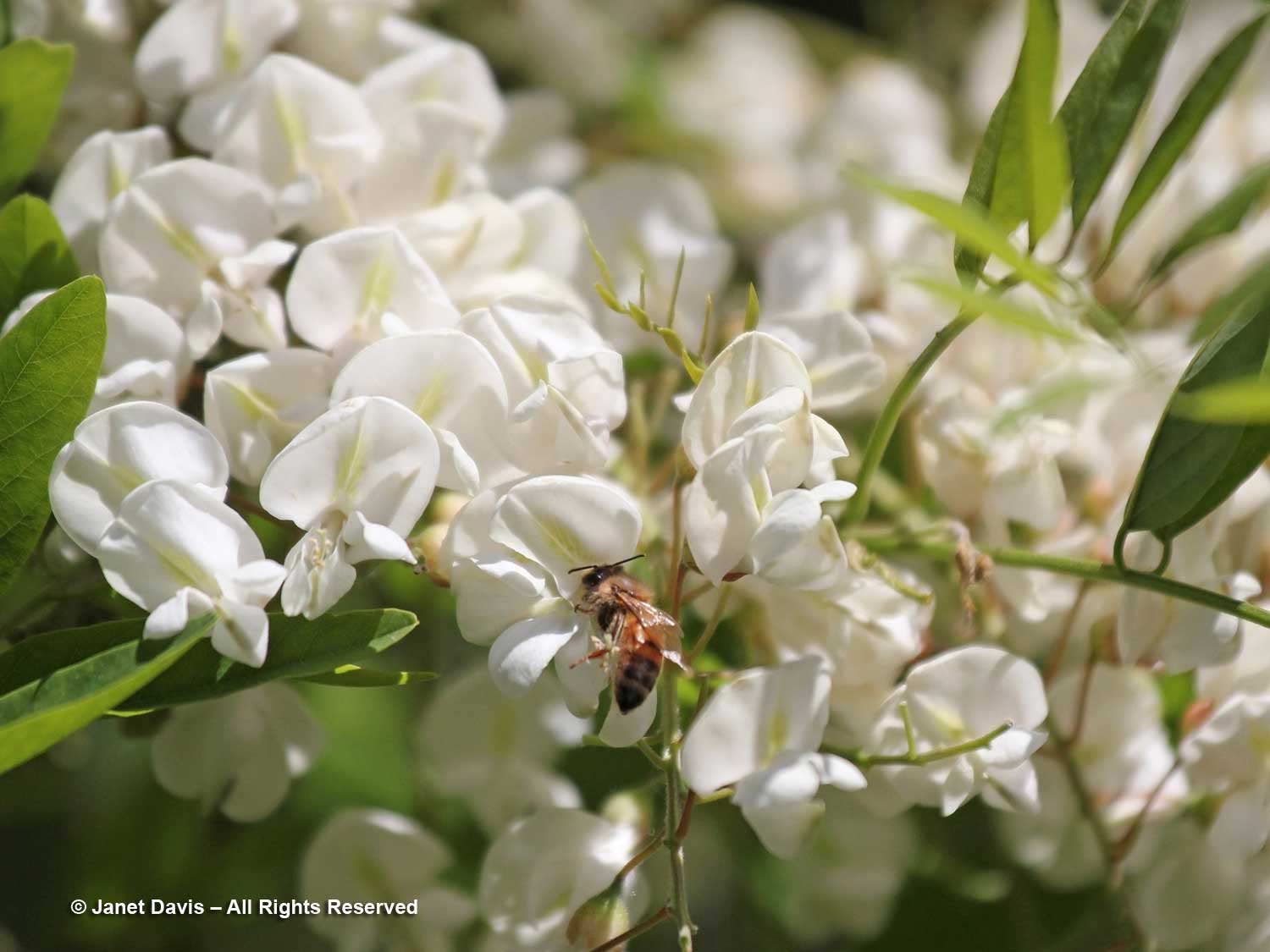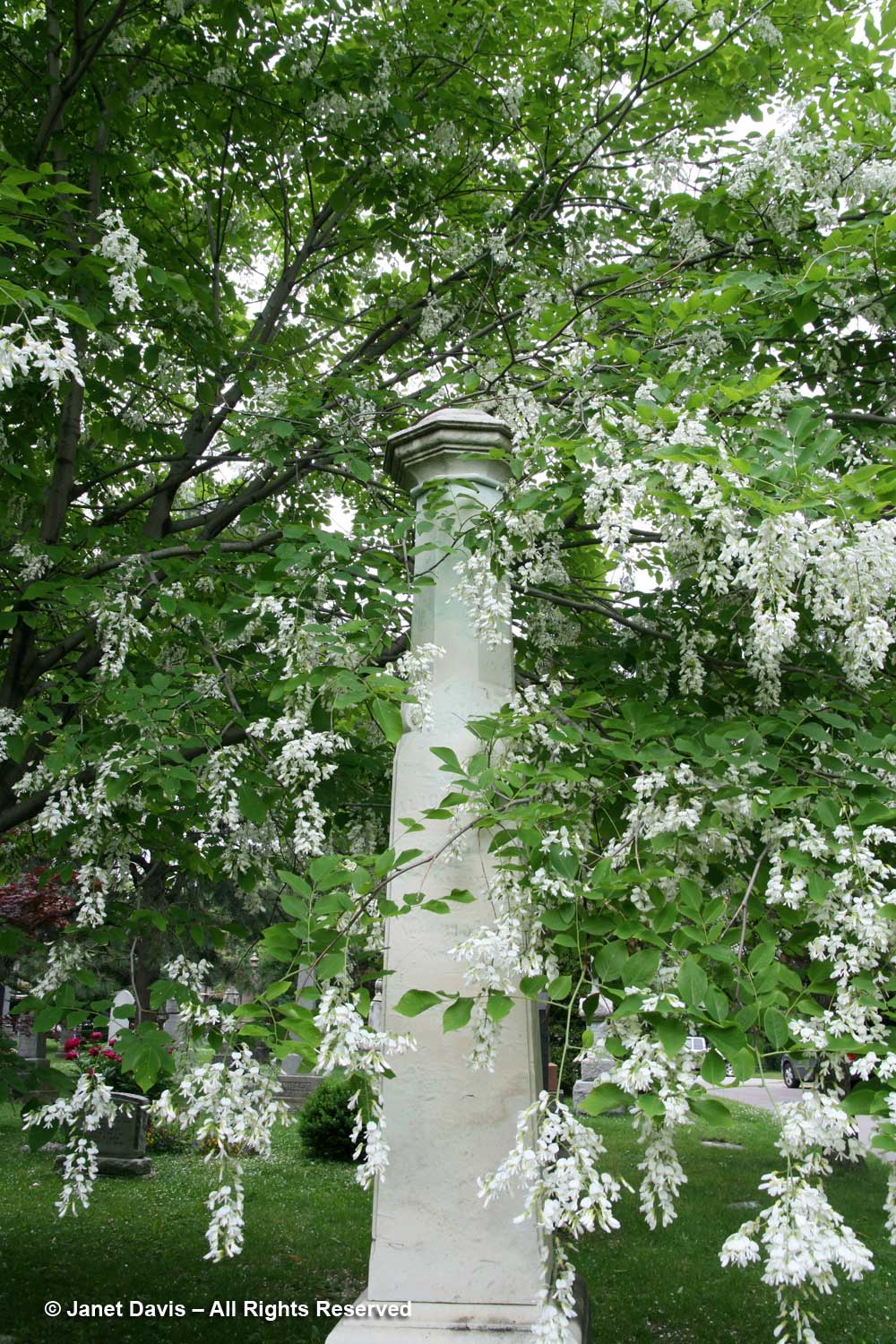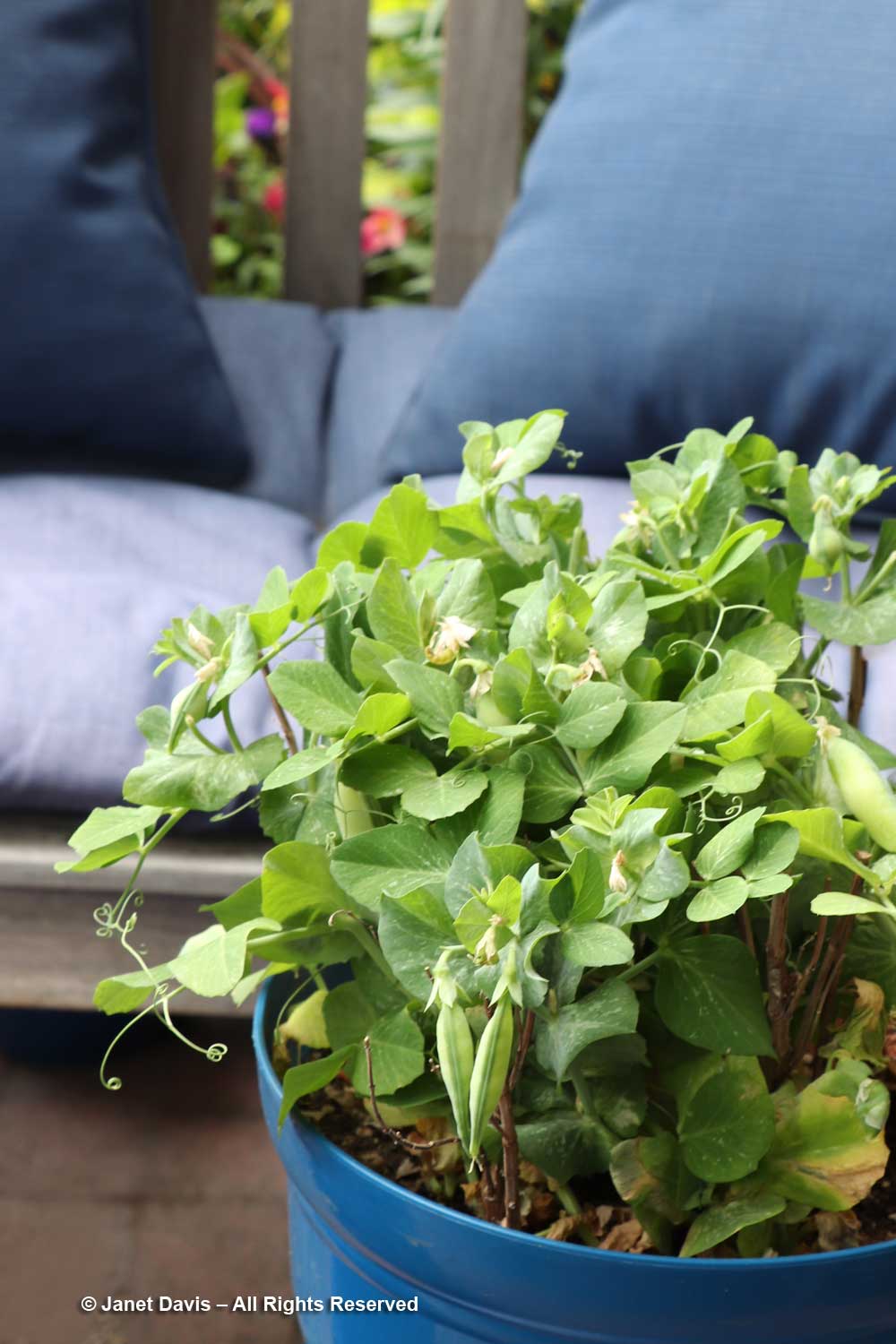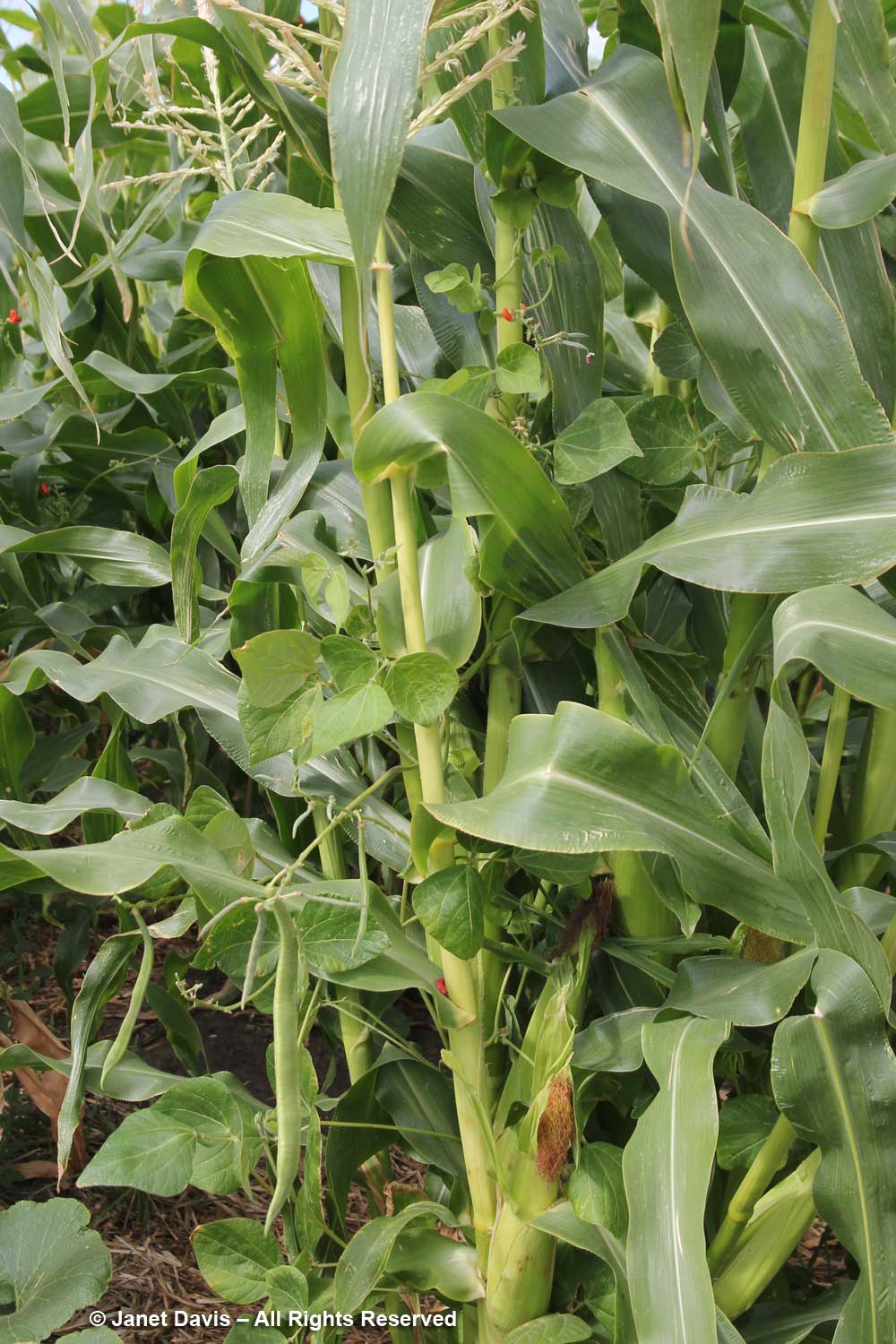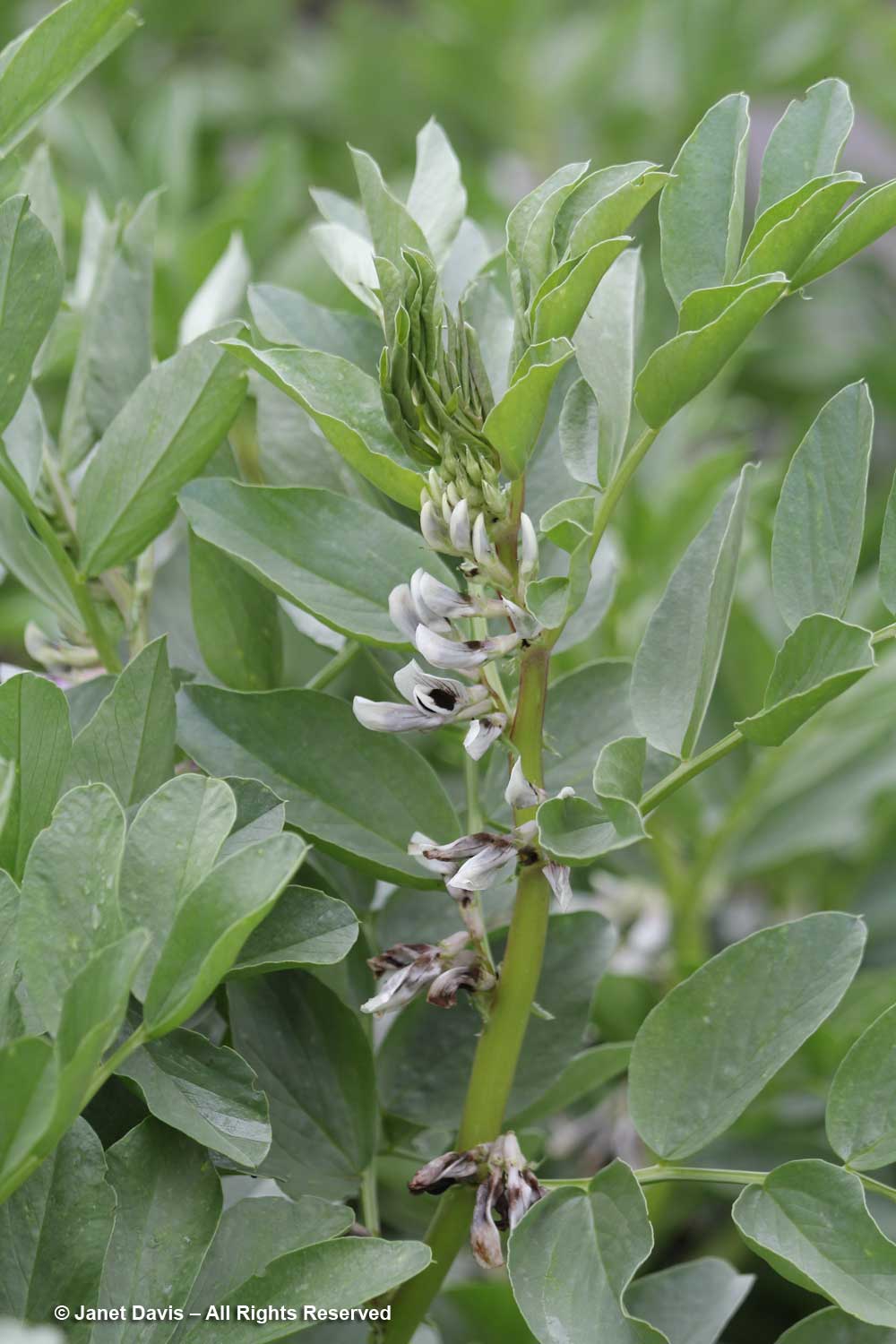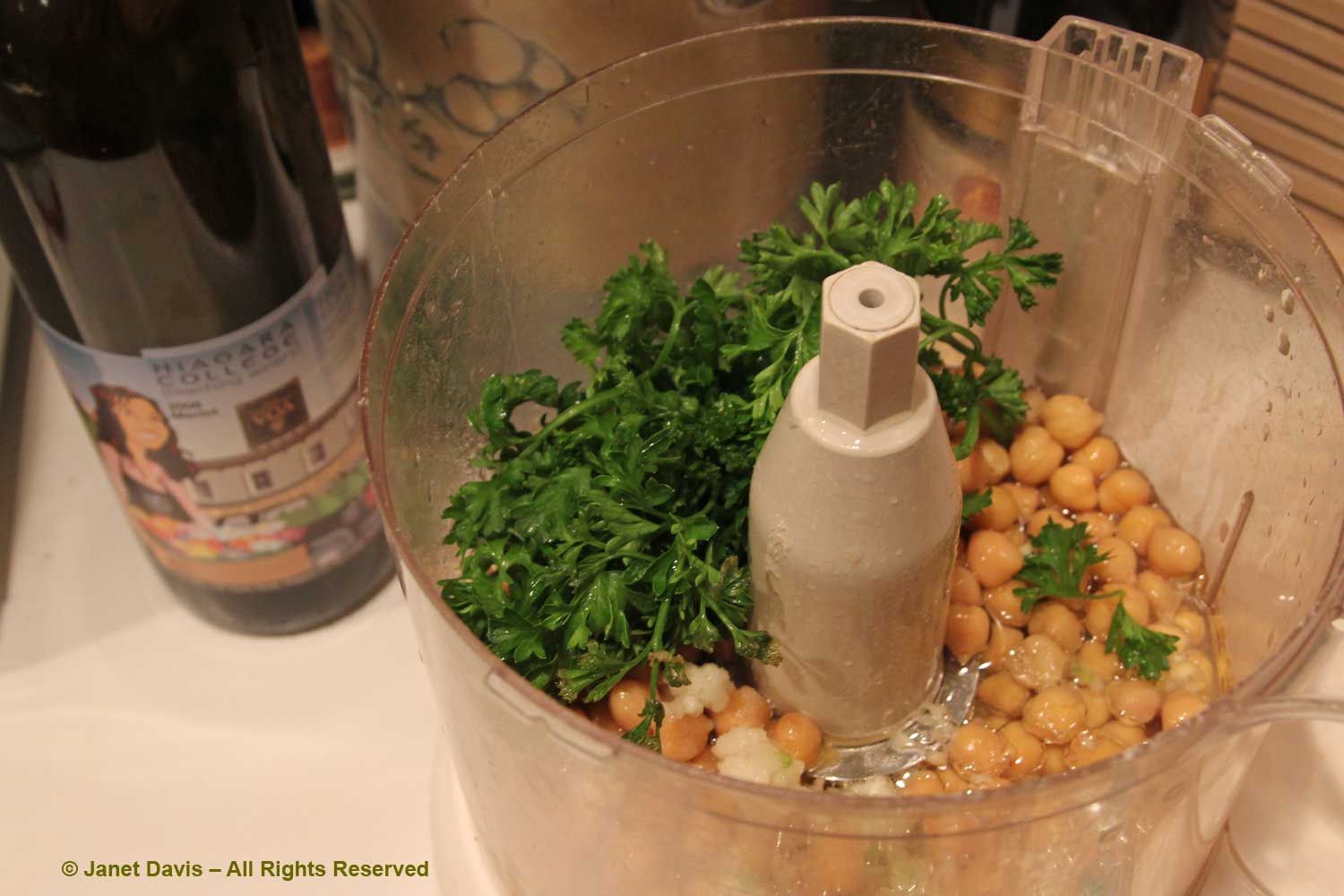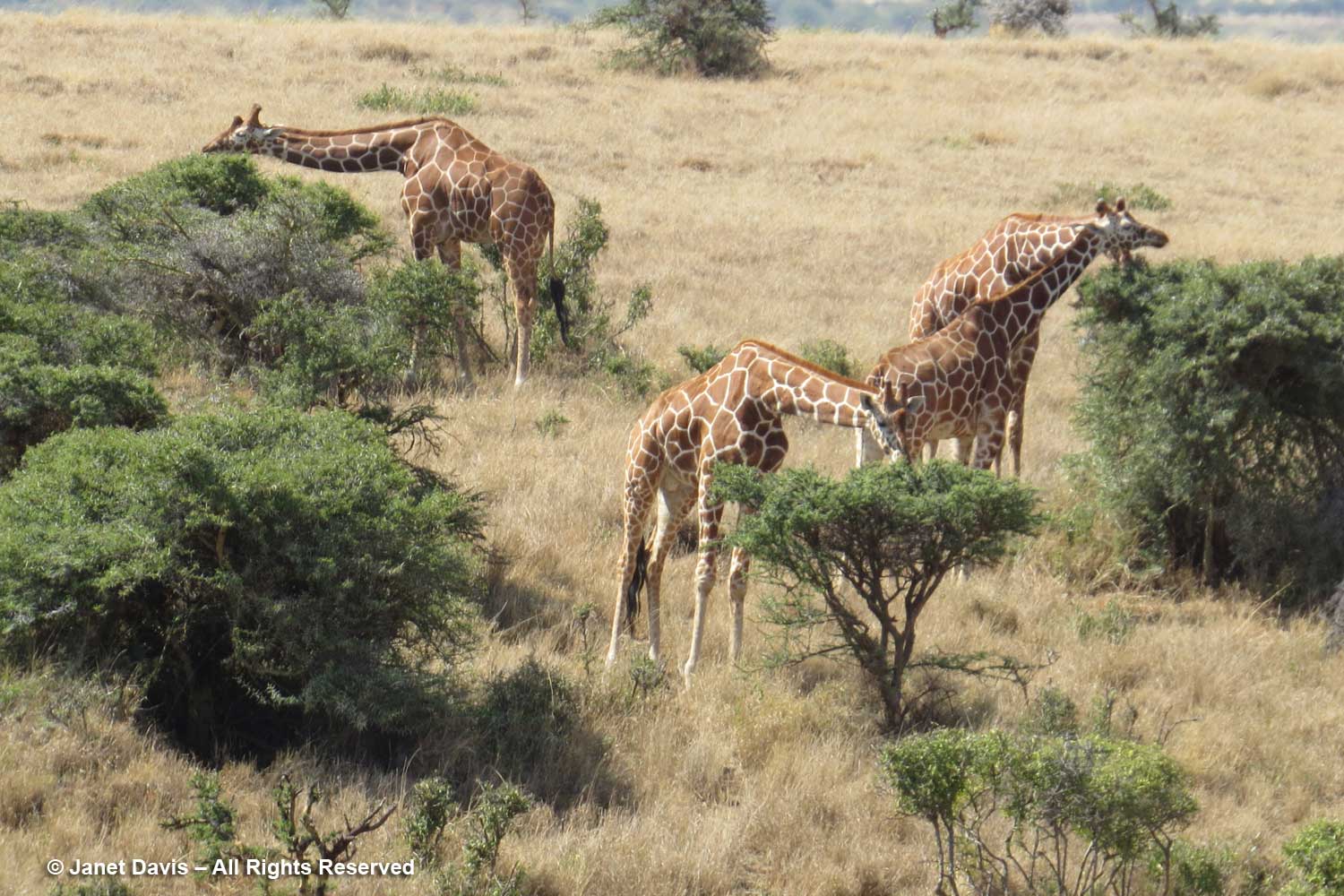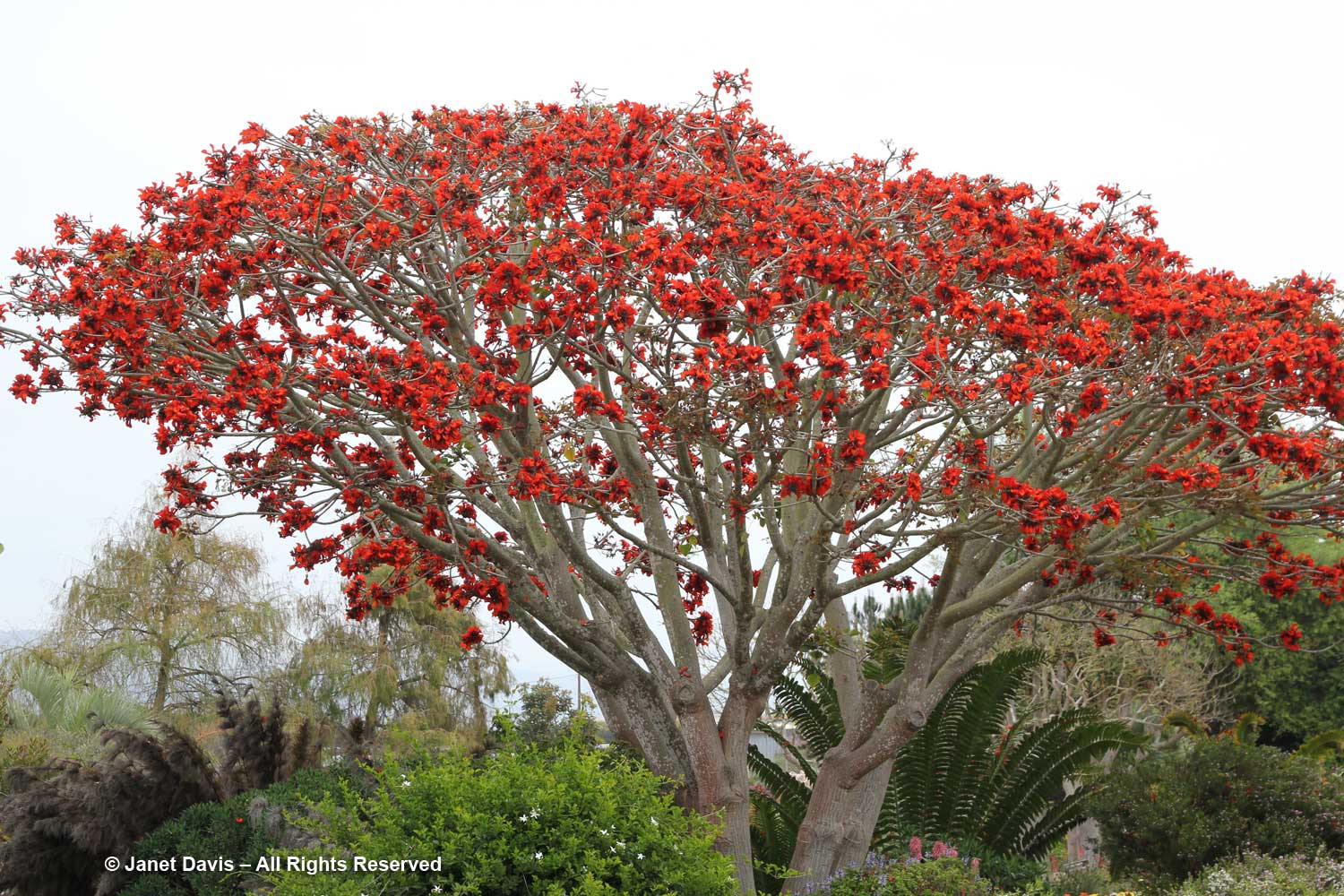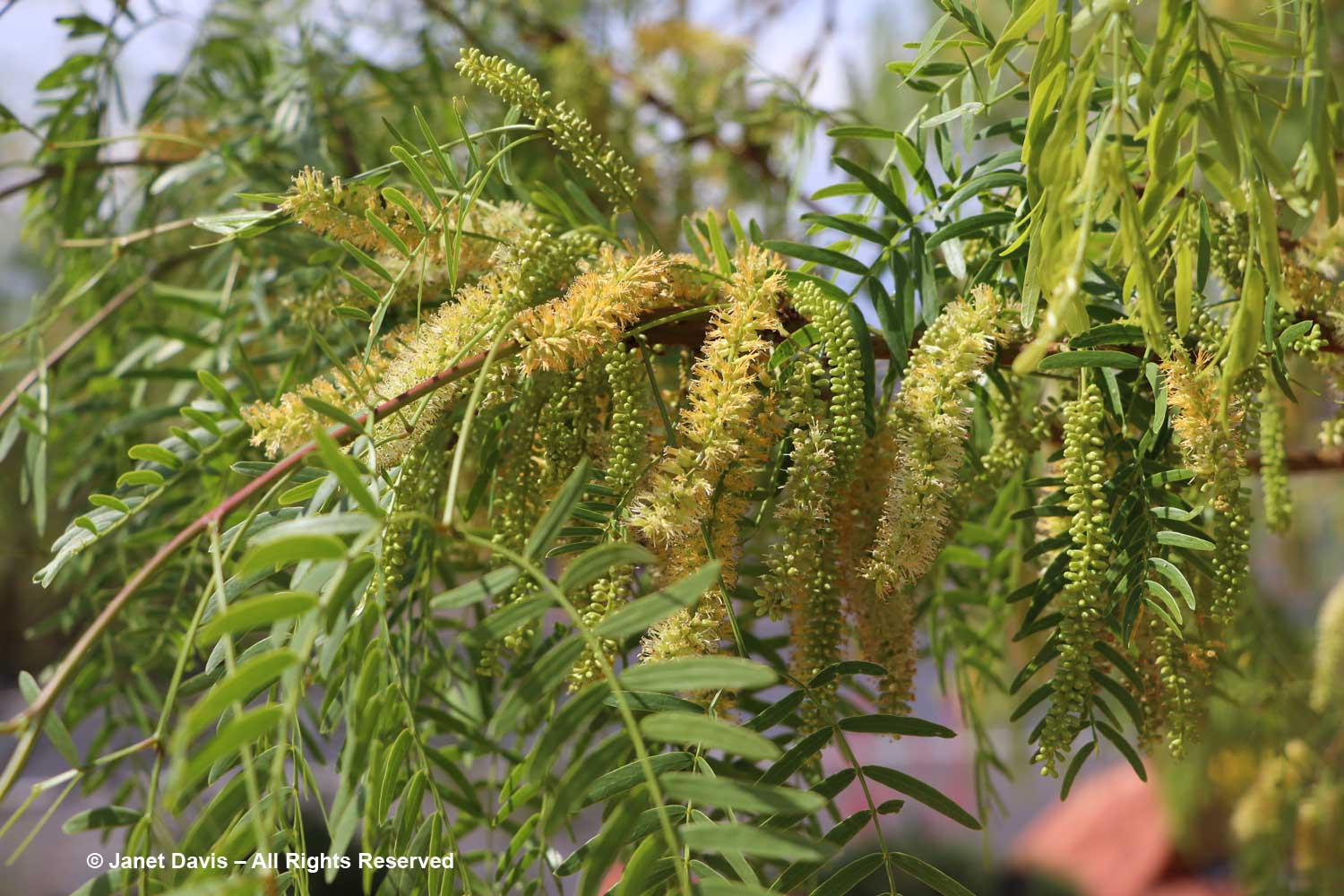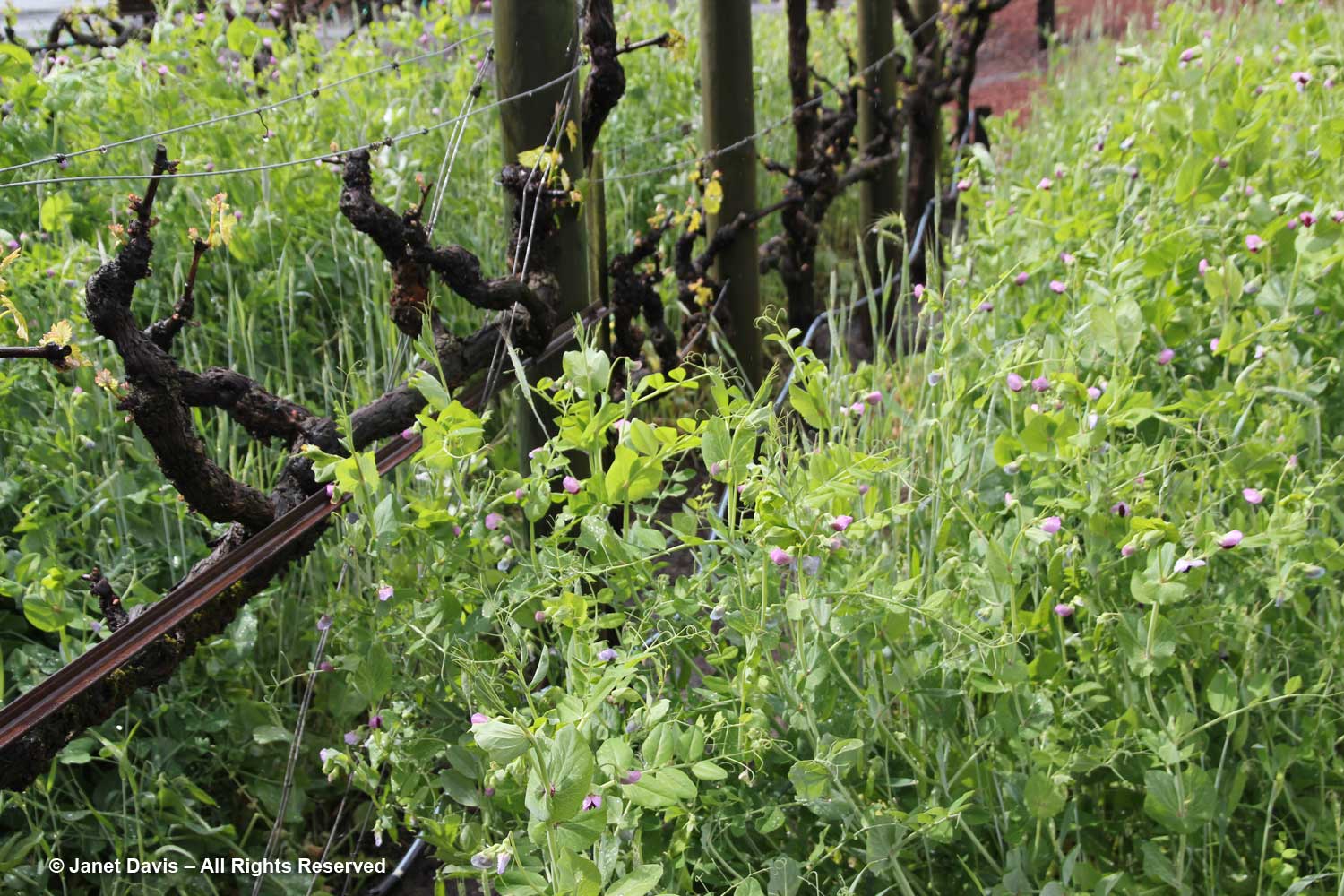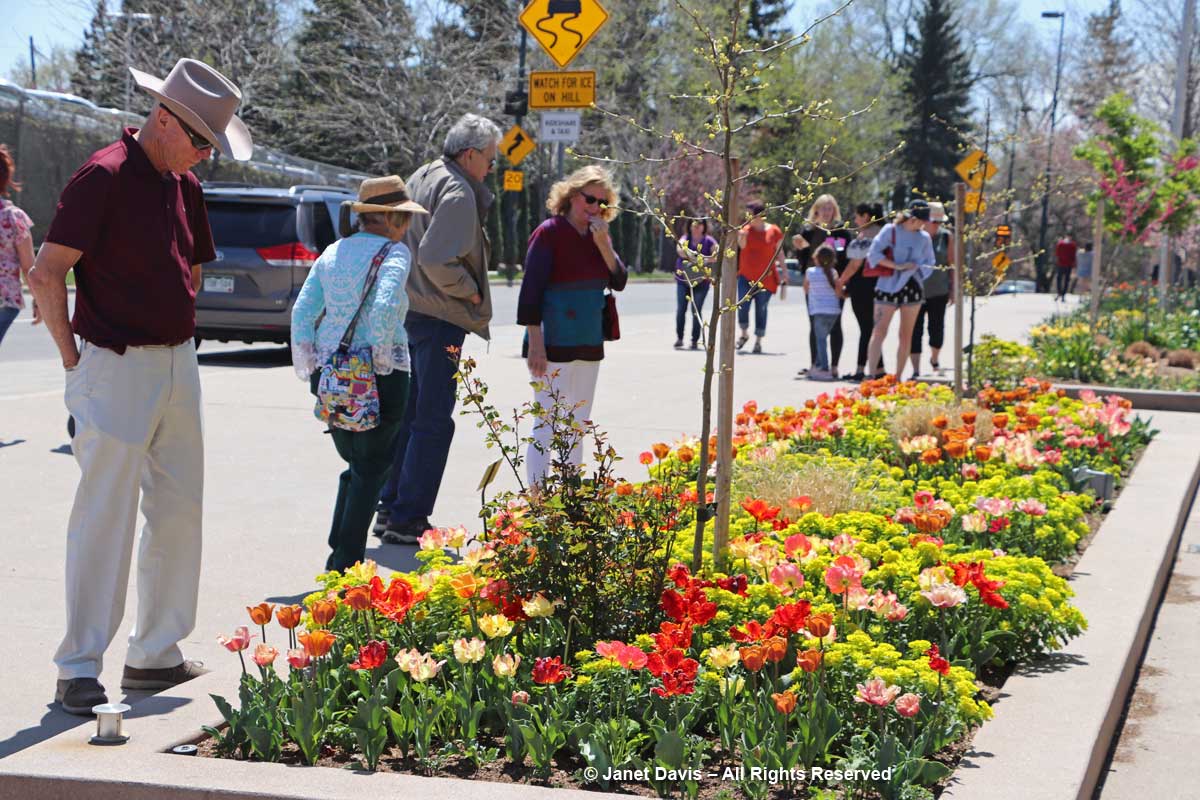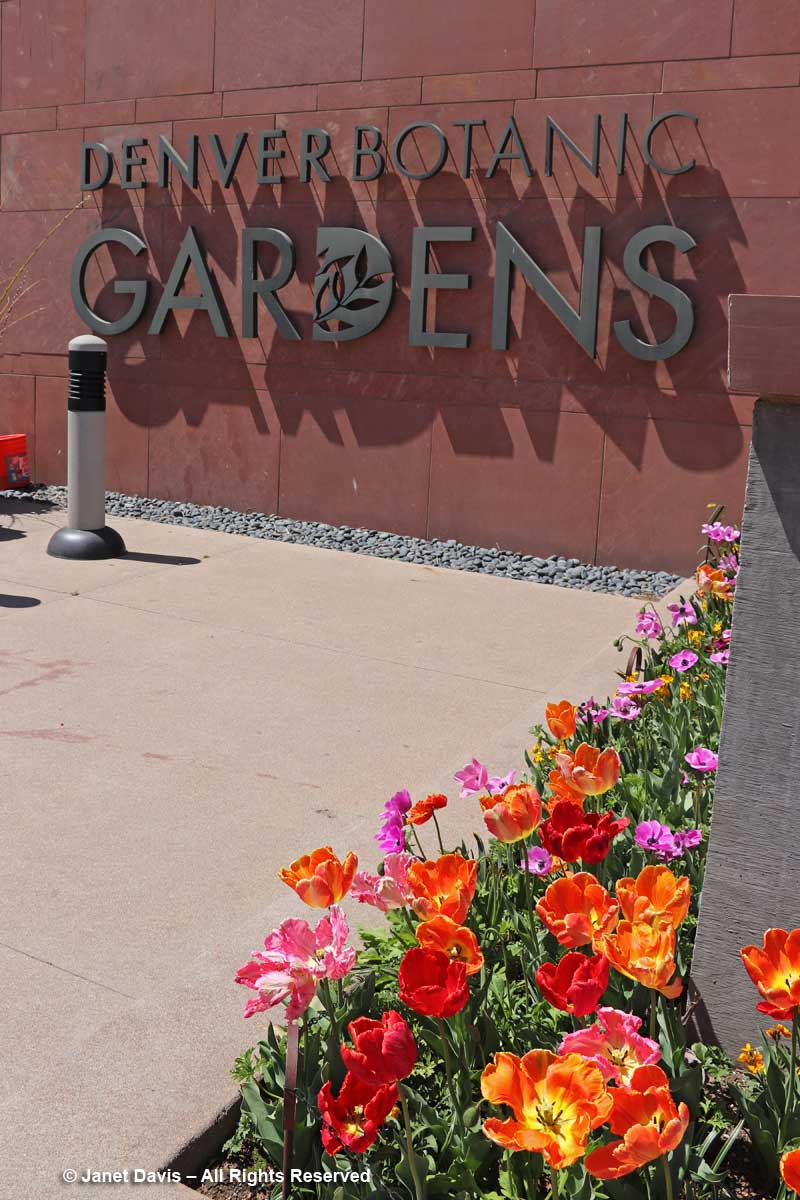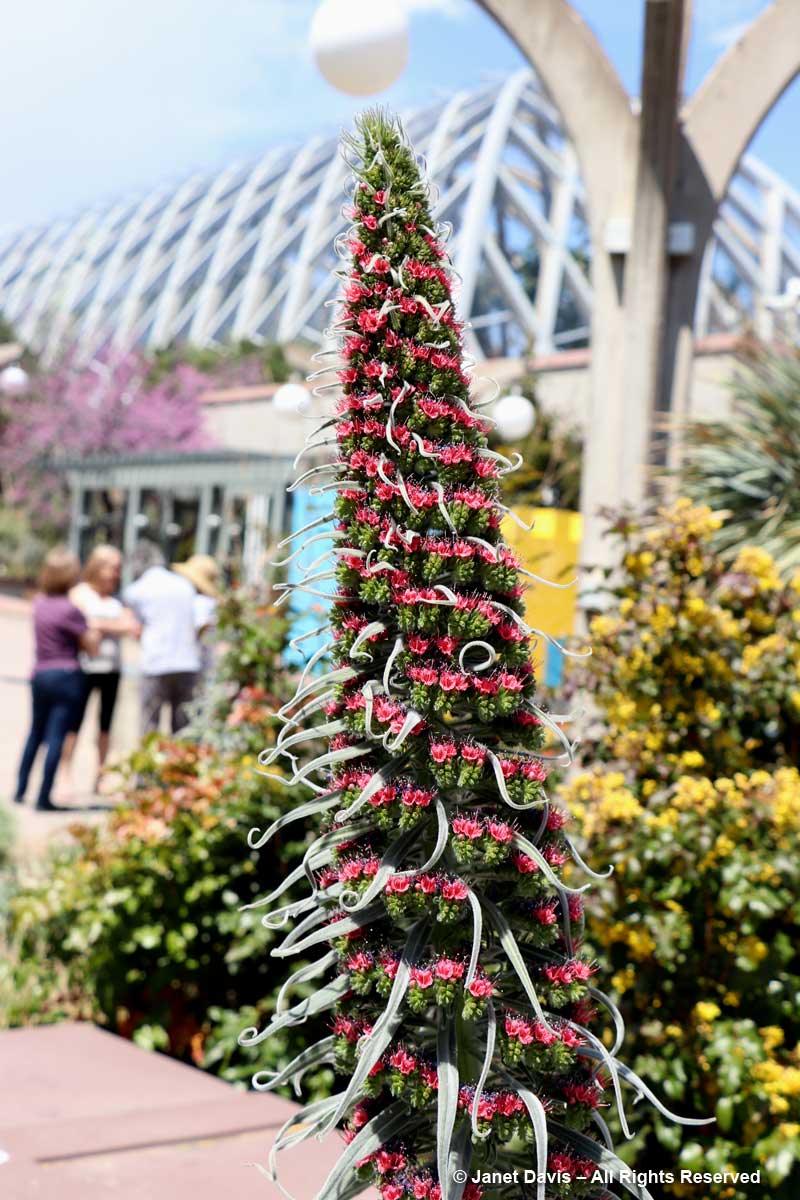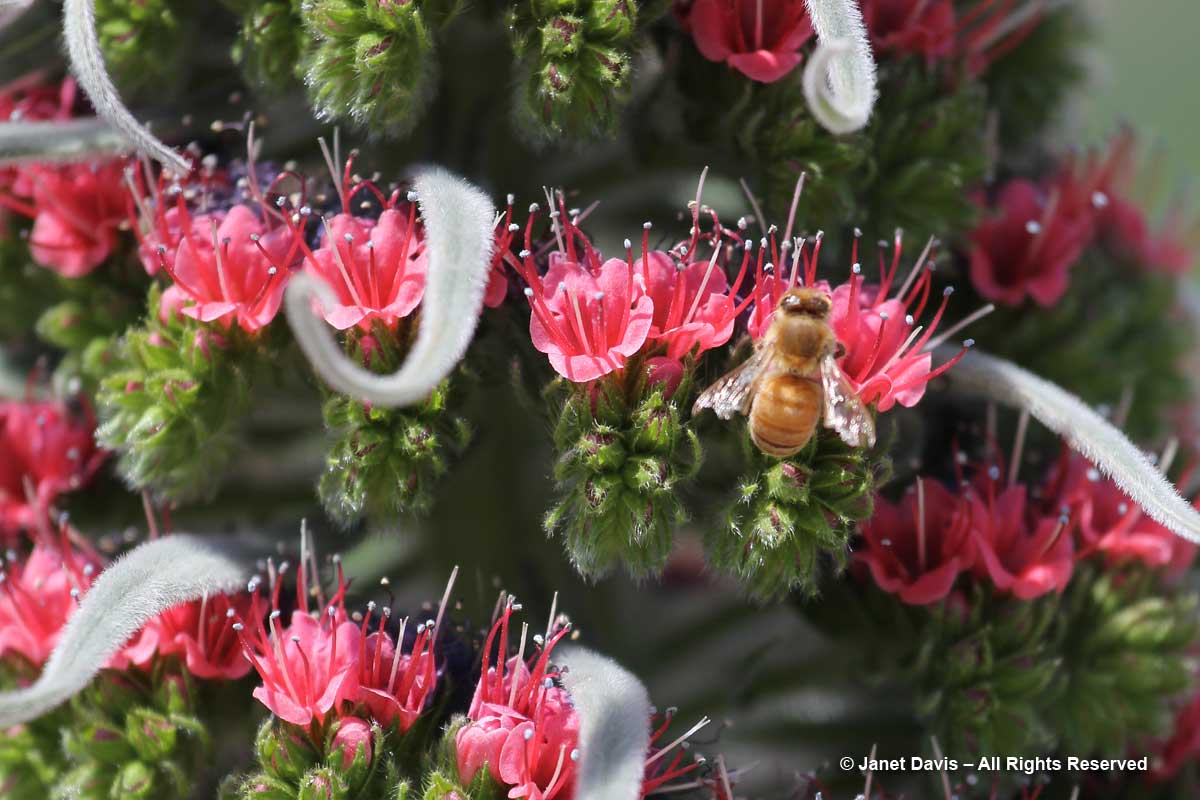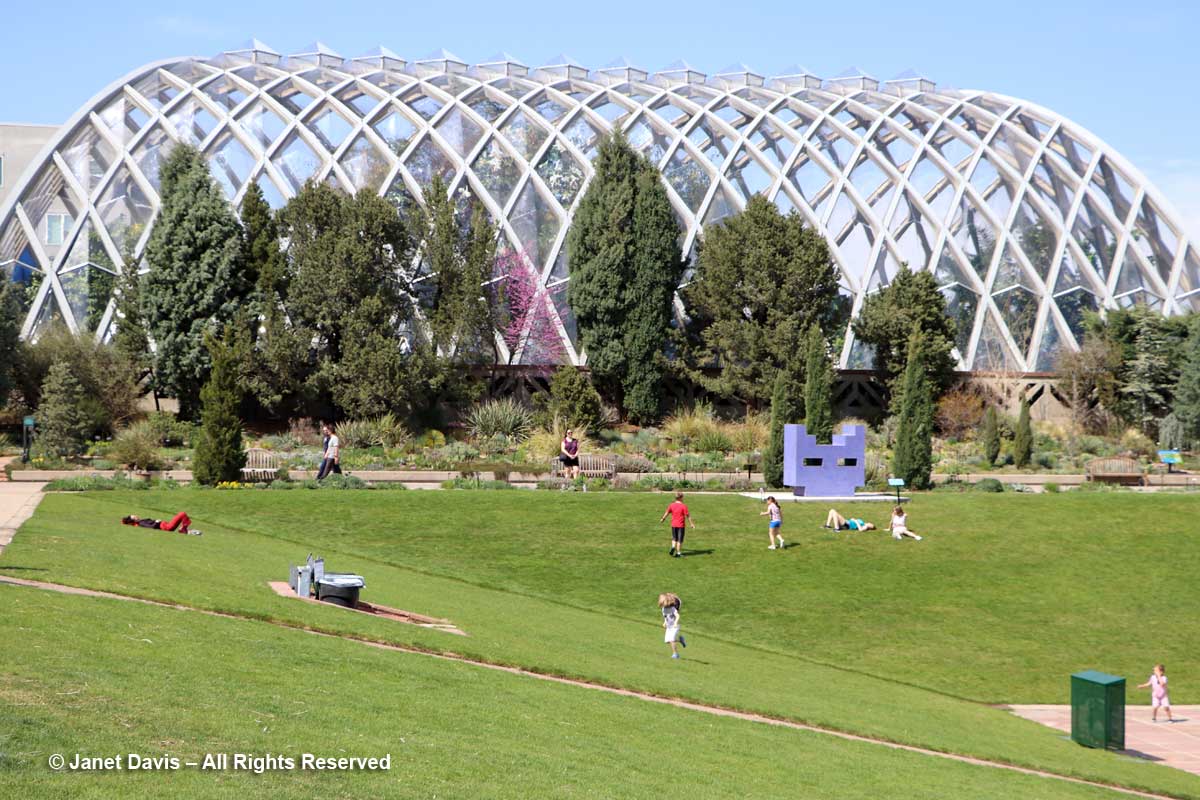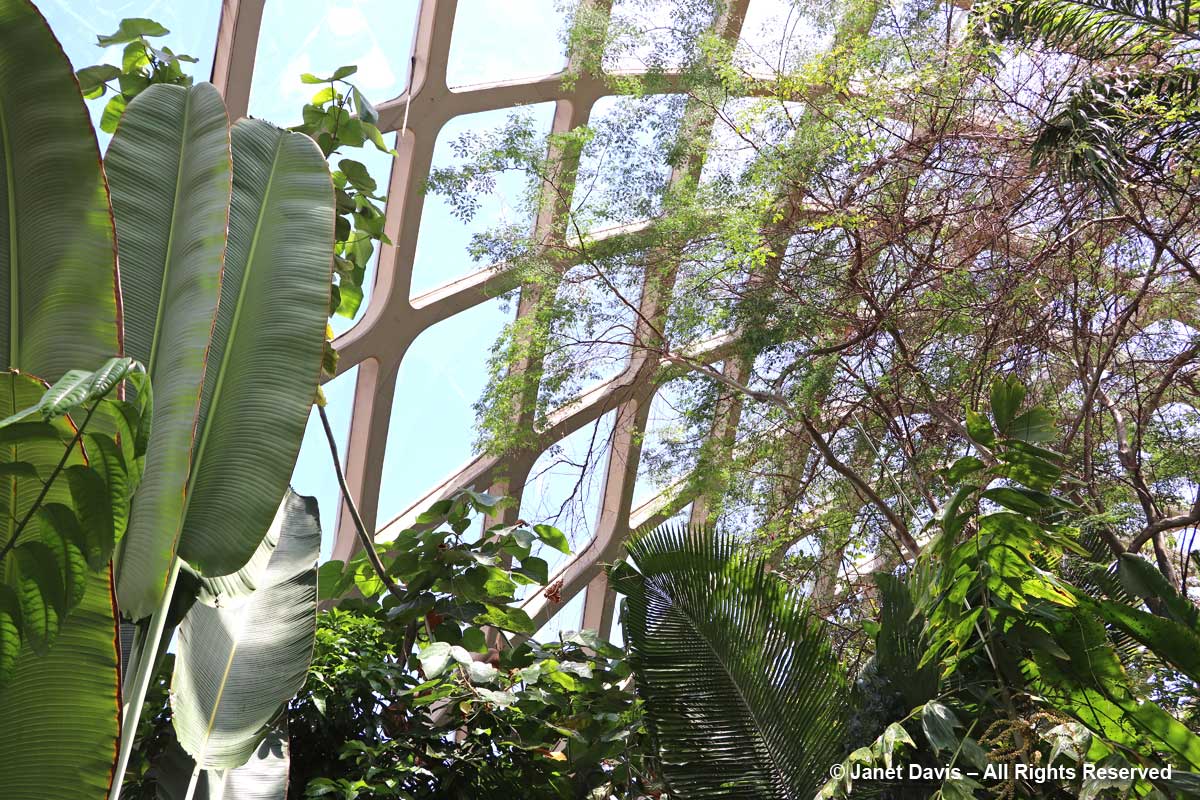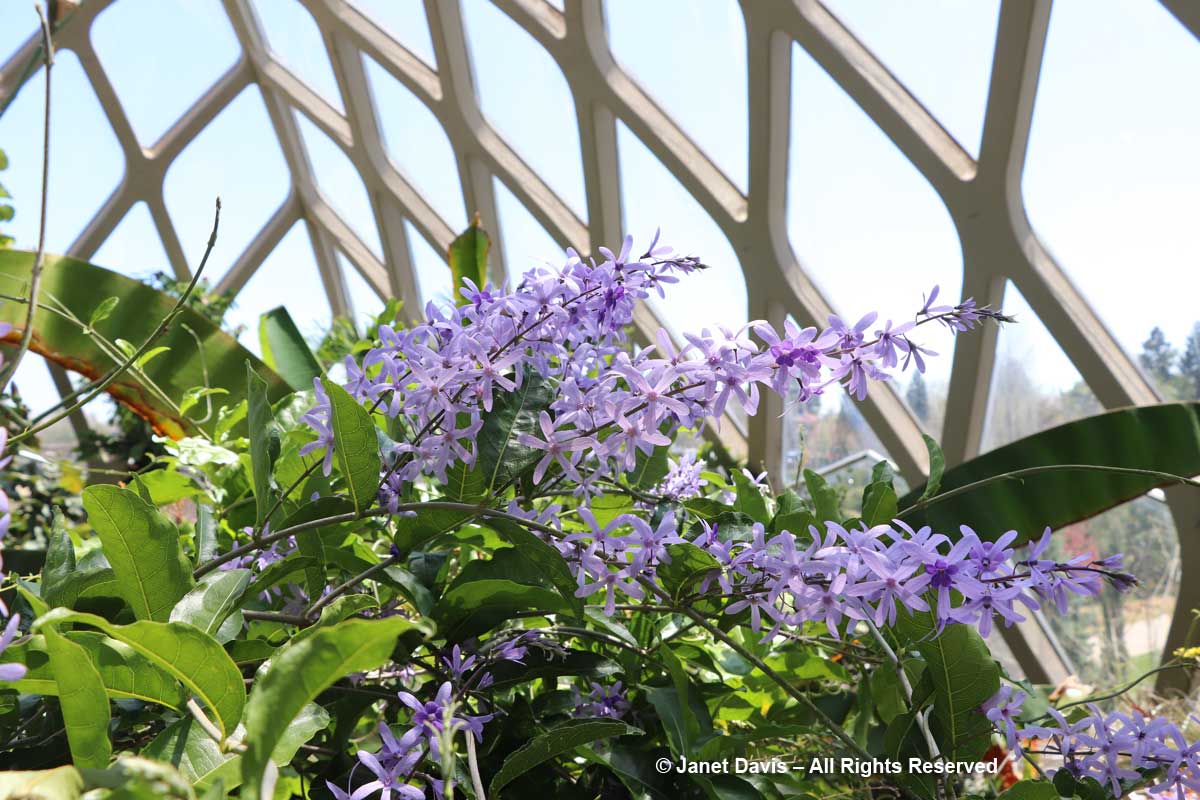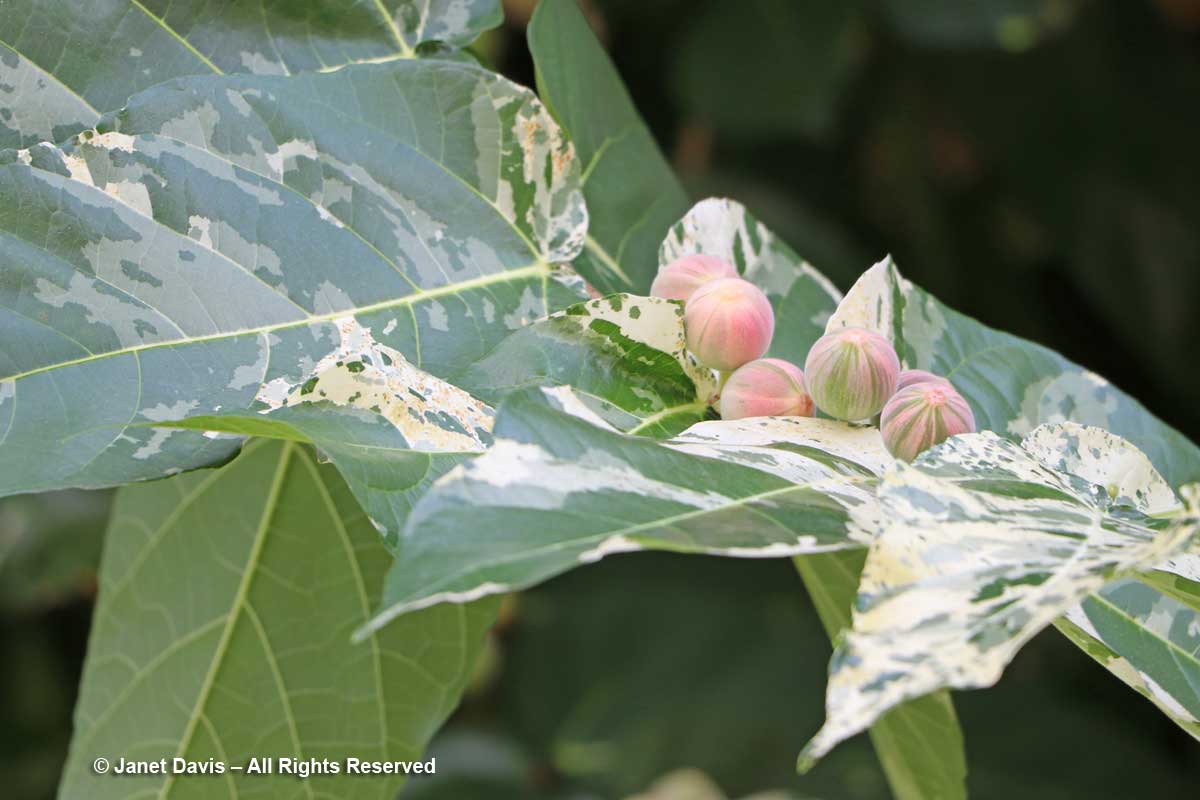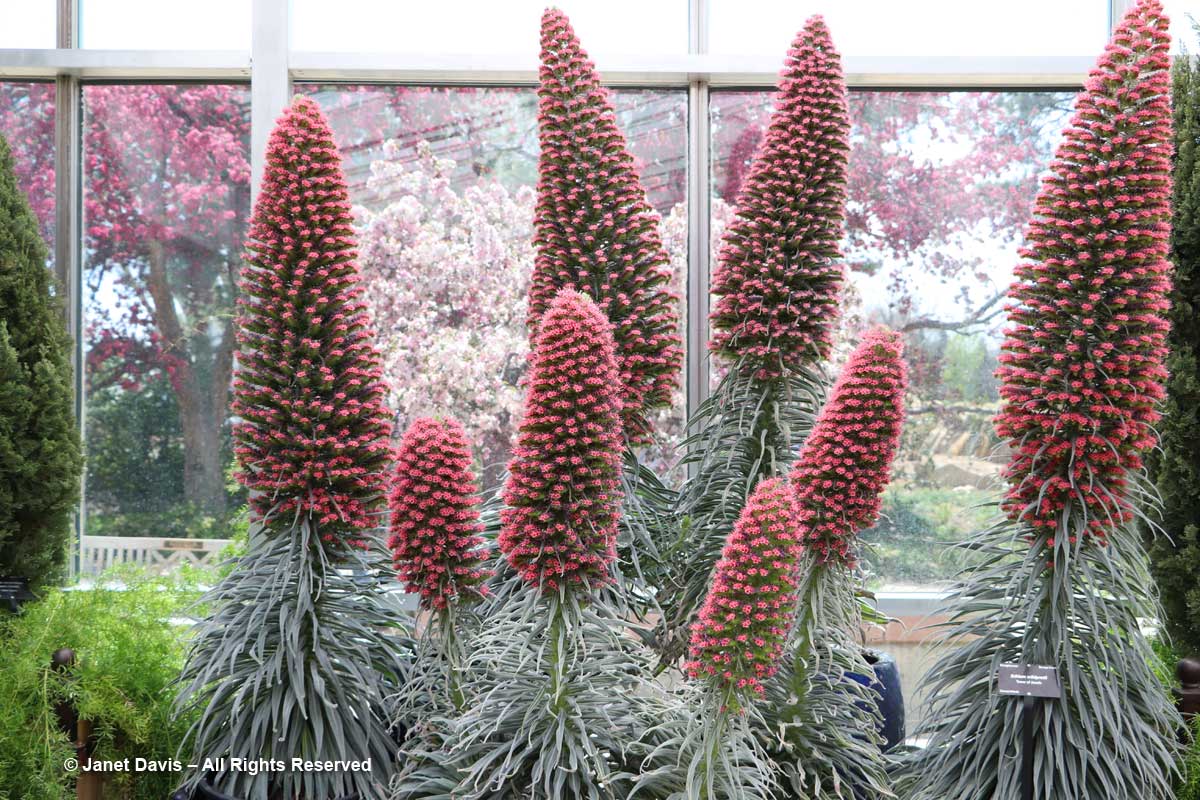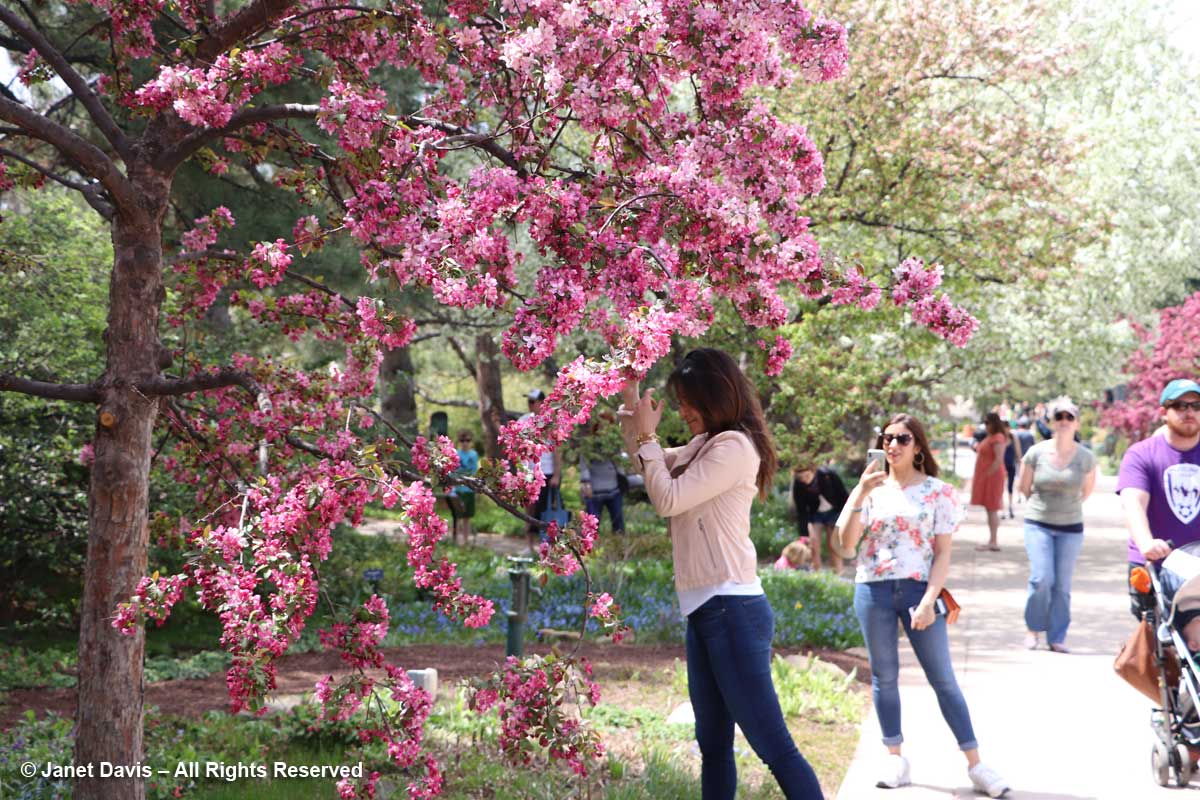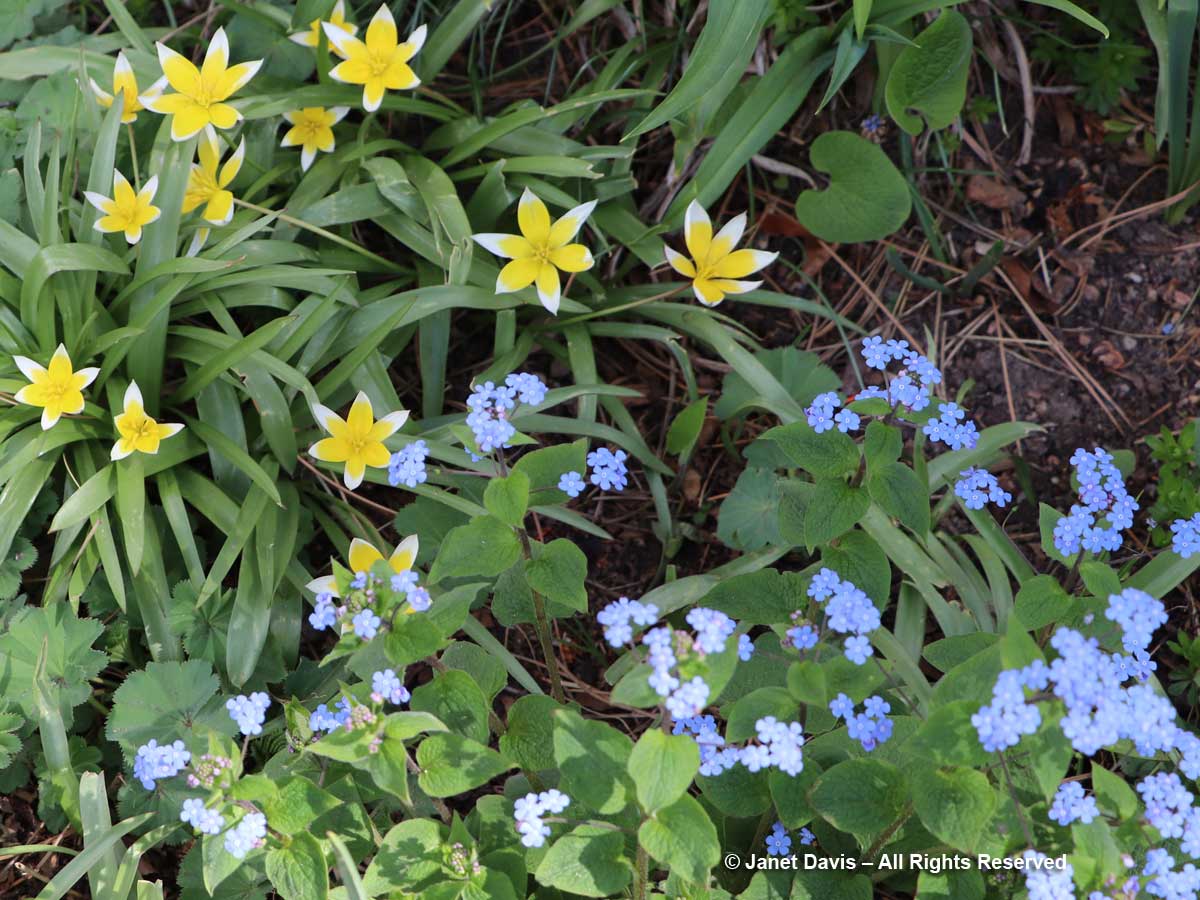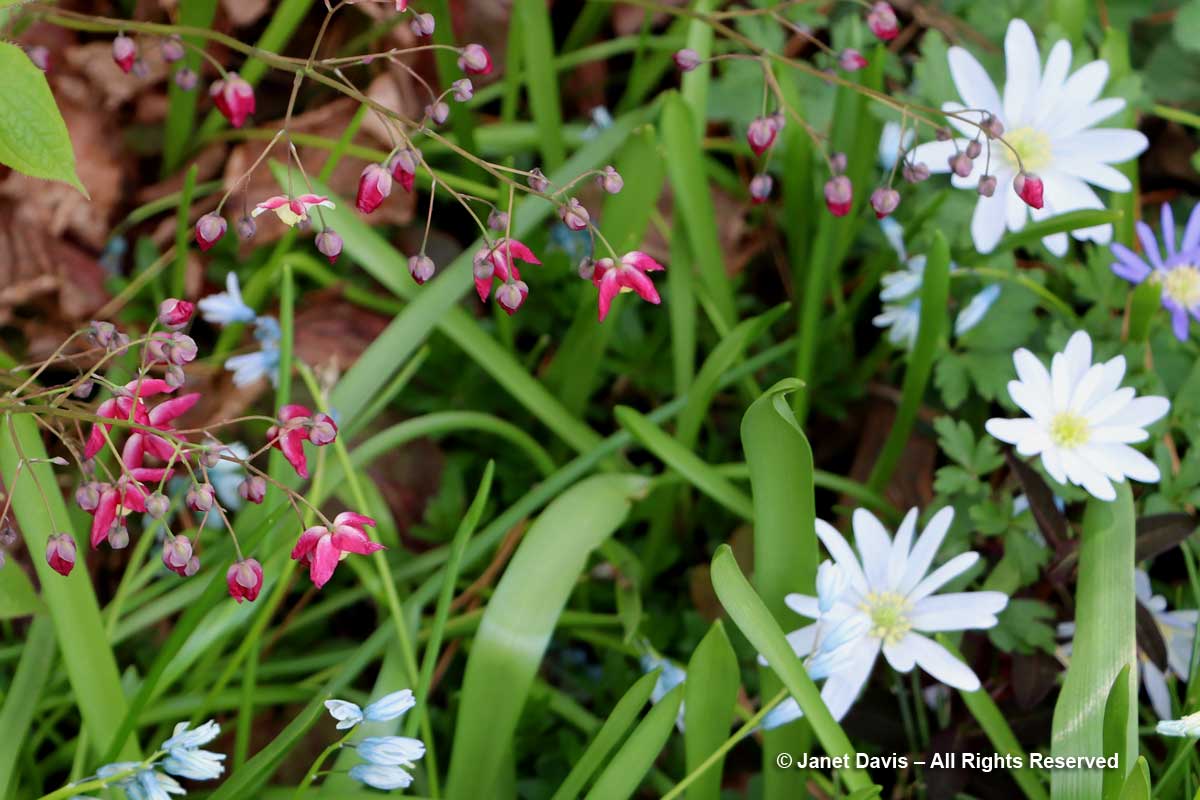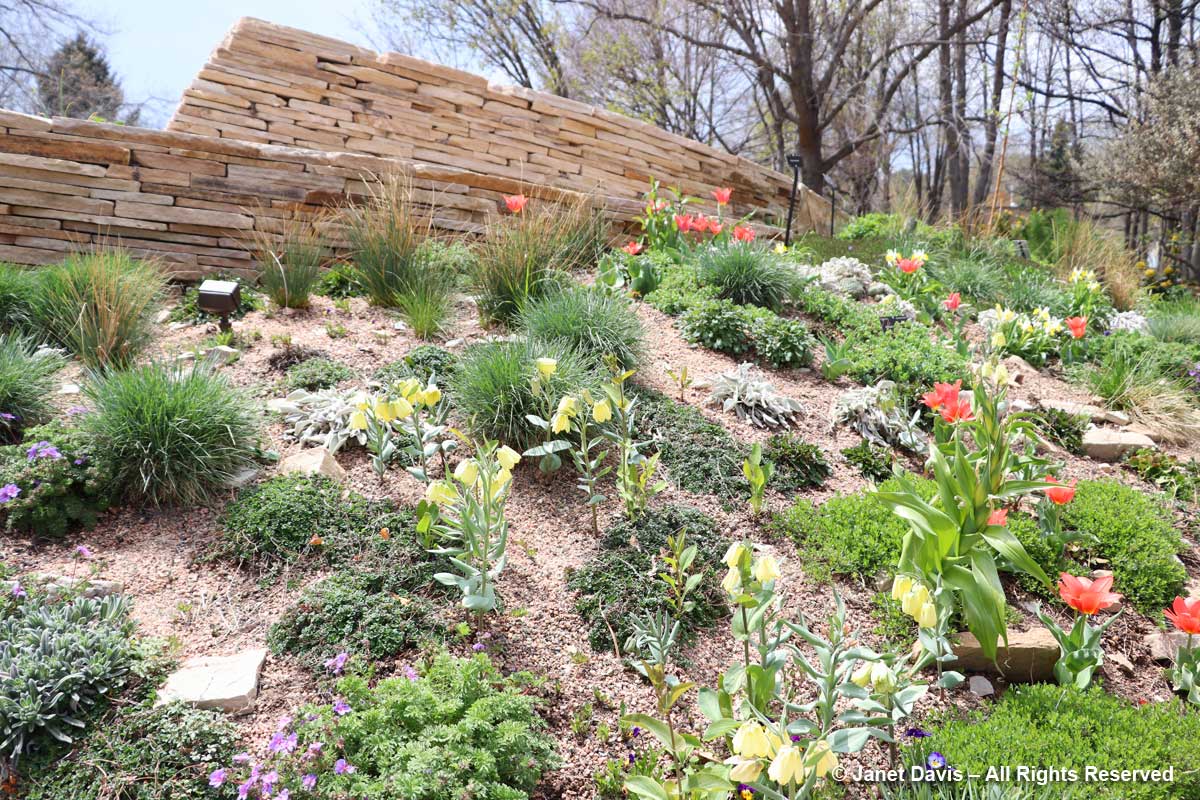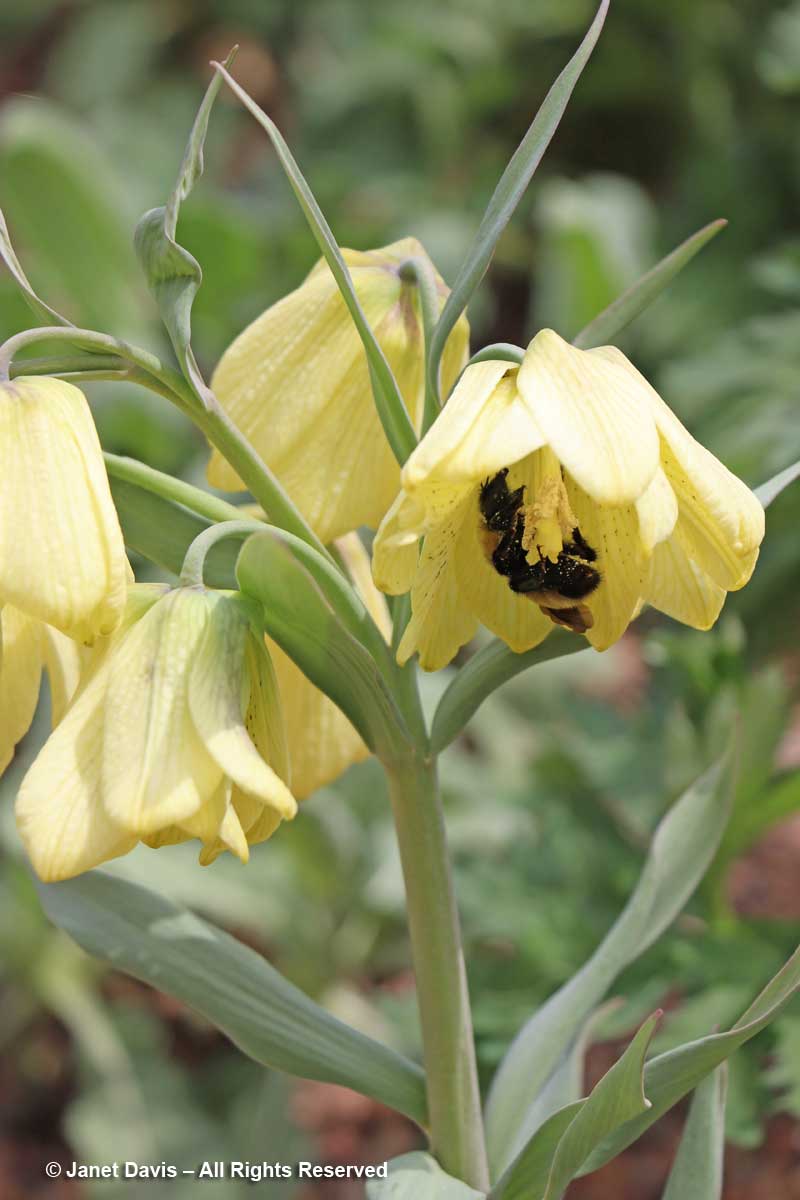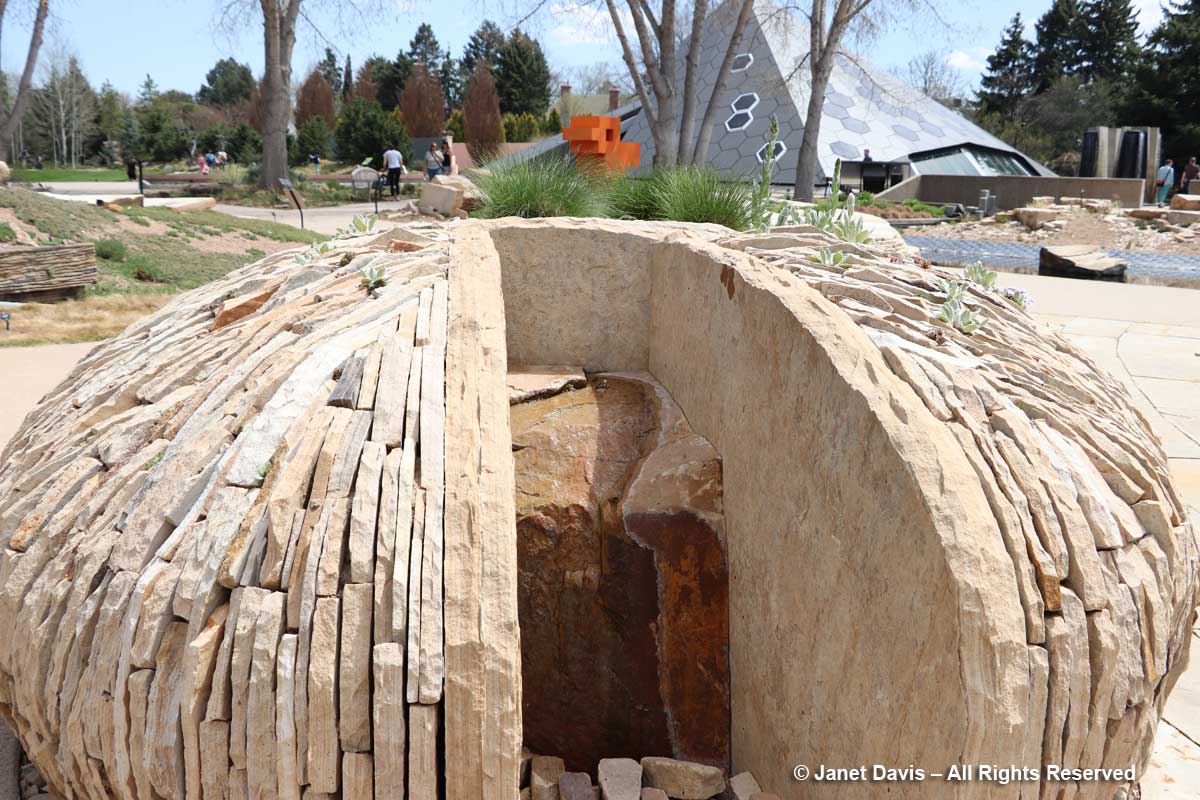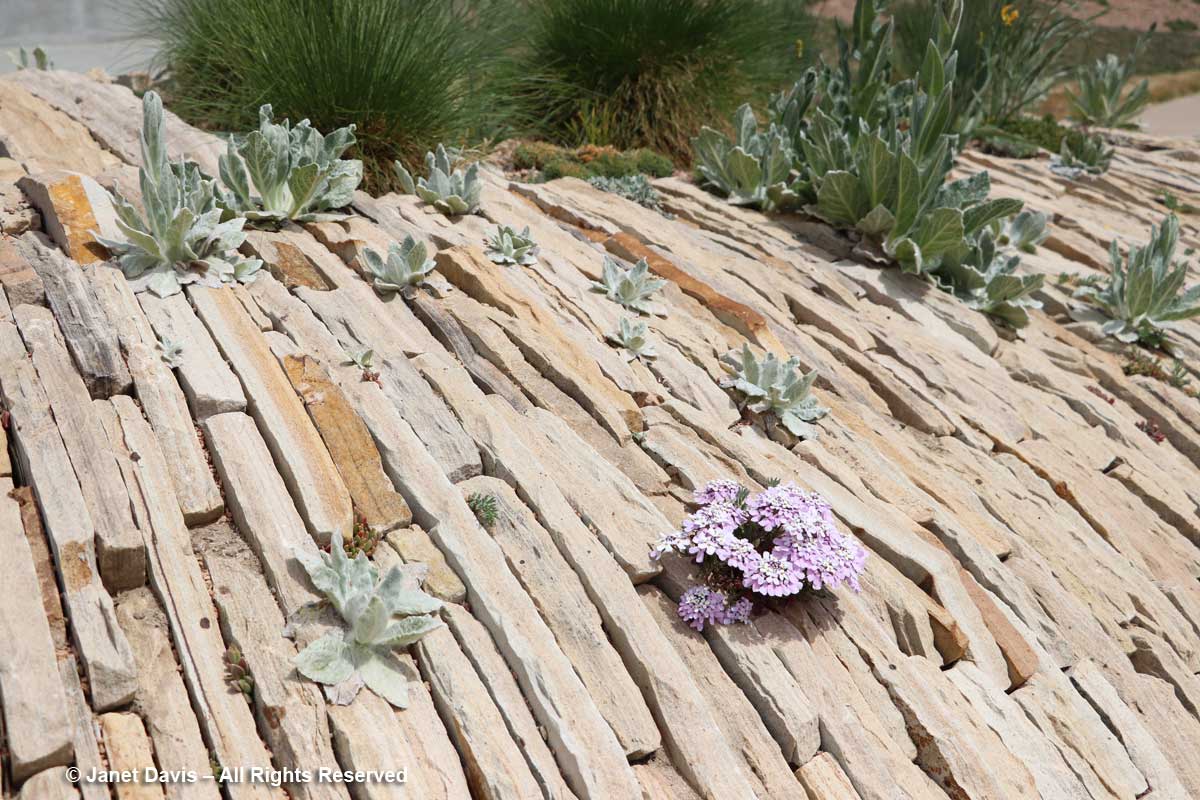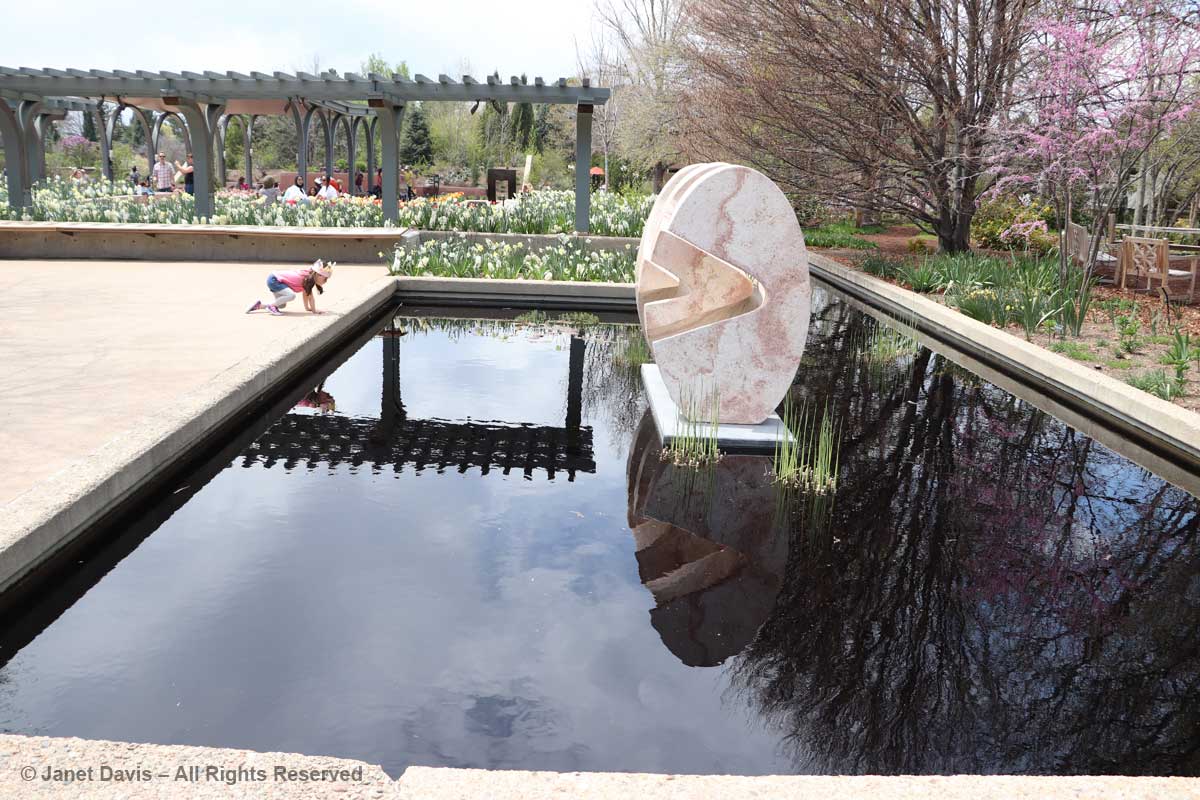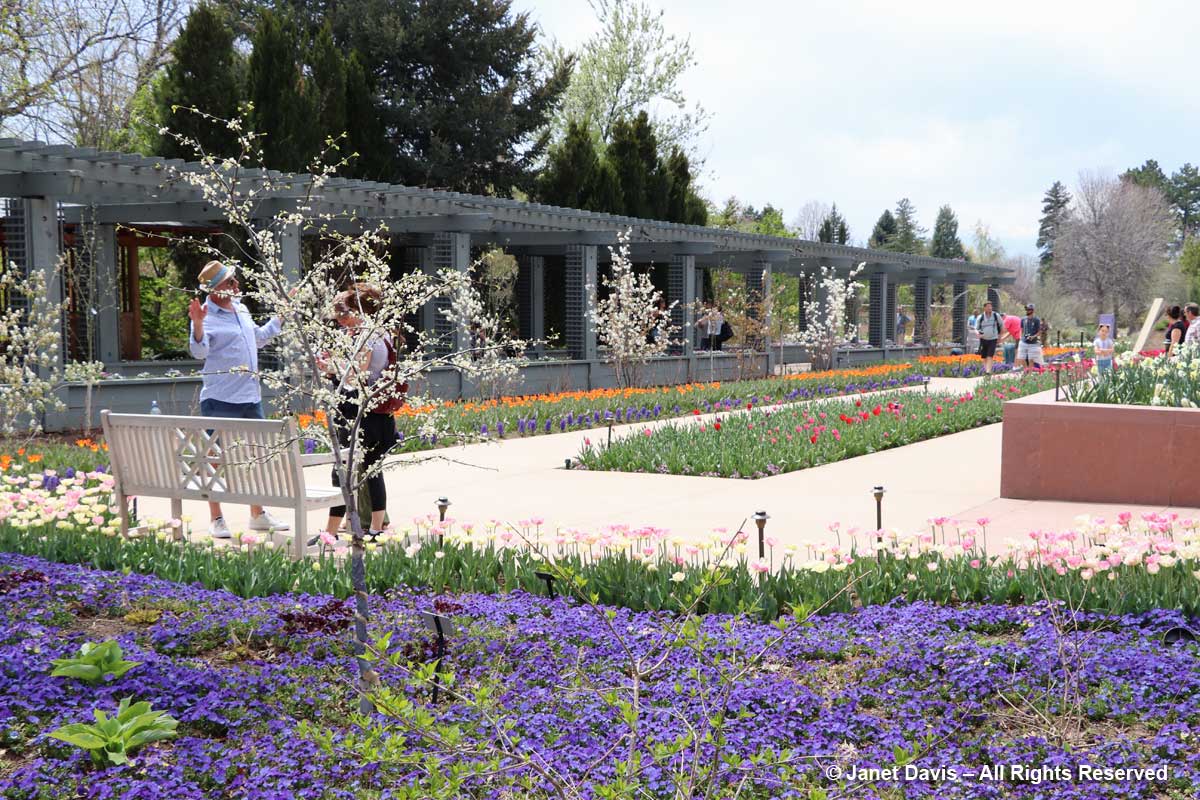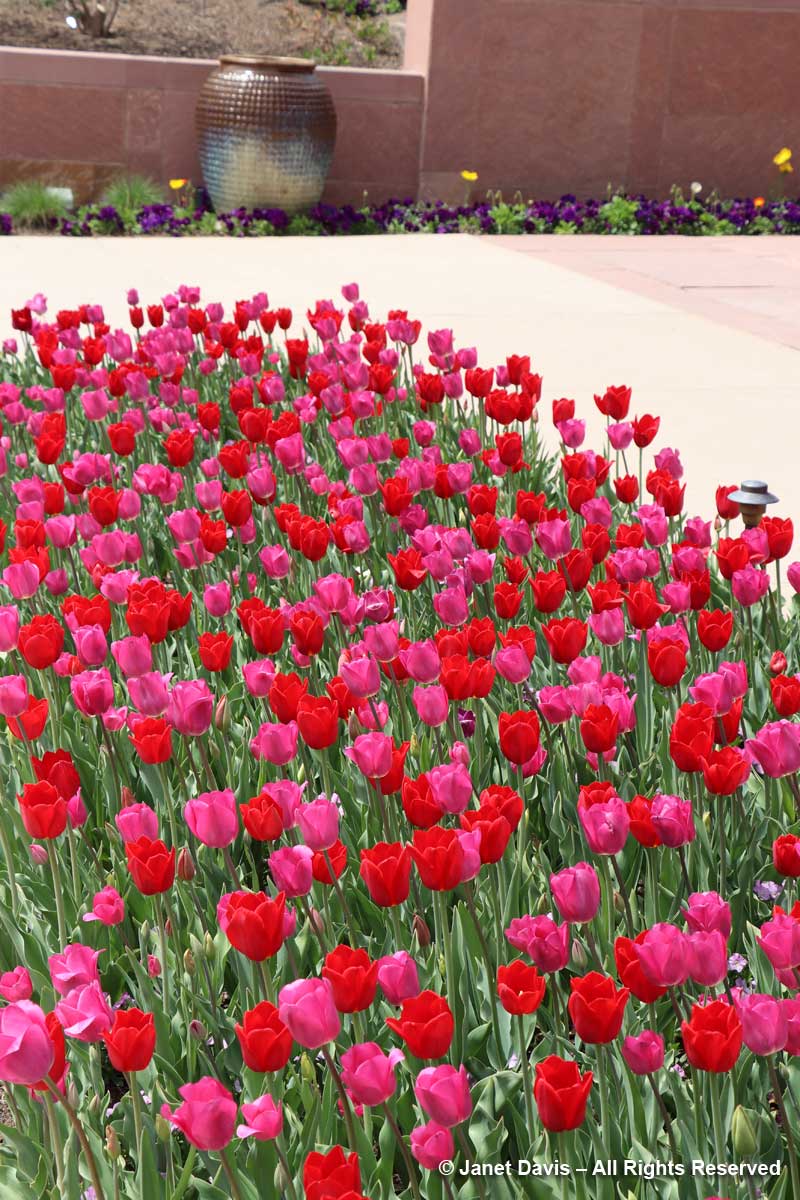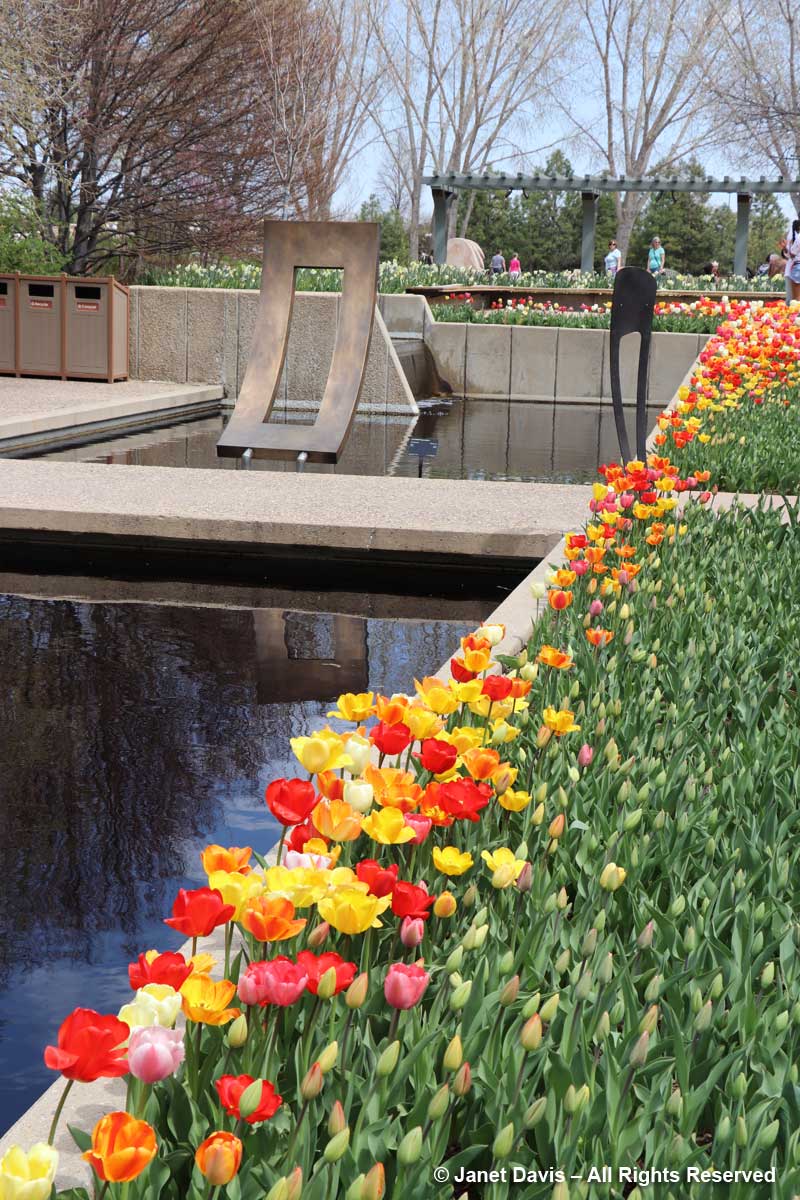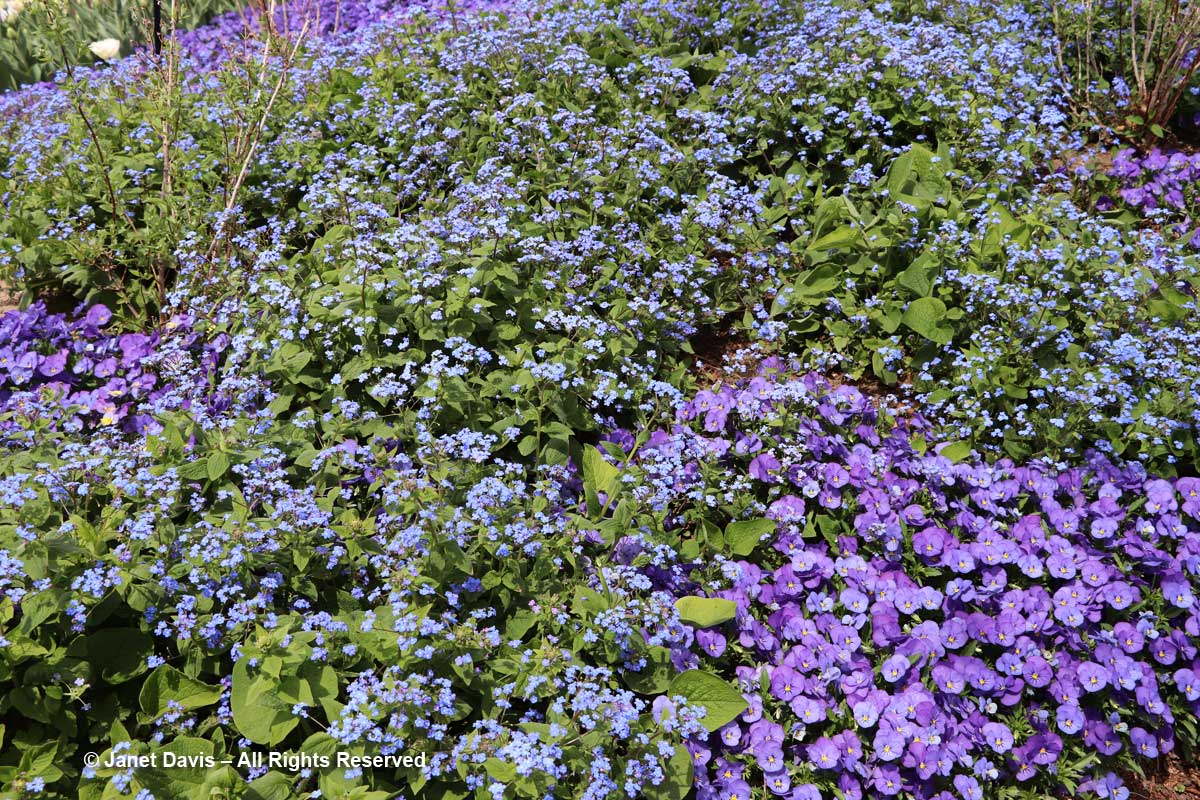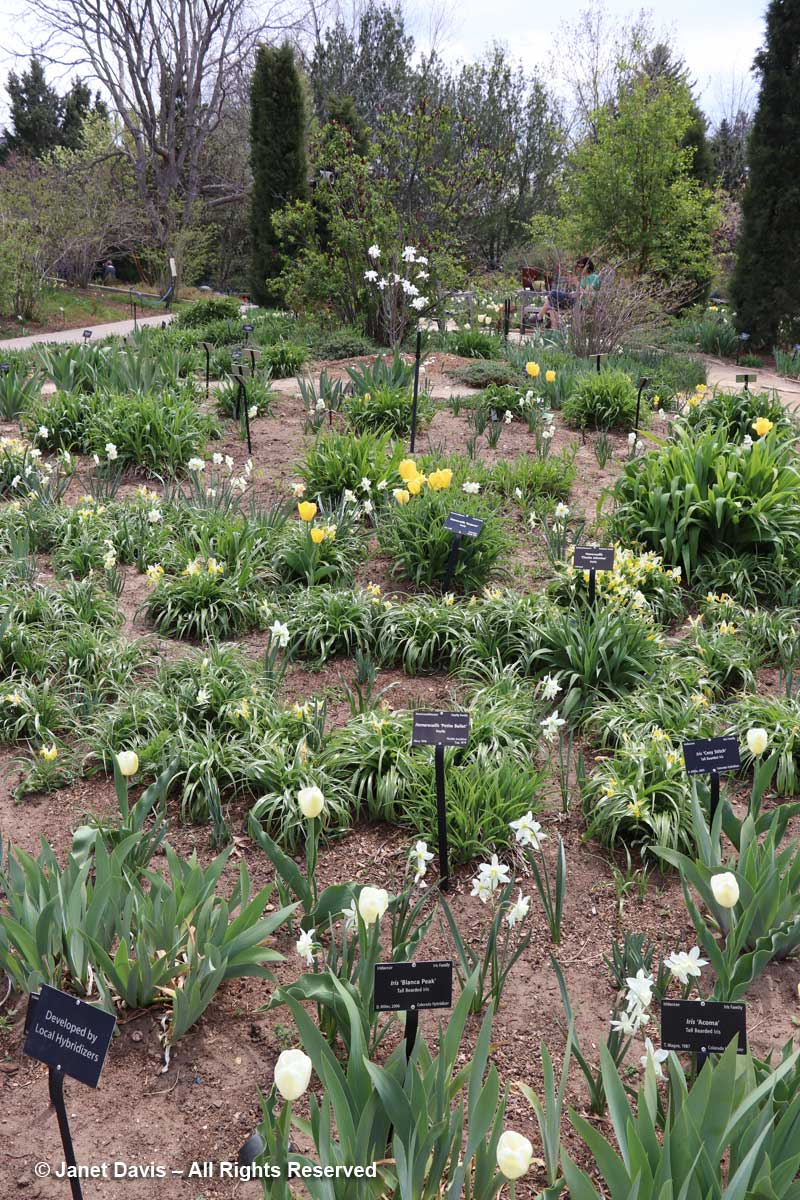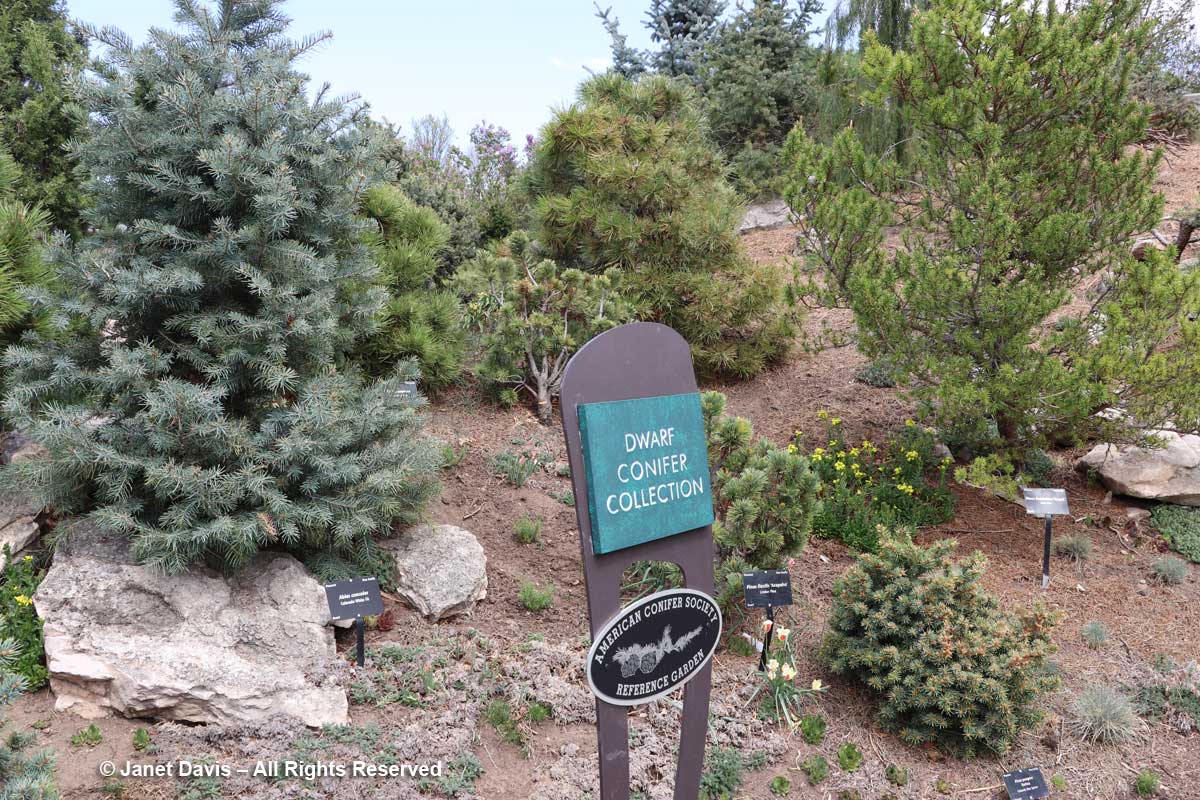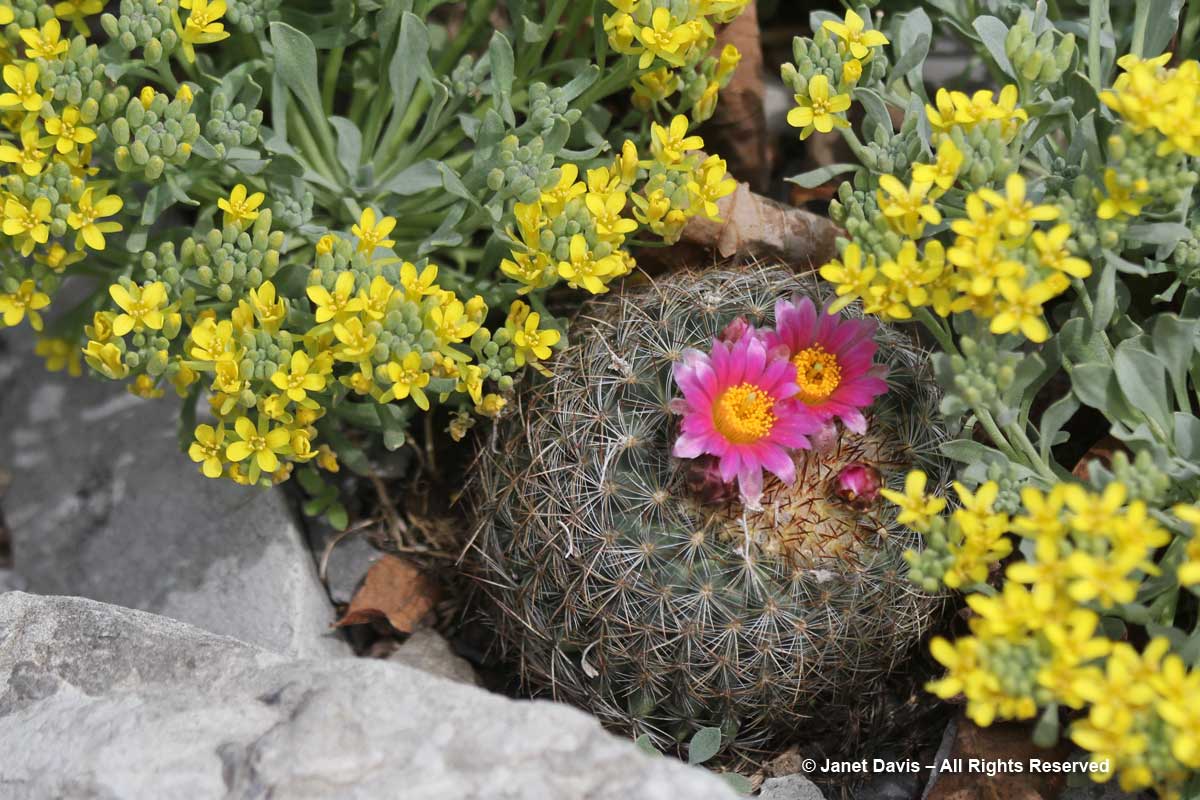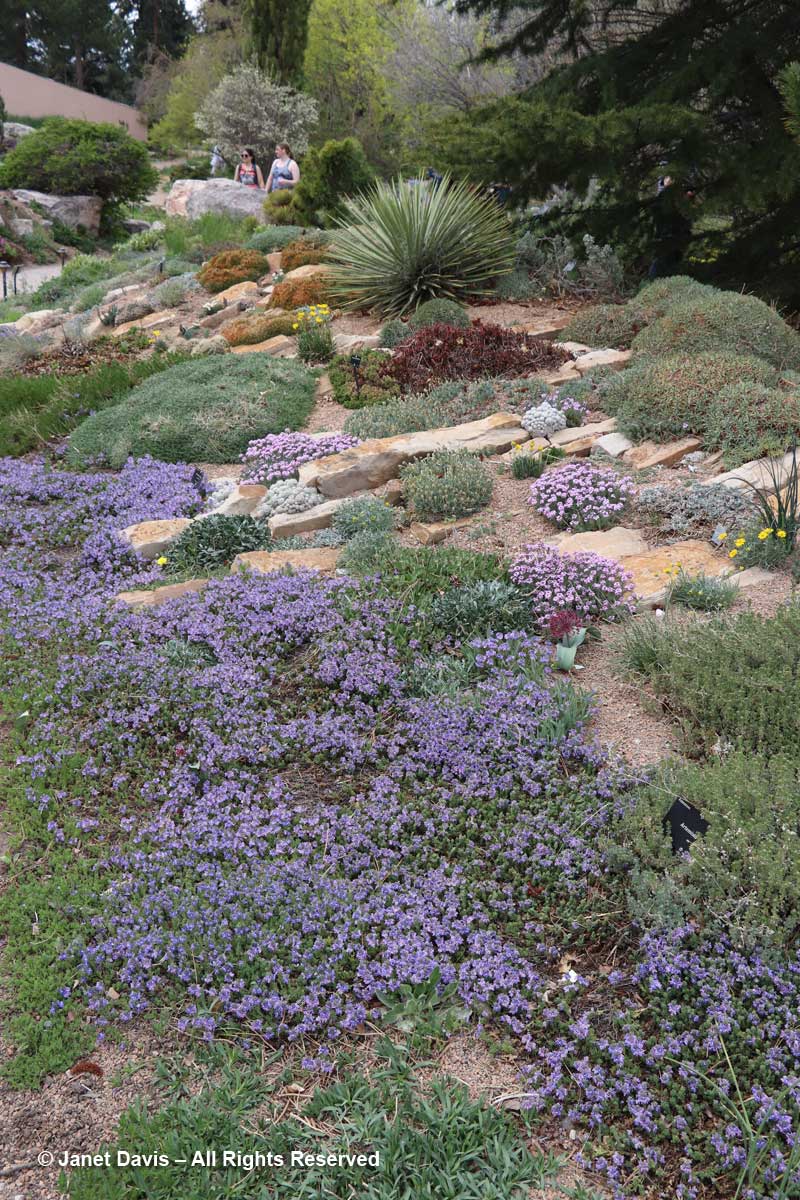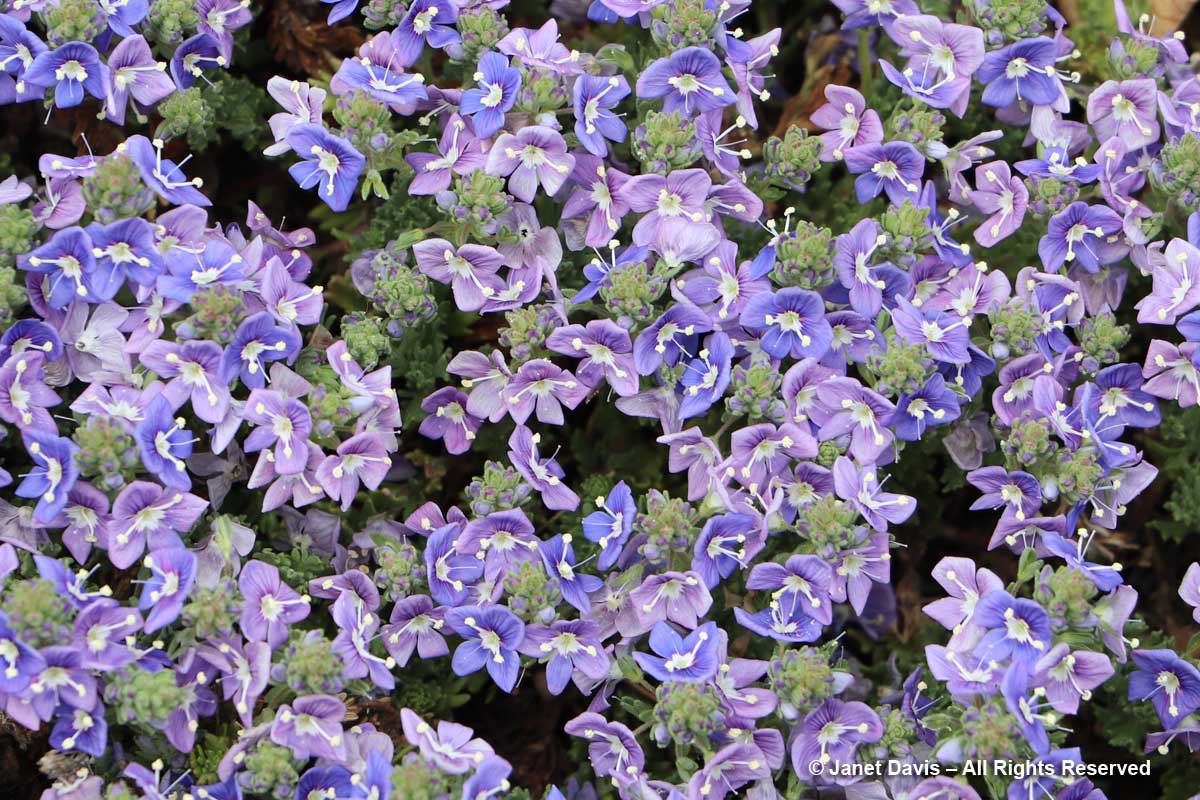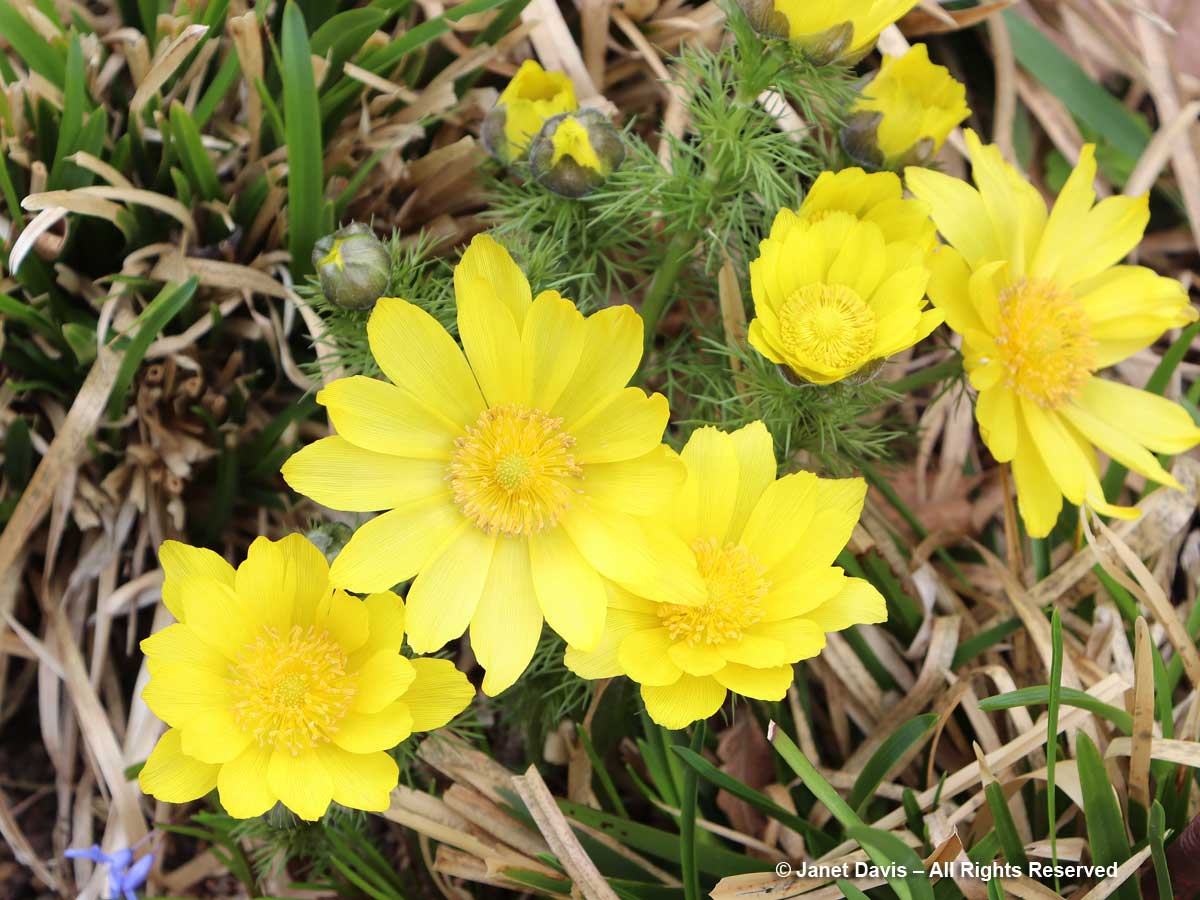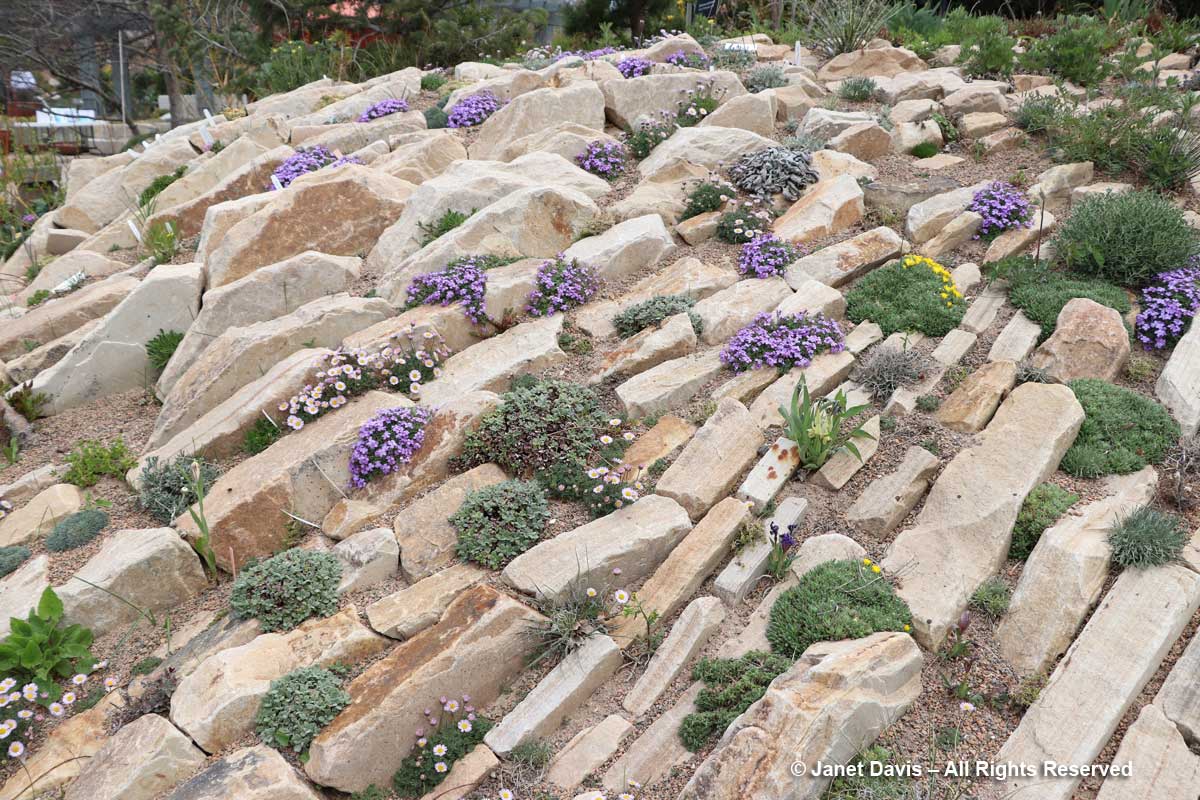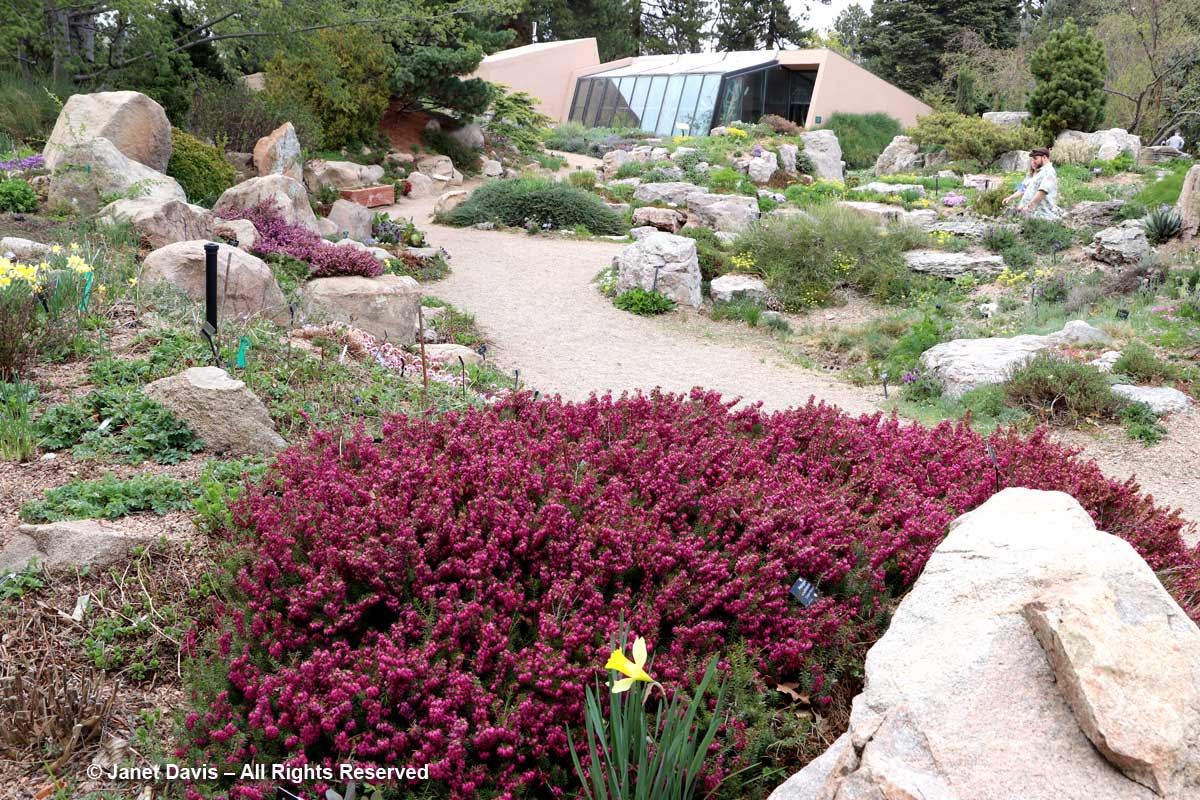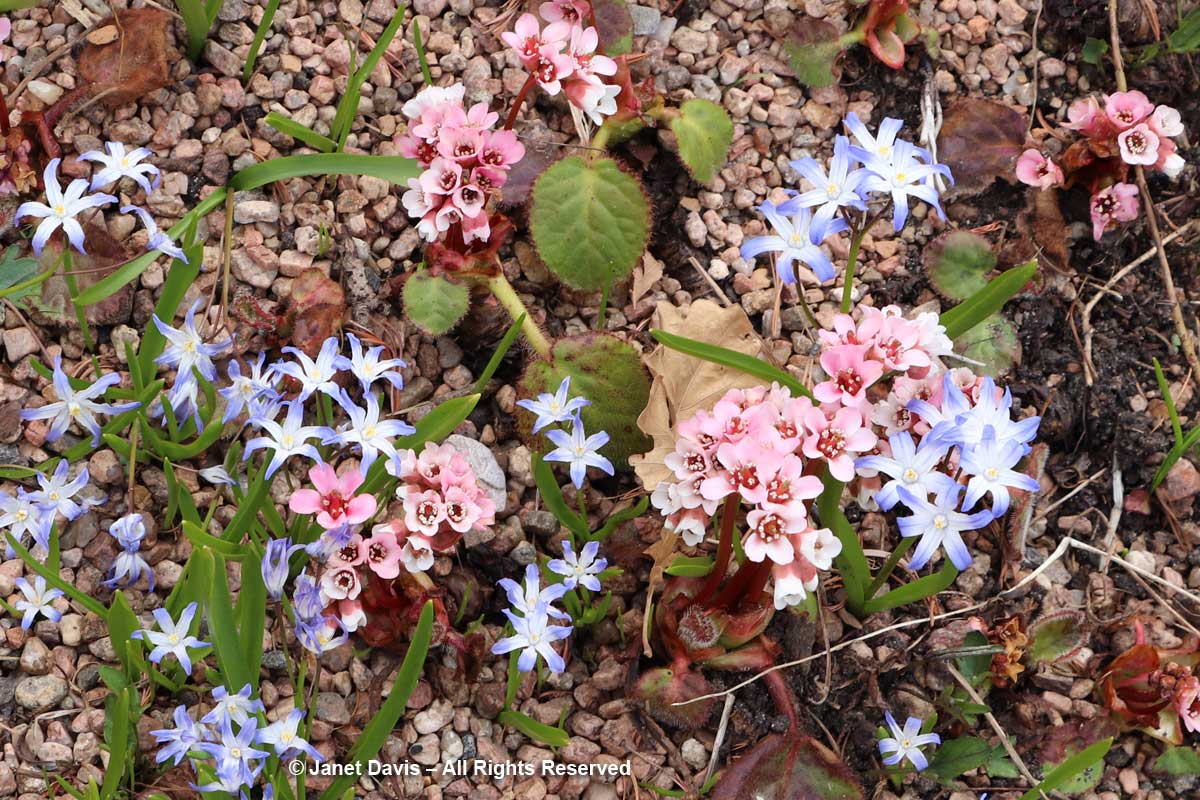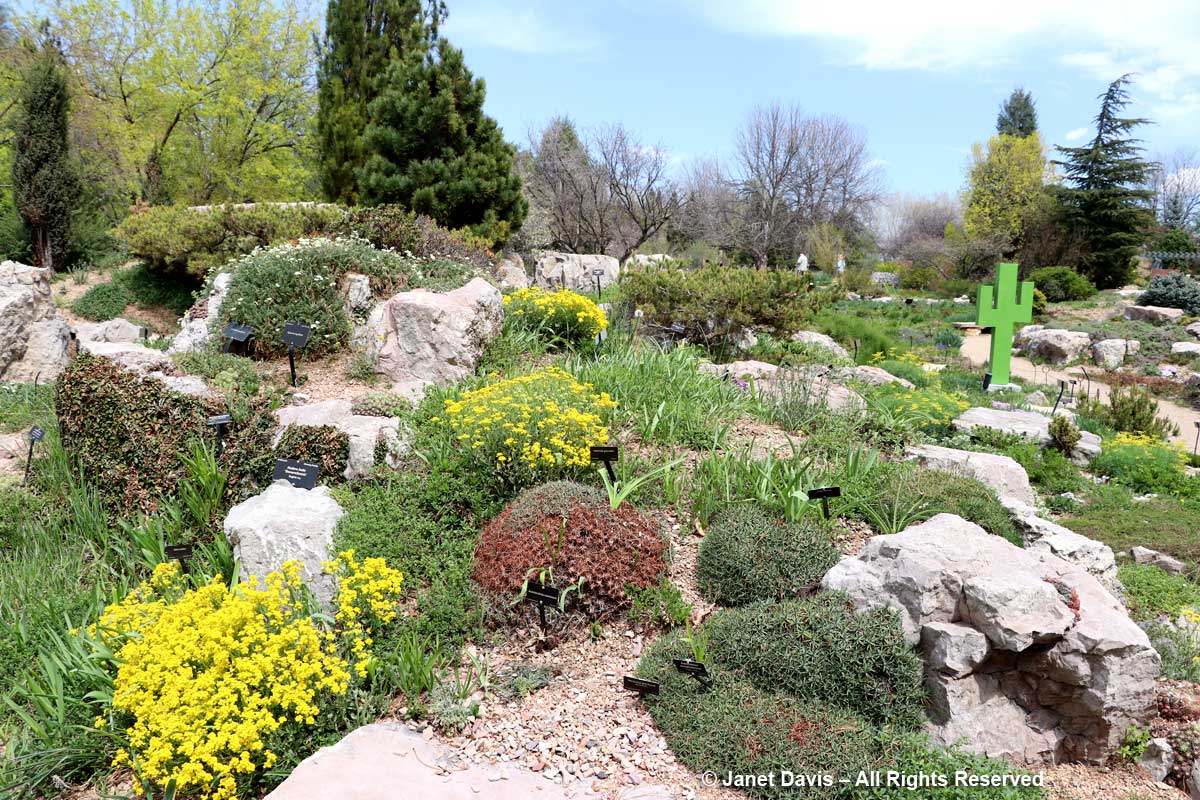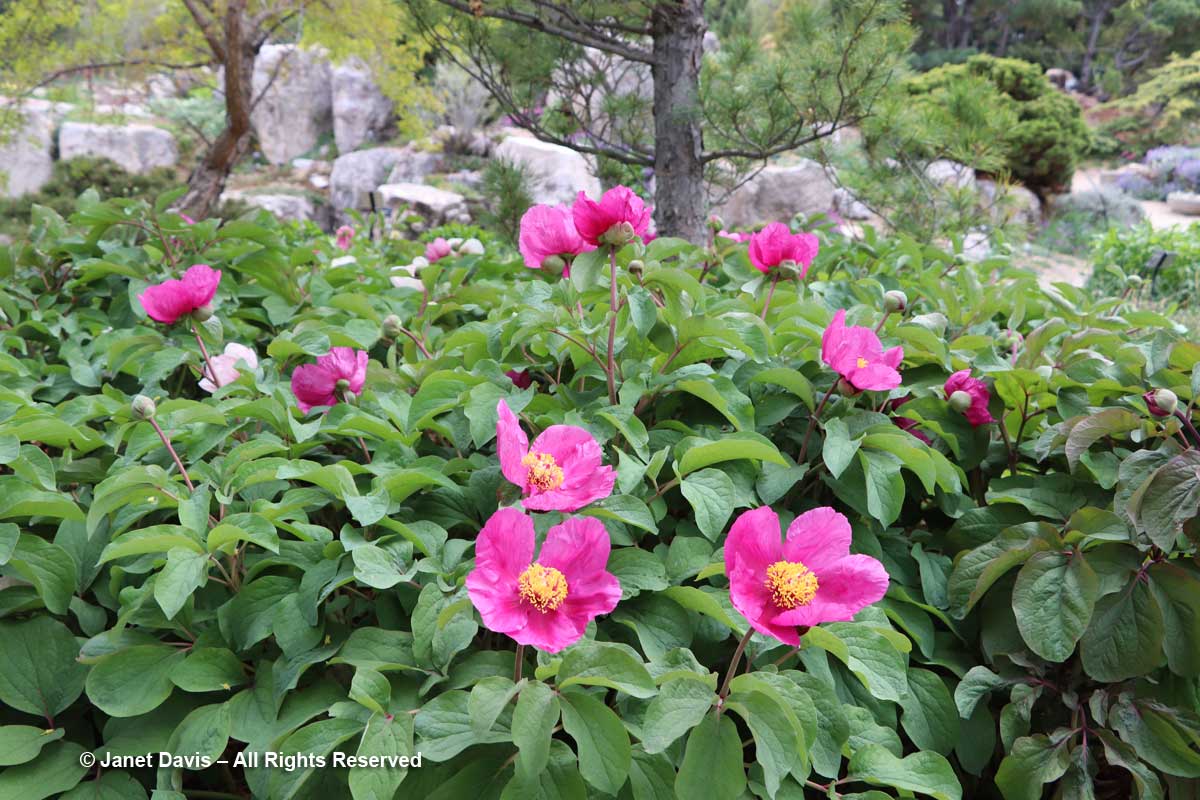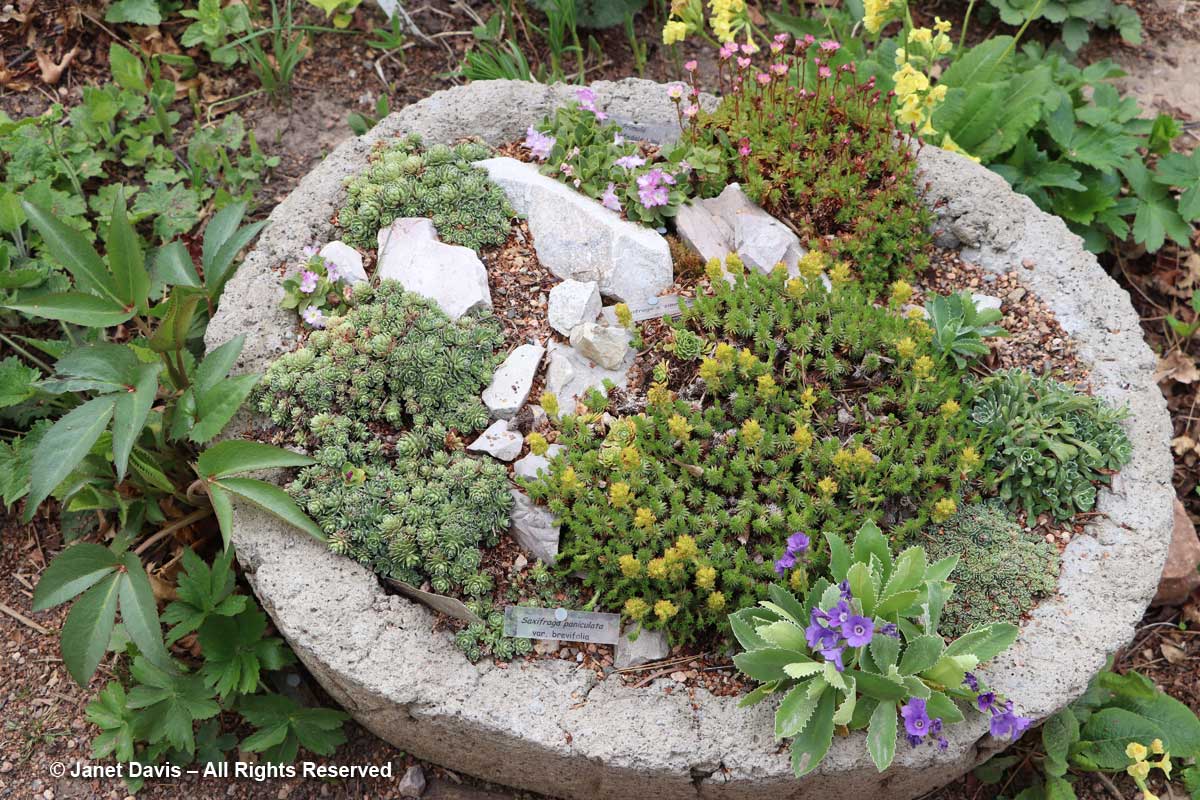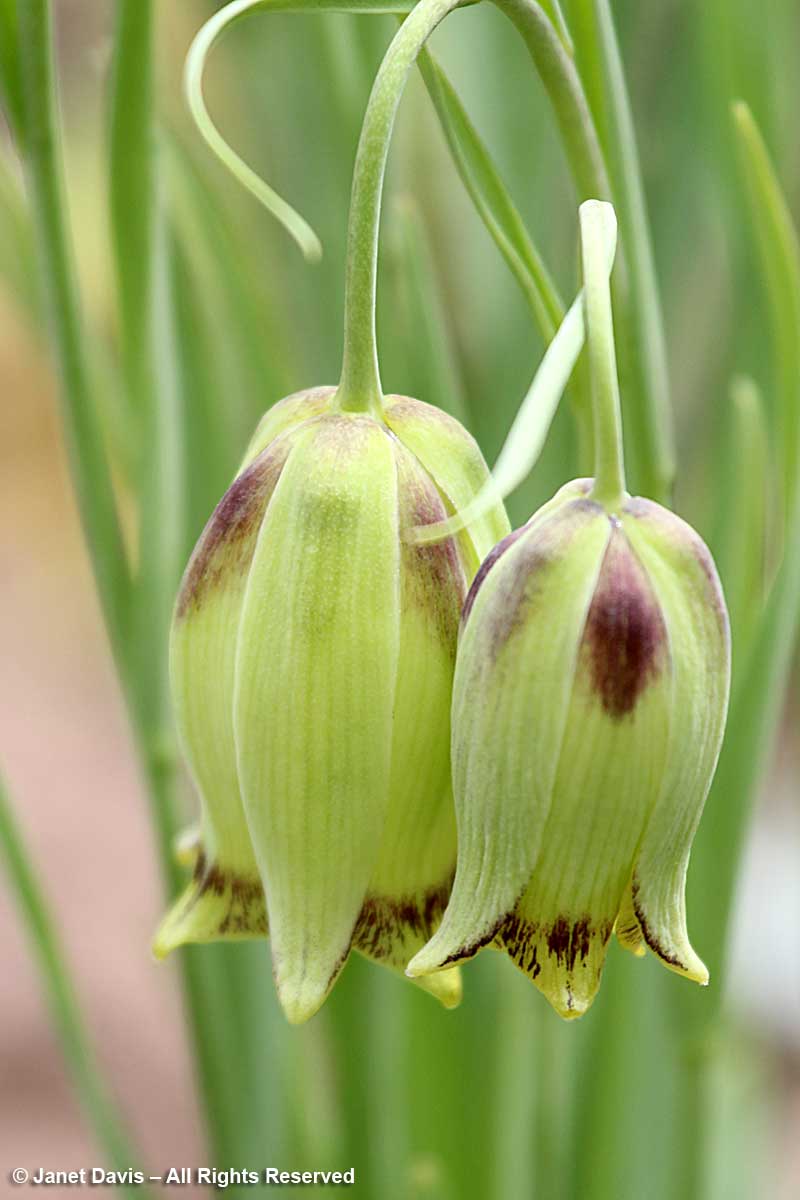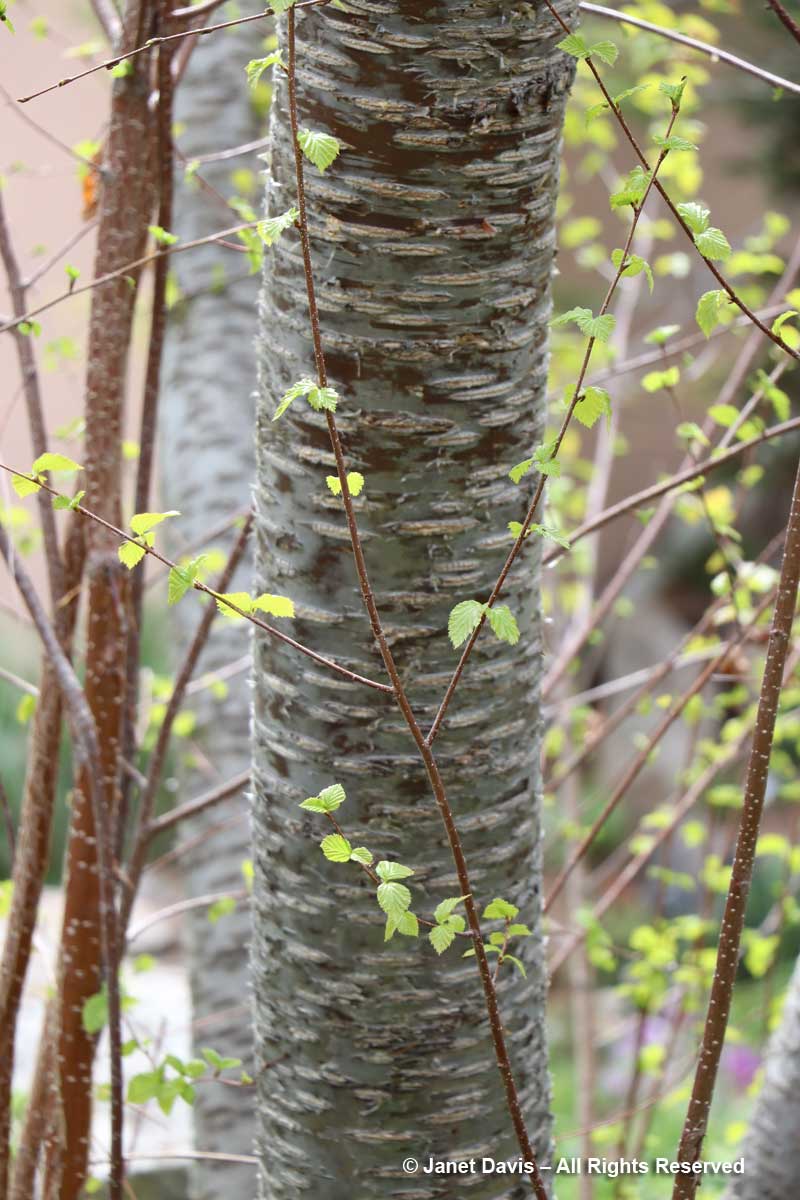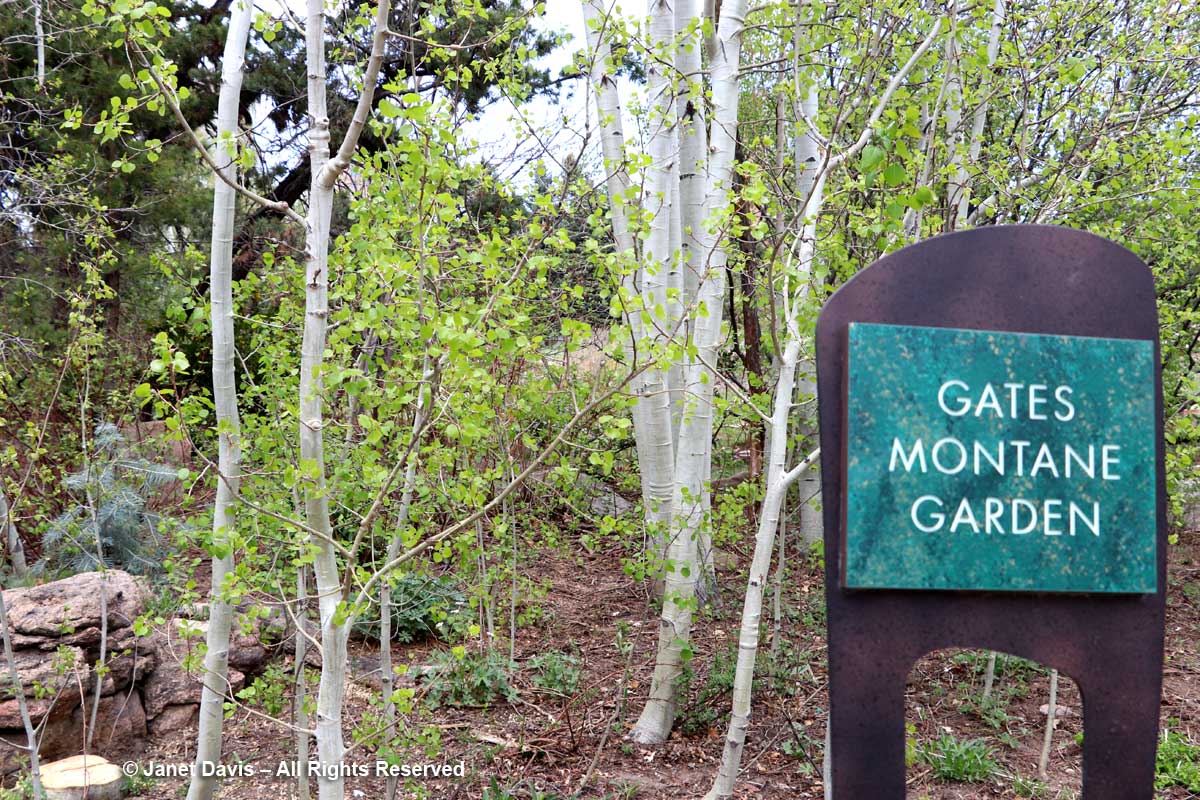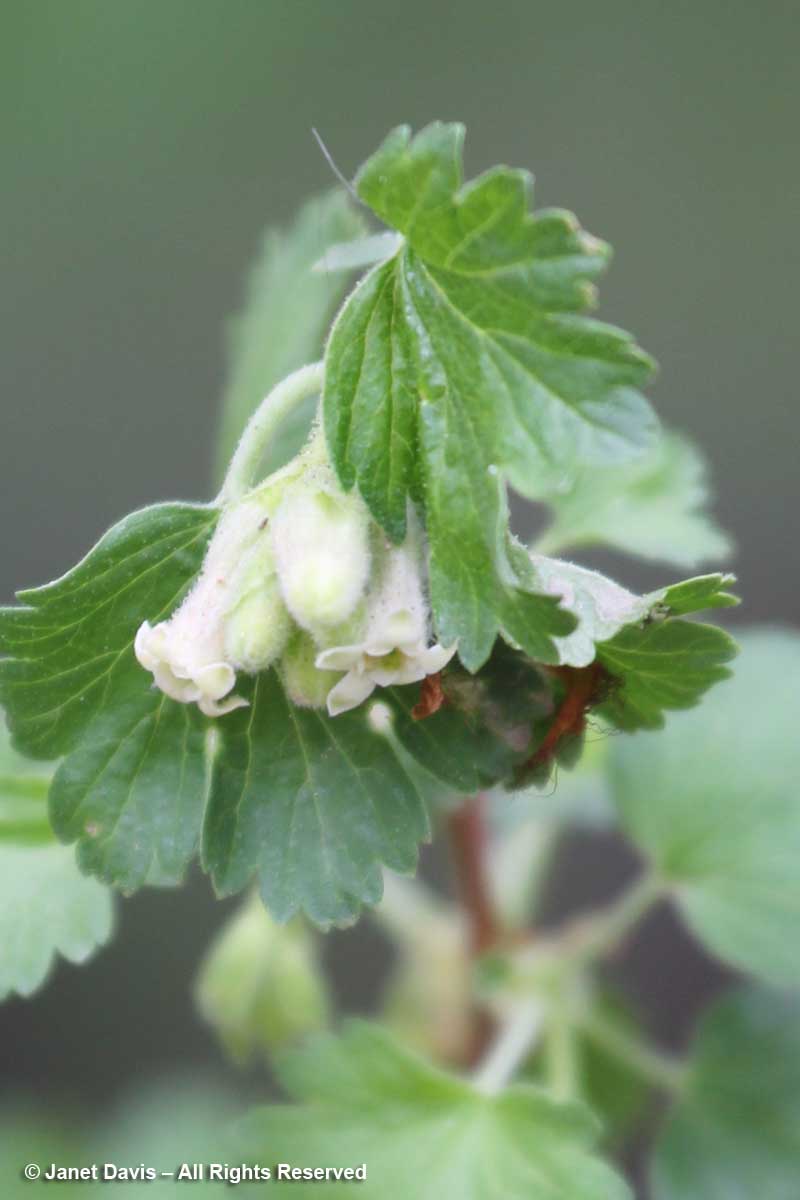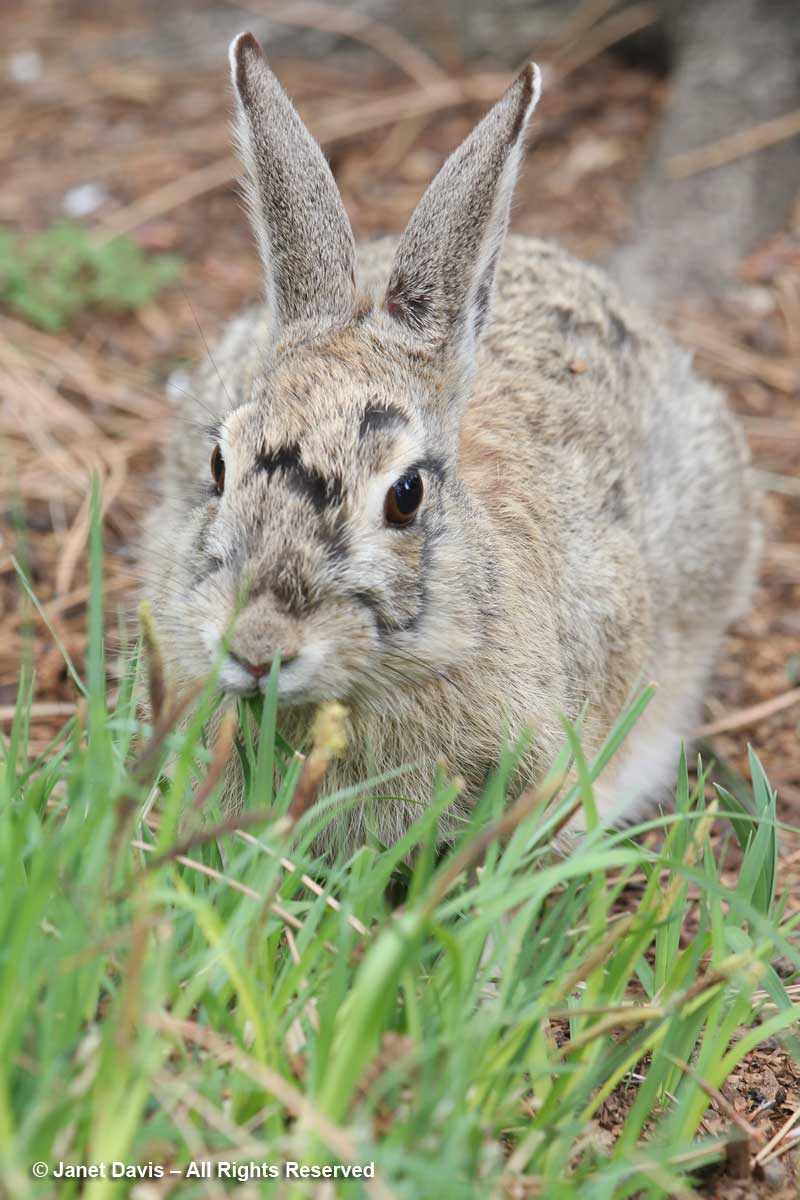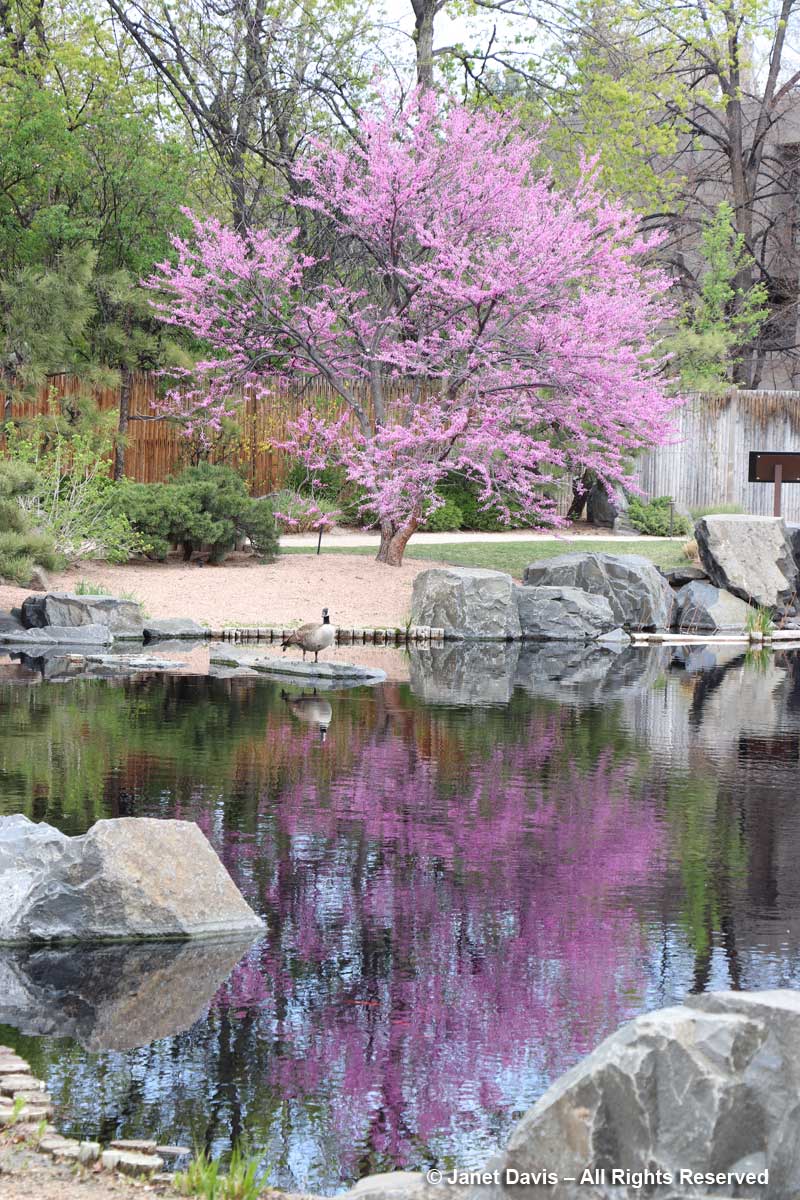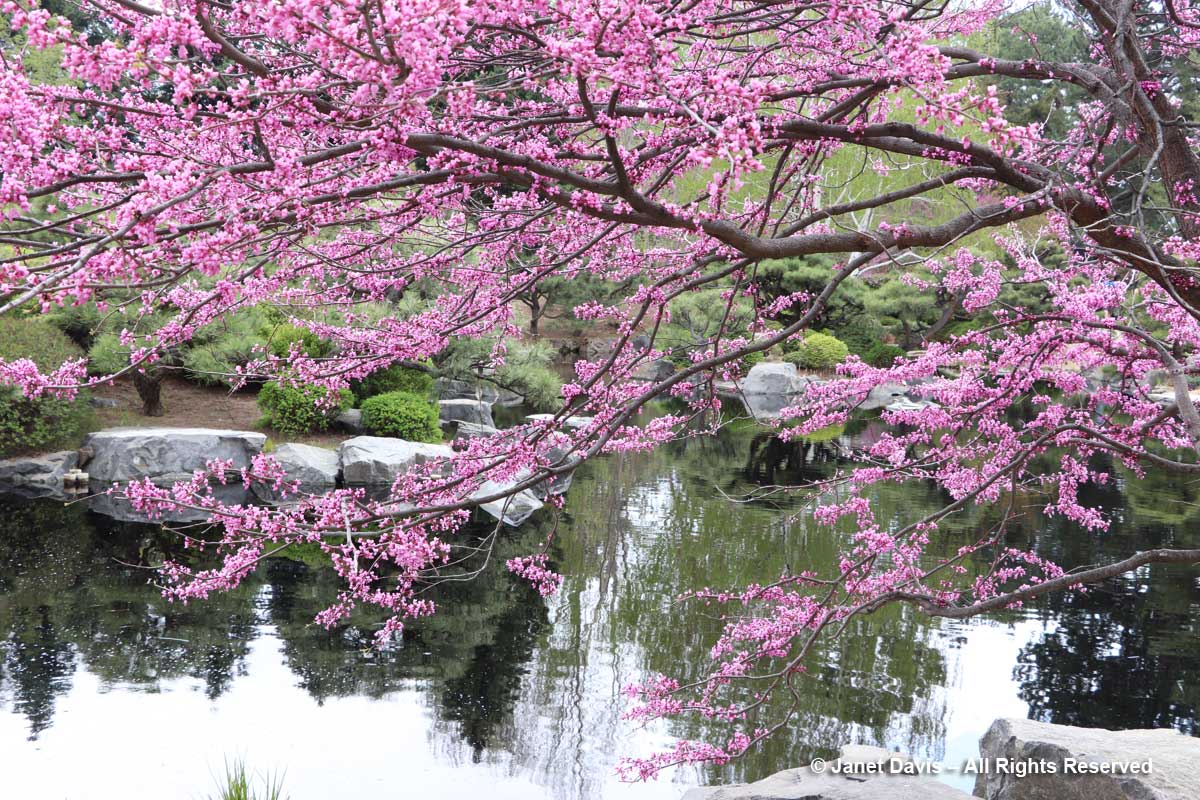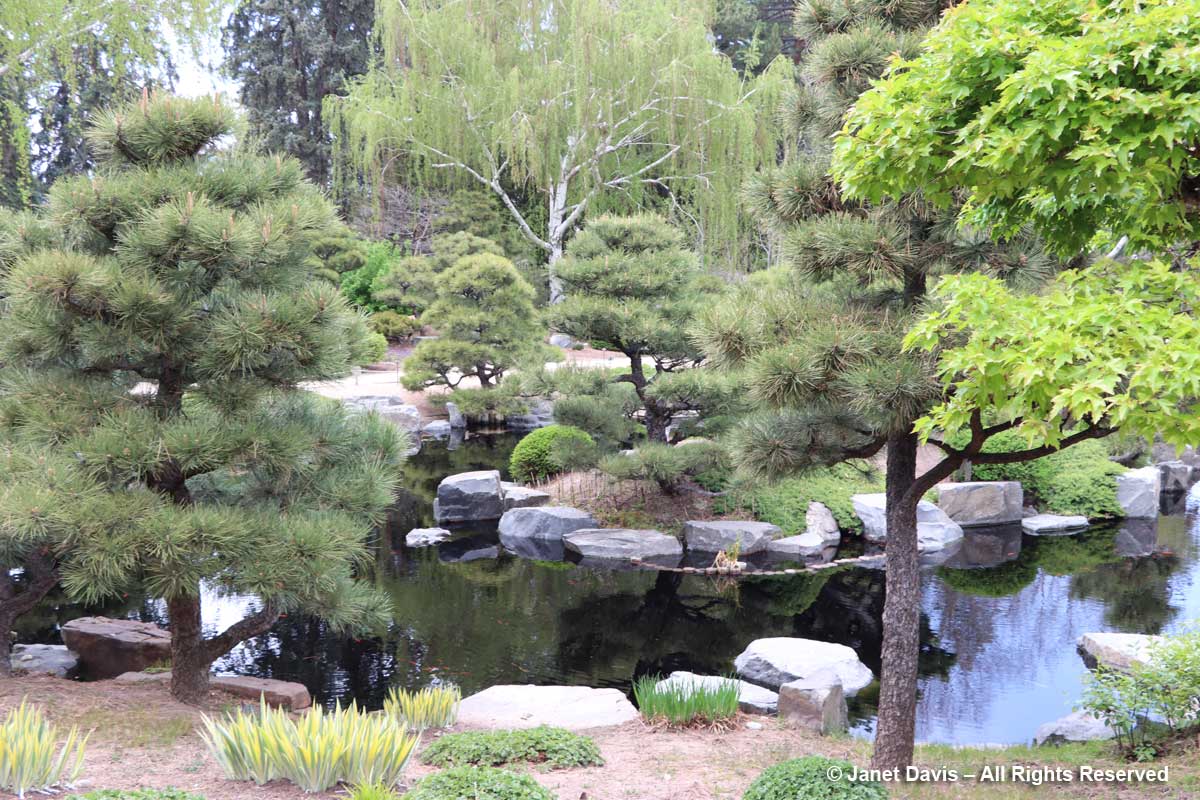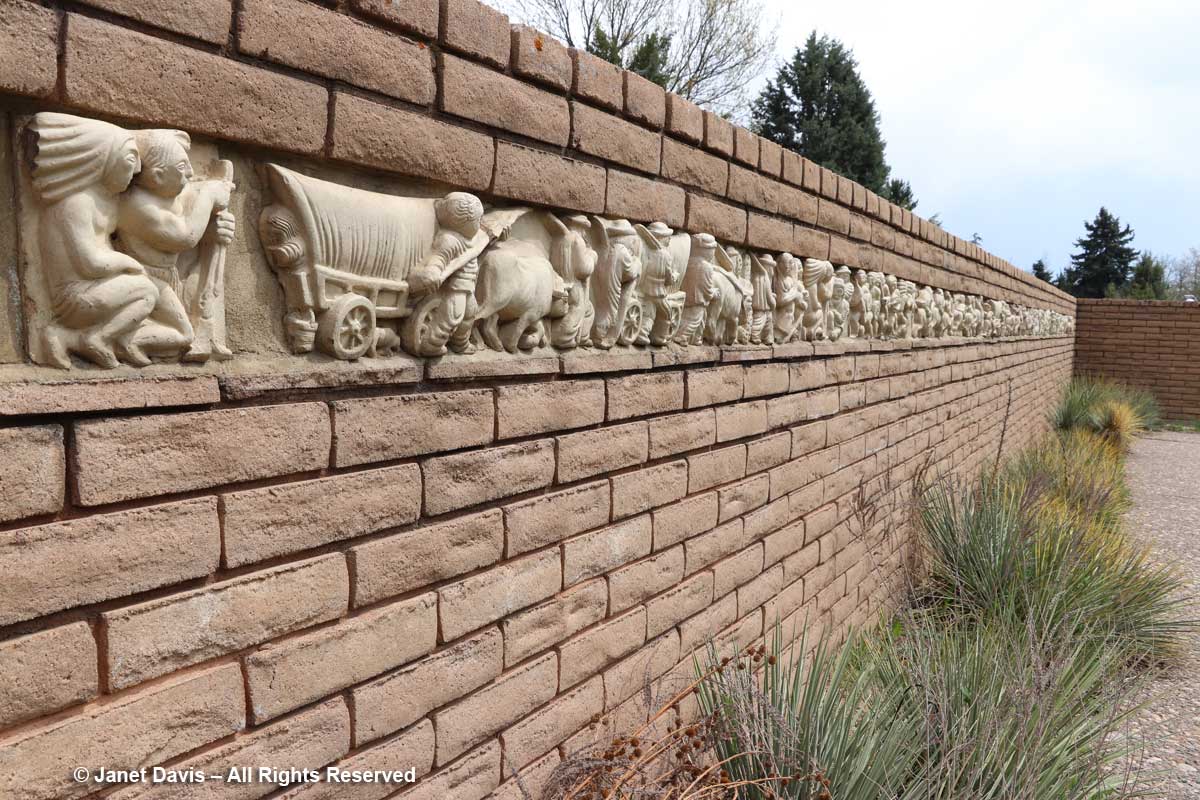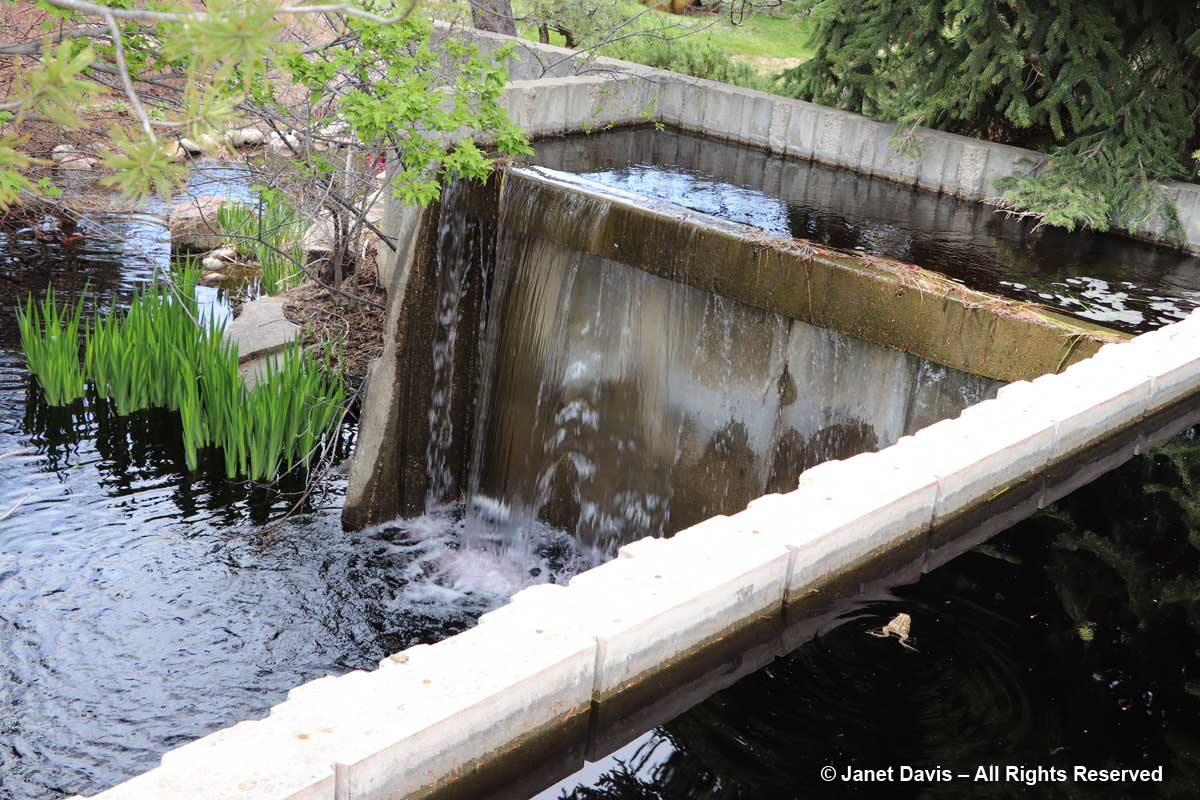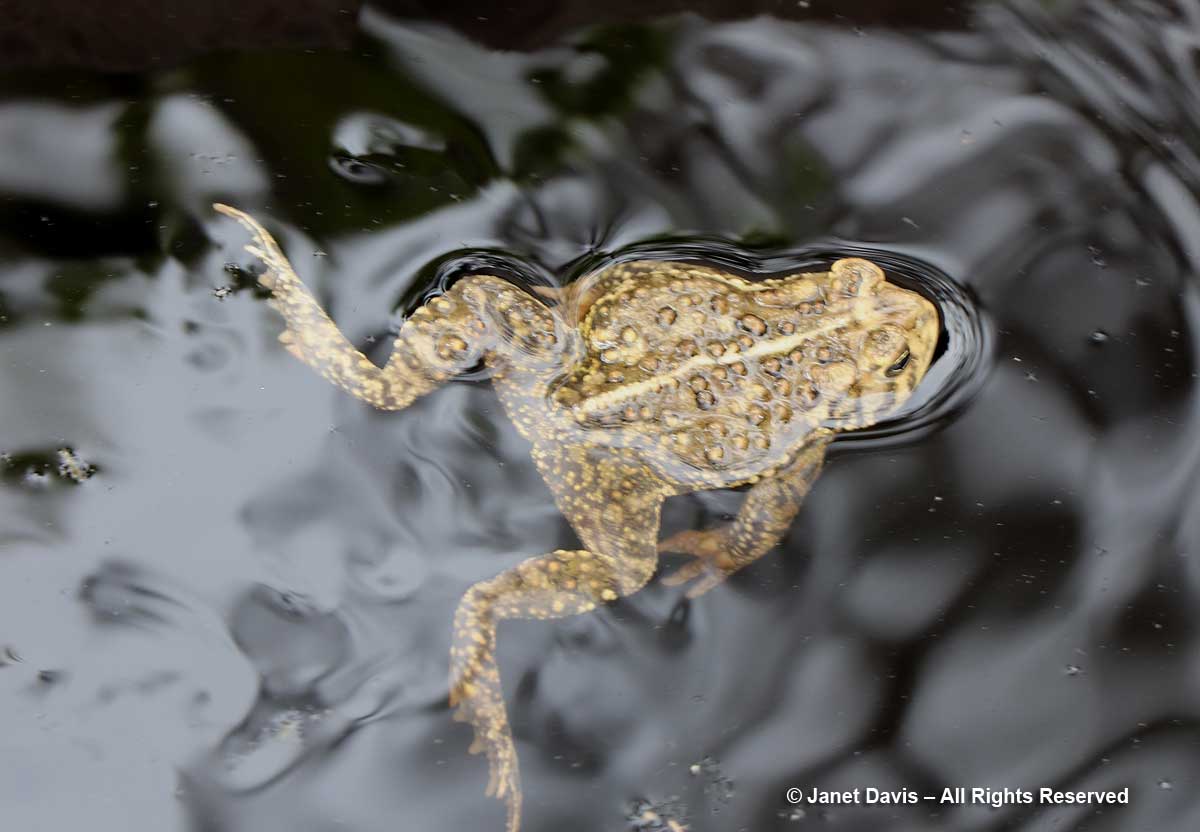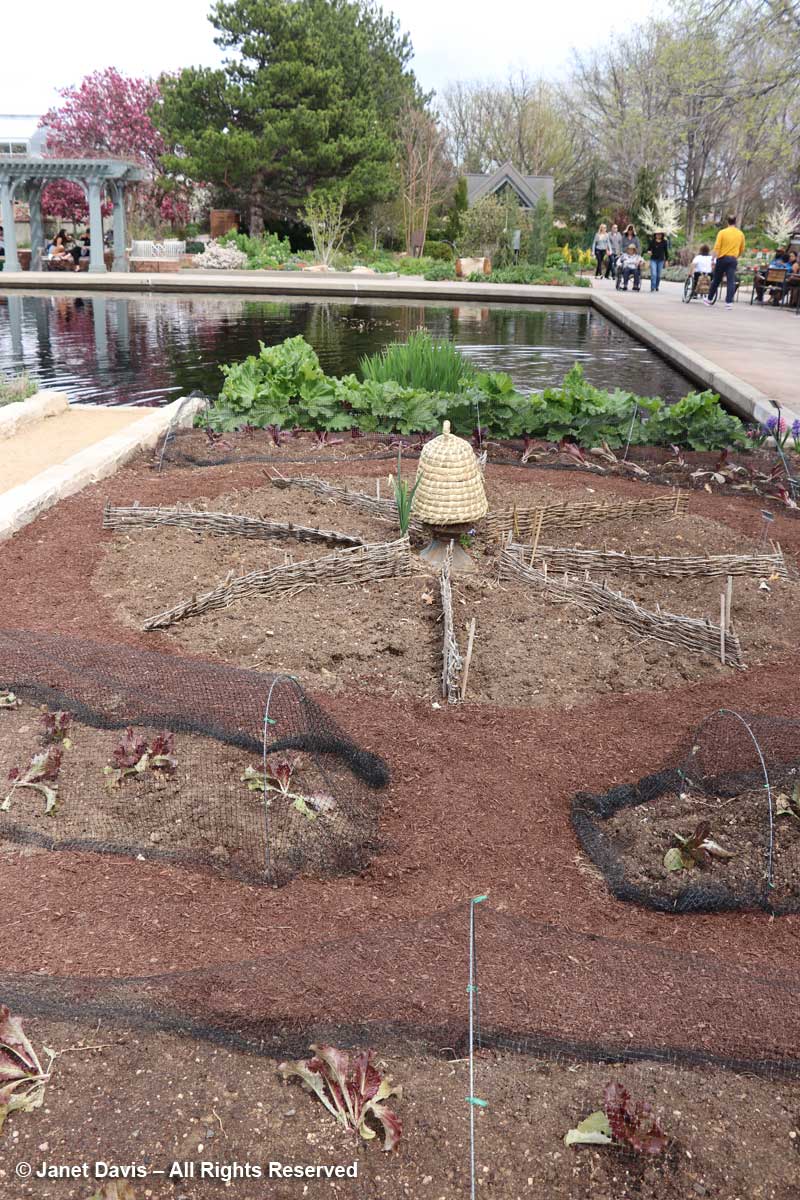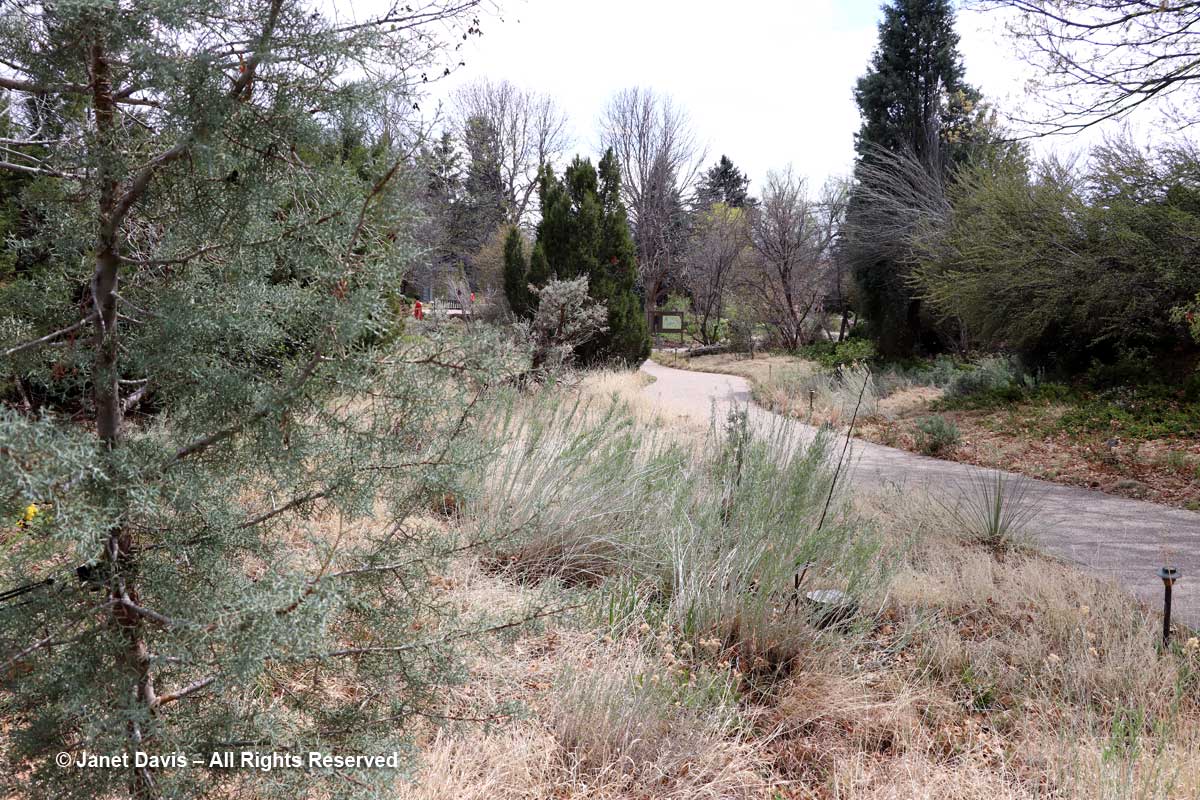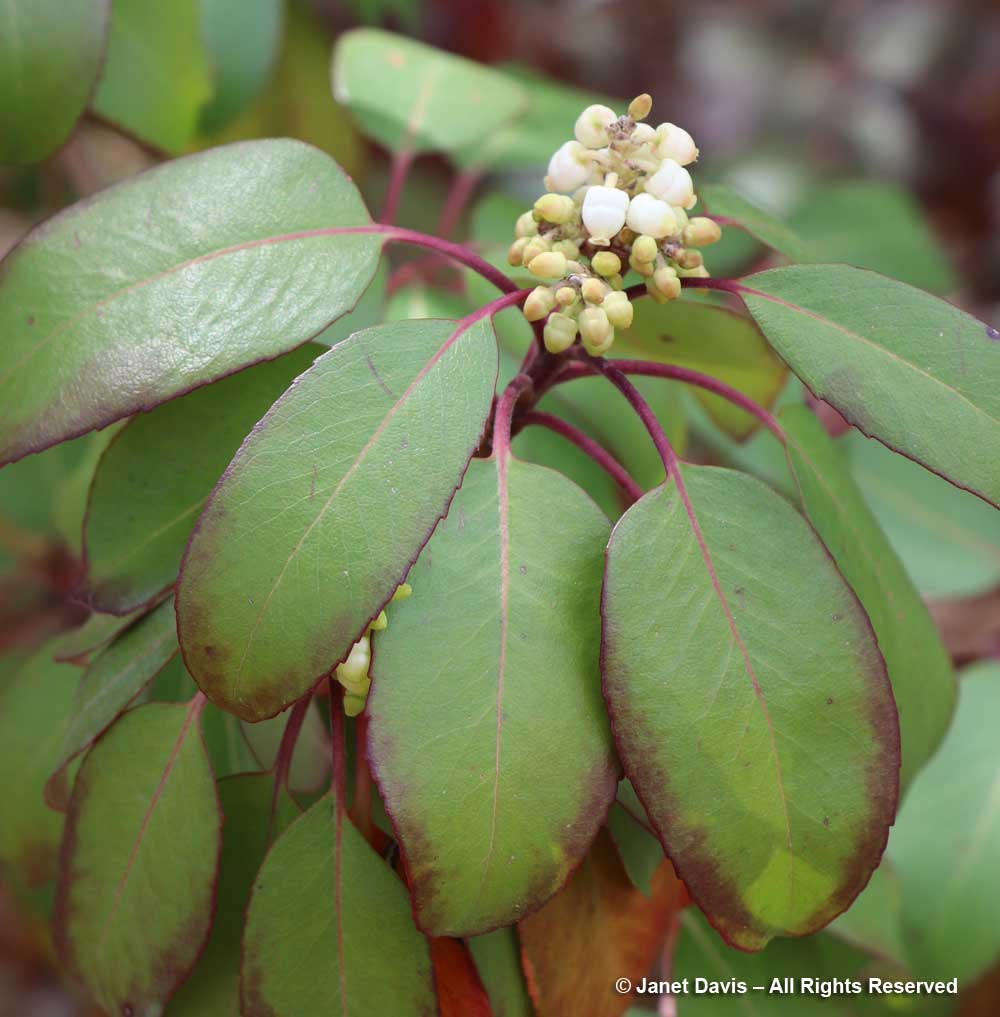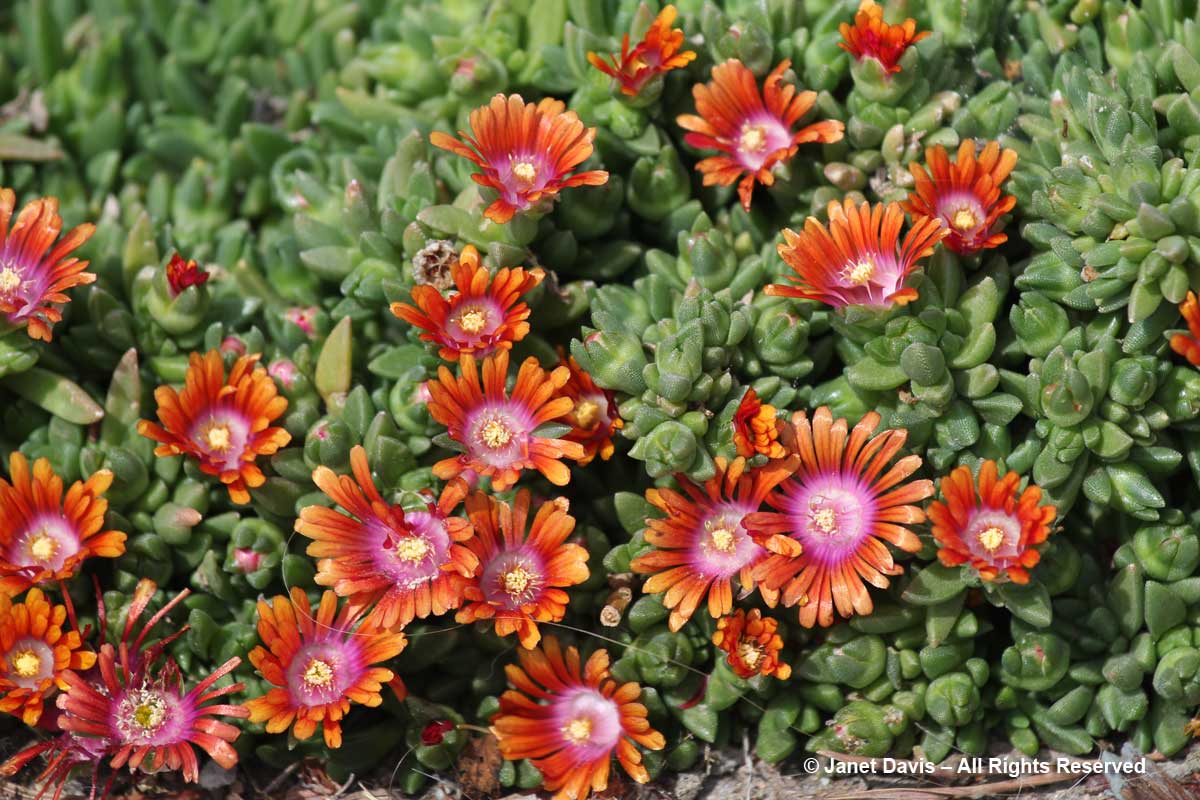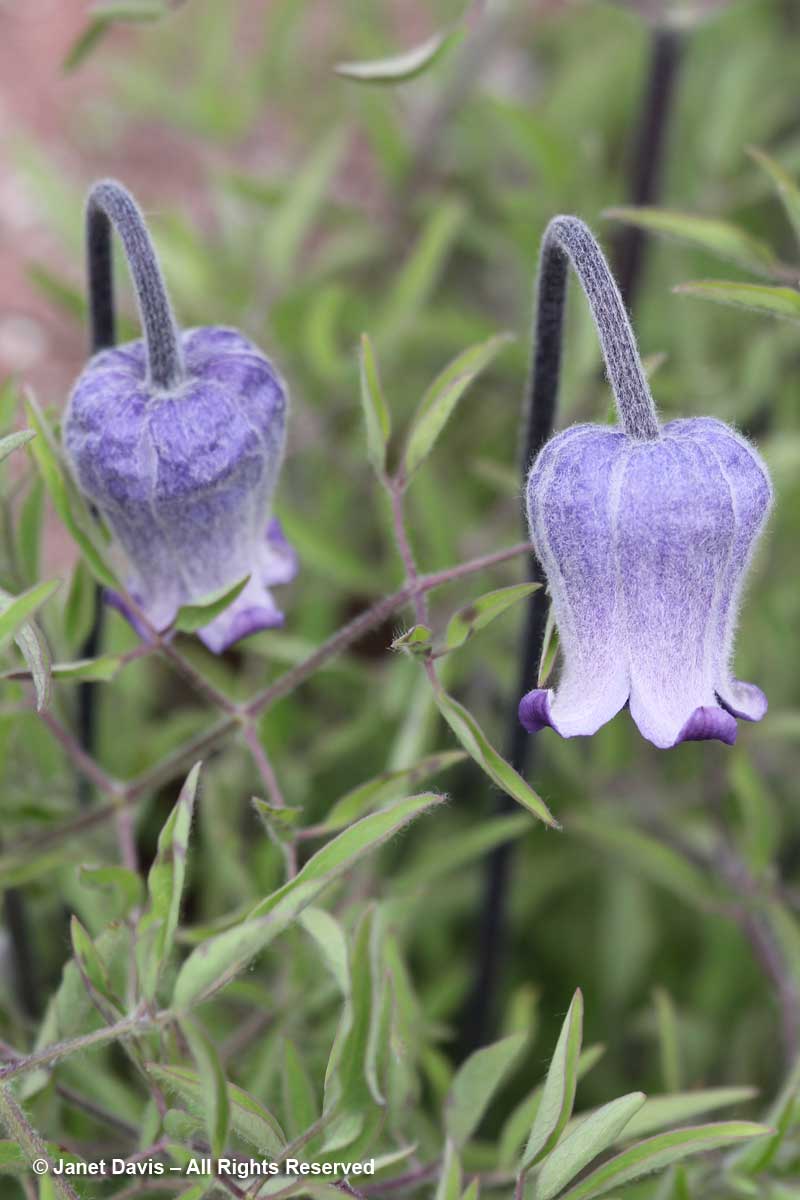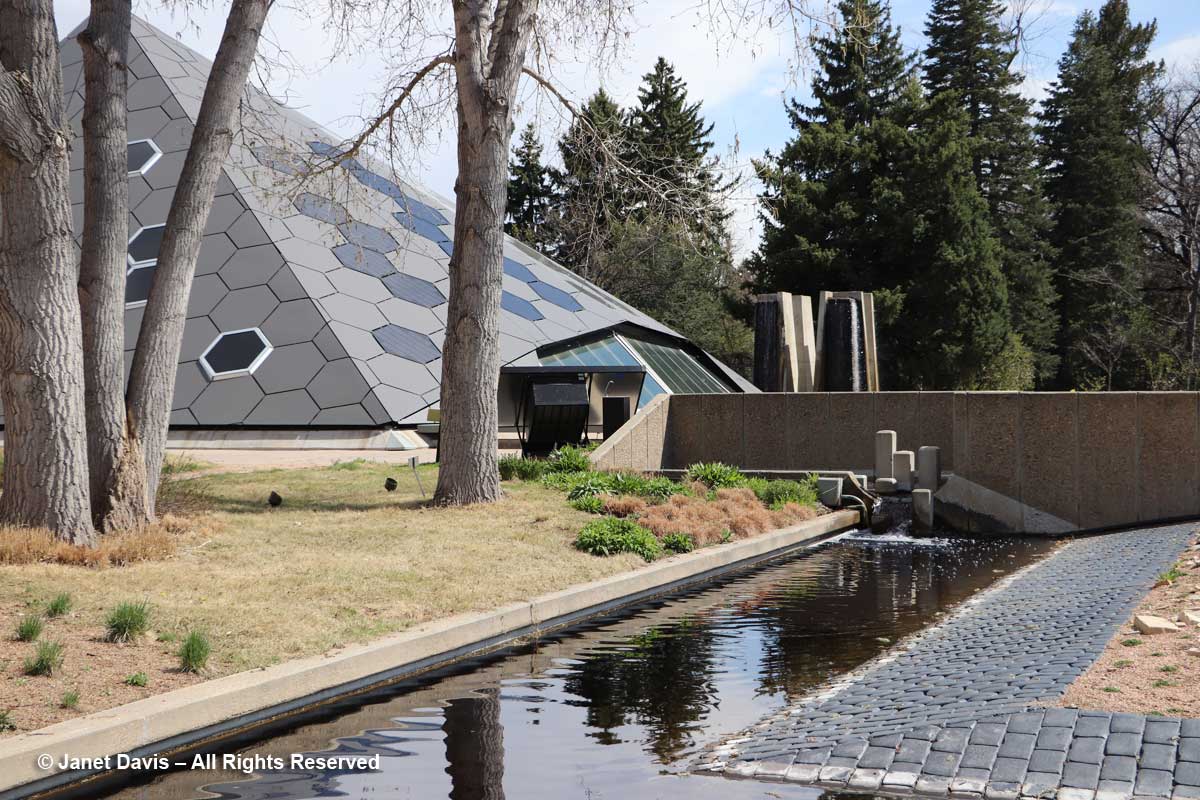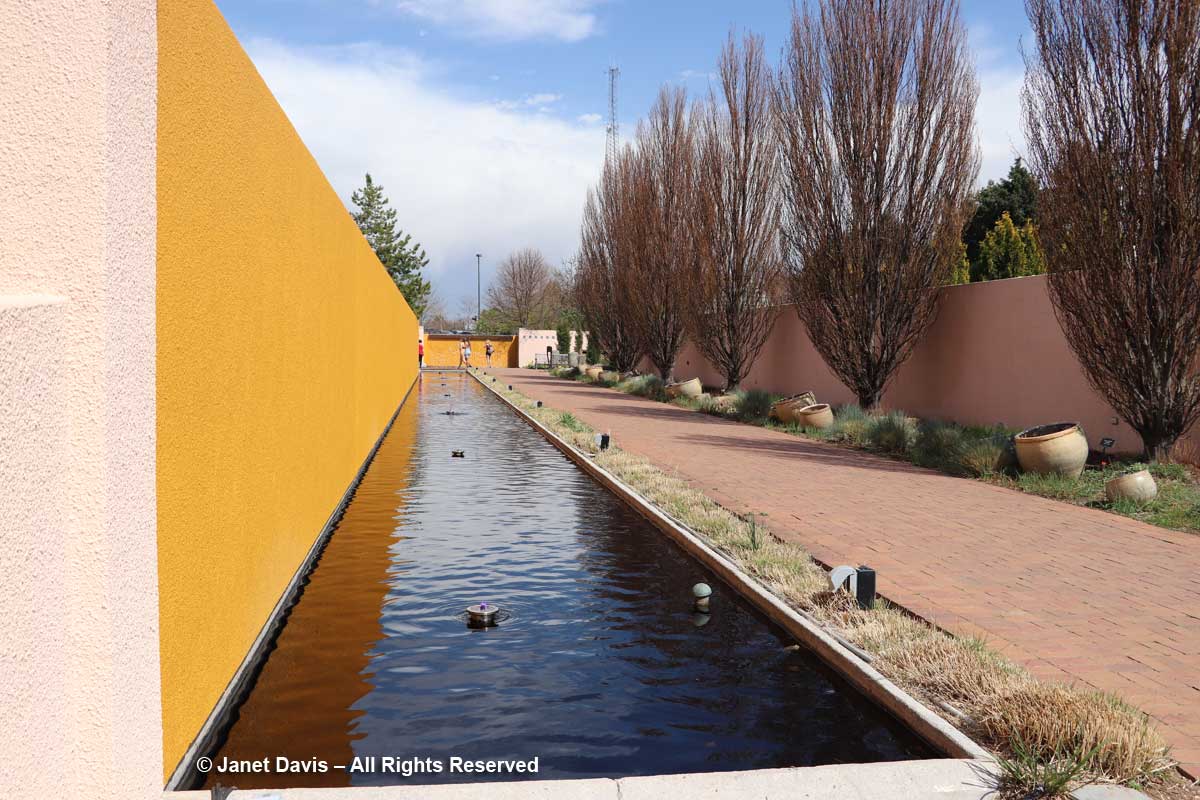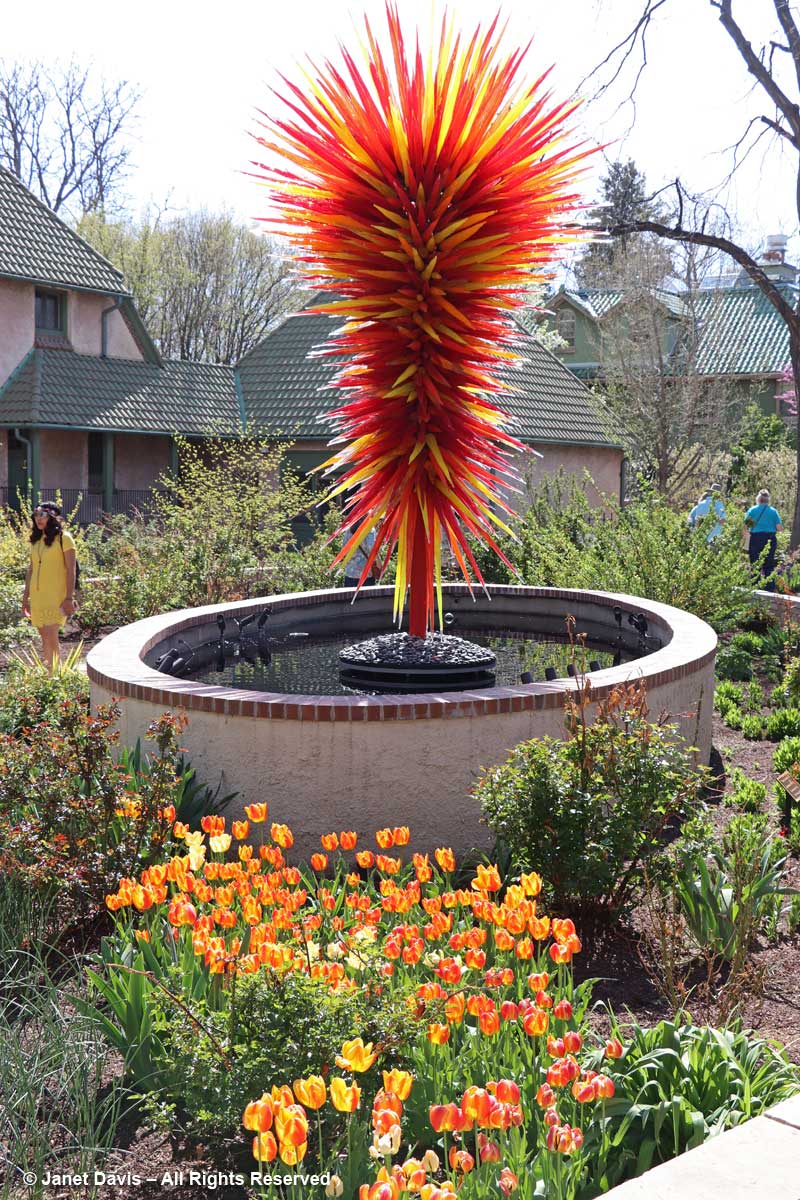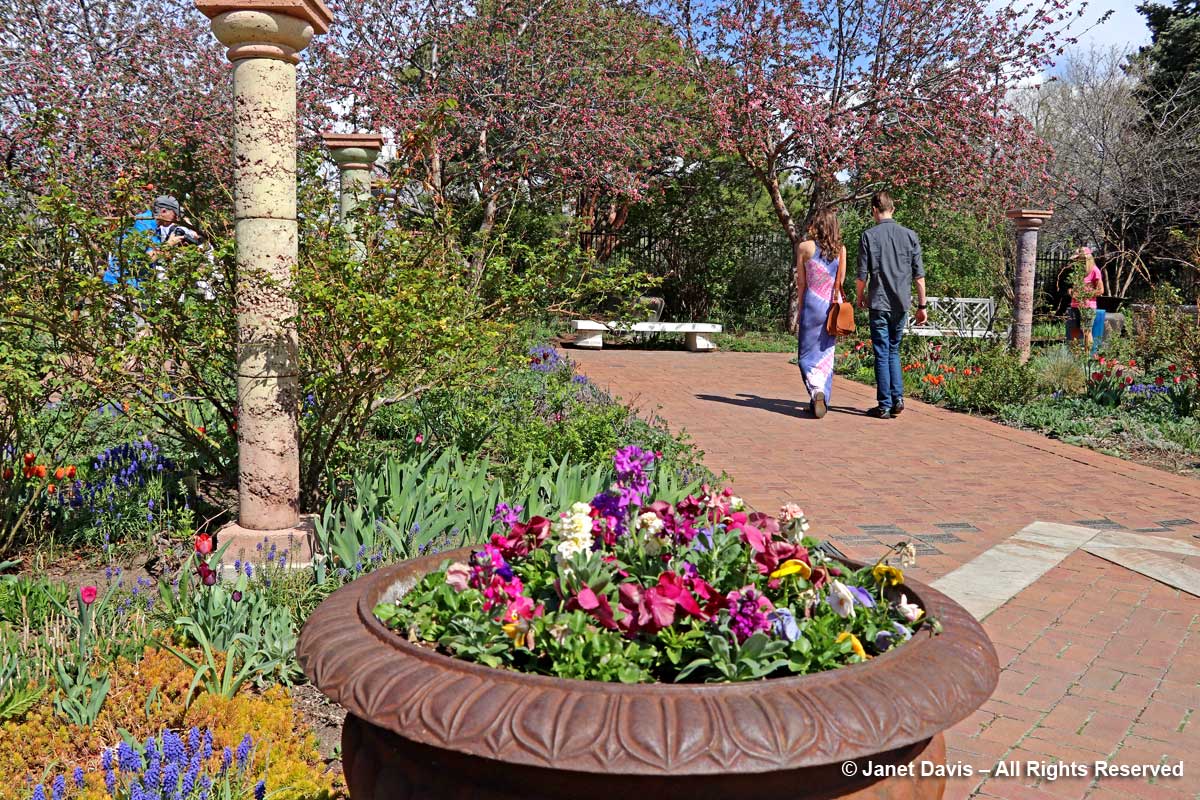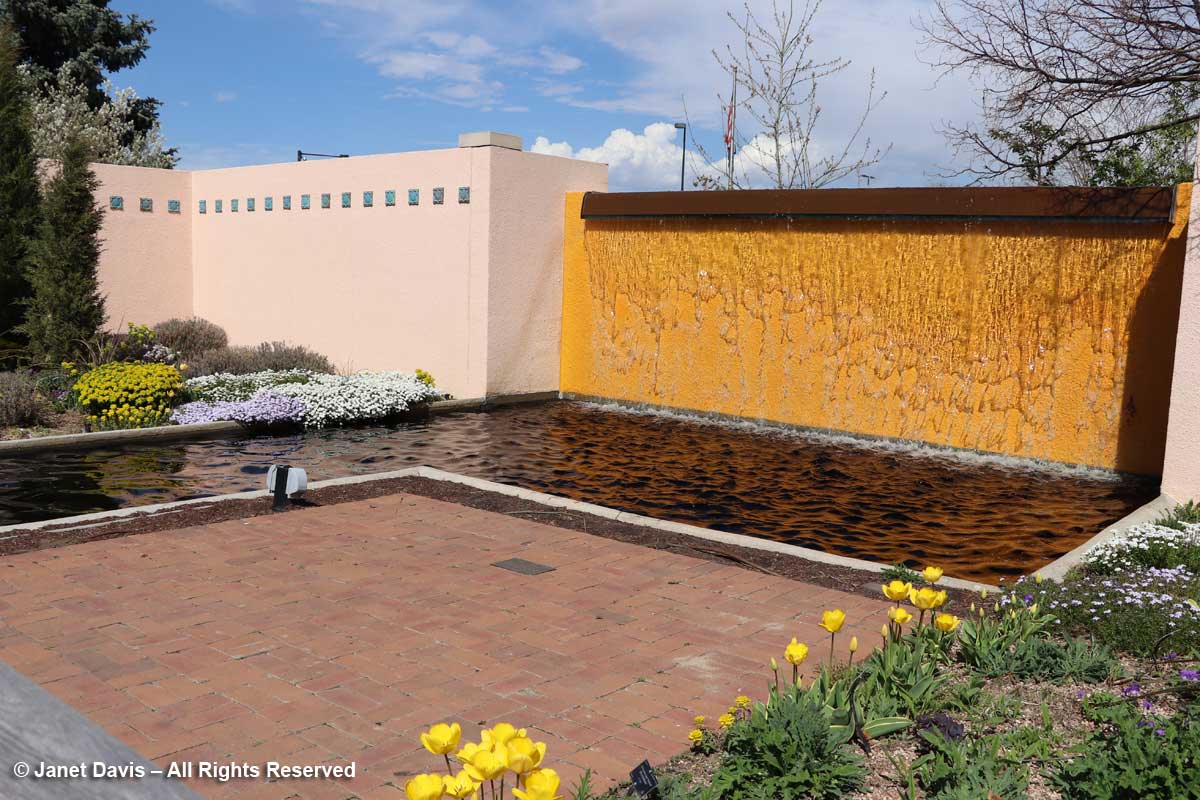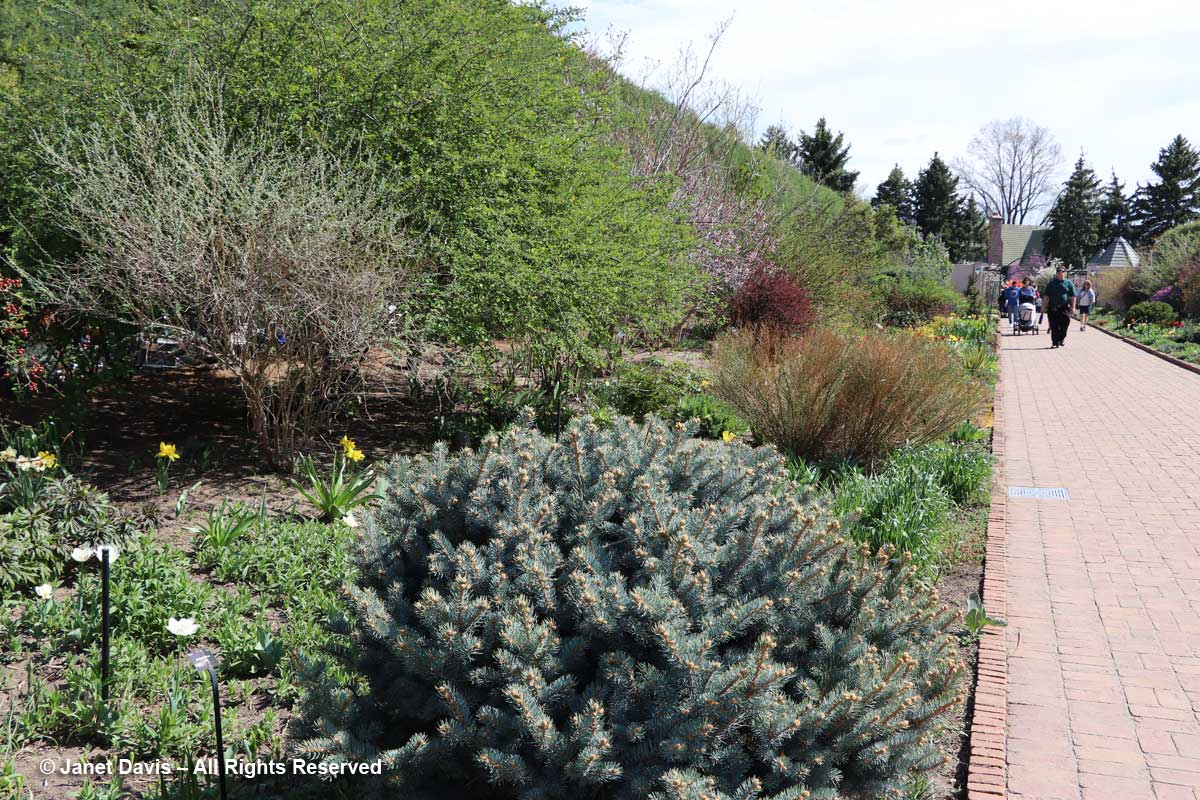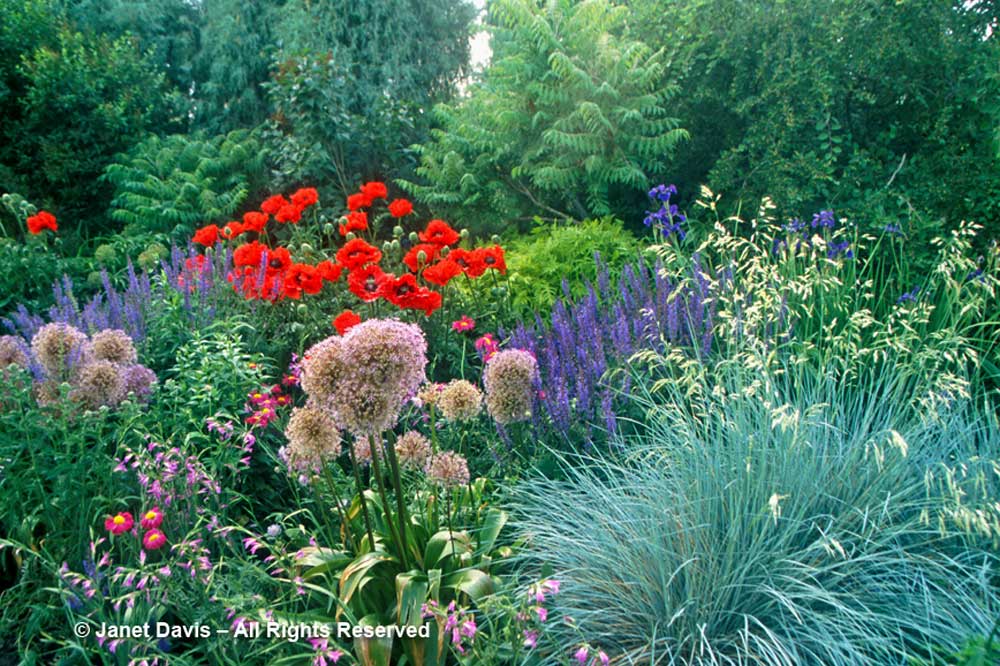My music tastes tend towards singer-songwriters from the 1960s and 70s with heartfelt lyrics, great musicality and understandable messages. But I do have a bit of a soft spot for a few psychedelic tunes from the late 1960s. I’m thinking of the year 1968 – that’s me in the grainy 1968 shot, below. I wasn’t exactly a flower child in my workaday high heels and Carnaby Street-inspired coat, but I did know how to wield a daisy.
Do you remember this one by Tommy James & the Shondells from 1968? I loved it. I can still remember the strobe lights pulsing on the dance floor to the words “Cri-m-m-m-m-m-son and cl-o-o-o-o-o-o-ver o-o-o-o-o-over and o-o-o-o-o-over”. Turn your speakers up!
CRIMSON AND CLOVER (Peter Lucia, Tommy James – Sony/ATV 1968)
Ah, now I don’t hardly know her
But I think I could love her
Crimson and clover
Ah when she comes walking over
Now I’ve been waitin’ to show her
Crimson and clover over and over
Yeah, my, my such a sweet thing
I wanna do everything
What a beautiful feeling
Crimson and clover over and over
Crimson and clover over and over
Crimson and clover over and over
Crimson and clover over and over
Crimson and clover over and over
They weren’t exactly genius lyrics, were they? And such bad grammar: “I don’t hardly know her.” Turns out the song didn’t have a lot of meaning, it was just some words that came to songwriter Tommy James. As he said in an interview with Songfacts: “They were just two of my favorite words that came together. Actually, it was one morning as I was getting up out of bed, and it just came to me, those two words. And it sounded so poetic. I had no idea what it meant, or if it meant anything. They were just two of my favorite words”. But there’s something about the cadence of the song and the very cool tremolo on the chorus that still sends me back to the 60s!
******
So, it’s now more than a half-century later. I’m pretty sure when I was dancing at the Daisy nightclub or The Pink Pussycat or Oil Can Harry’s in Vancouver in the late 1960s and early 1970s, I couldn’t have imagined myself writing about psychedelia FIFTY YEARS LATER. But that’s what happens, apparently; one ages. Those lyrics never did mean anything to me, but “clover” means a lot. CLOVER, after all, can make its own nitrogen!
As we learn on Etymology Online, “ ‘clover’ is a plant of the genus Trifolium, widely cultivated as fodder, Middle English claver, from Old English clafre, clæfre ‘clover’, from Proto-Germanic klaibron (source also of Old Saxon kle, Middle Low German klever, Middle Dutch claver, Dutch klaver, Old High German kleo, German Klee) which is of uncertain origin”.
Hmmm. Uncertain origin. I hate it when you get through all the linguistic roots only to find that no one really knows how “clover” came to be. Trifolium means “three leaves”, and except for the lucky four-leafed clover, that’s a good key for the clover genus. Perennial Dutch clover (Trifolium repens), which would be “claver” in the Netherlands where it is native (as well as the rest of Europe and Central Asia), has been grown as forage and fodder for centuries. It now grows throughout the world as a lawn weed. Bees love it, like this bumble bee foraging for nectar on the tiny white florets.
It is also a favourite of honey bees, and clover honey is one of the most common honeys. Interestingly, Dutch clover nectar is produced abundantly in the morning but not in the afternoon, so honey bees know when to forage.
Red clover or meadow clover (Trifolium pratense) is also native to Europe but is also found throughout the temperate world as a weed.
Alsike clover (Trifolium hybridum) usually has bi-colour pink-and-white florets. It is found in pasture seed mixes, along with grasses, as a hay crop or forage for animals, especially horses. Despite its name, it is a true species, though it was originally believed to be a hybrid of T. repens and T. pratense.
During a visit to the wonderful Montreal Botanical Garden one June, I was impressed with a design for a bee-friendly lawn of mixed clovers, instead of a weed-free lawn with no appeal to pollinators. (However, last March in Chile I did walk barefoot through a clover lawn with painful consequences. Sadly, the honey bee gave her life.)
The clover that comes closest to Tommy James’s lyrics is crimson clover (Trifolium incarnatum), also called Italian clover. Native to most of Europe, it is rarely seen where I live in Canada. I found a single plant in the vegetable garden at Vancouver’s UBC Botanical Garden
There are other plants that we call clovers. White sweet clover (Melilotus albus) is a tall plant with wand-like branching. It is native to Eurasia but widely distributed throughout the world.
Apart from its use as a forage crop, it is also an excellent honey plant.
At my cottage on Lake Muskoka north of Toronto, it grows as a drought-tolerant weed in my sandy soil. I thought it looked quite fetching with hoary vervain (Verbena stricta) that I seeded in that area.
Yellow sweet clover (Melilotus officinalis) is another North American “weed” that is native to Eurasia. In Toronto, I found it mixed with red clover.
All the clovers are legumes, members of the pea family Fabaceae (formerly Leguminosae). The trait that most legumes have in common is their ability to ‘fix’ nitrogen from the soil via various types of rhizobium bacteria that dwell within small growths on their roots called nodules. Nitrogen (N2) is the most abundant gas in earth’s atmosphere and is needed by all living things, but in its gaseous state it cannot be utilized by plants or animals. Animals absorb it in the form of NH4, ammonium or other nitrates in amino acids and proteins directly from certain plants that they eat, or from plant-eating animals that they eat. In plants, N2 is fixed via ‘diazotroph’ bacteria like the various types of rhizobia in legumes; many other plant families use different types of free-living soil bacteria, such as frankia (e.g. for alders), to fix nitrogen. Blue-green algae (cyanobacteria) also fix nitrogen (e.g. for gunnera).
Fabaceae is a huge family, with some 670 temperate and tropical genera ranging from small annuals to massive trees. Because of their efficient nitrogen fixation, many legumes are grown as crops to produce food for domestic animals or humans.
Alfalfa (Medicago sativa) is one of those legumes. In Europe it’s called ‘lucerne’ and it’s been used for grazing, hay and silage for at least two thousand years, since the Greeks and Romans. It can also be used as a green cover crop to improve the fertility of the soil. When we were visiting my son-in-law’s Alberta farm one summer, he ‘treated’ me to a trip on an ATV to go through their fields.
This was the easy part. There were no knee-high thistles as we approached the hayfield.
I was captivated by all the alfalfa growing in the fields.
In some places, Alsike clover was mixed in.
The alfalfa bloomed in shades of purple, lilac-blue, mauve…..
….. and white.
I saw bees and dragonflies using the flowers for forage and rest.
A VALENTINE TO FABACEAE
The rest of #mysongscapes blog is just an illustrated love letter to some favourite members of the family Fabaceae.
Bird vetch or tufted vetch (Vicia cracca) is a weedy legume that grows in all the temperate climates of the world. Here it is nitrifying the soil with Dutch clover in a weedy patch in Toronto.
But it is a superb bee plant. In five minutes, I watched honey bees, bumble bees and carpenter bees foraging on it.
Scientists have long studied nitrogen fixation in one of my favourite little leguminous weeds, birds-foot trefoil (Lotus corniculatus). It is currently fixing nitrogen all over the edges of my meadows and garden beds at Lake Muskoka.
I wrote about lupines (Lupinus spp.) in a recent #mysongscapes blog about Miss Rumphius. Aside from being a way to ‘make the world more beautiful’, as Miss Rumphius counselled, they also add nitrogen to the soil.
I’ve never managed to grow purple prairie clover (Dalea purpurea) in my meadows, but not for want of trying, via seed-sowing. Have a look at that orange pollen!
I don’t grow annual sweet peas (Lathyrus odoratus), much as I would love to. They don’t fit into the way I garden – and my soil isn’t sweet enough for lime-lovers like them – but I do adore burying my nose in their blossoms.
However, even if I wanted to, I could not get rid of everlasting(!) pea (Lathyrus latifolius) that scrambles all over the plants in the meadows at my cottage. Fortunately, the bees like it. Here it is using blue flag iris (I. versicolor) as a trellis.
There’s a beautiful stand of leadplant (Amorpha canescens) in the Piet Oudolf-designed Entry Border (my blog) at the Toronto Botanical Garden (TBG). The bees are always all over it, too.
An ornamental clover called red feathers (Trifolium rubens), below …..
…. was used by Piet Oudolf in the TBG’s Entry Border. Though it looked lovely with meadow sage and phlomis and is supposed to be hardy to USDA Zone 3, it did not seem to come back in subsequent years.
Speaking of the TBG, I’ve always loved this Kirilow’s indigo shrub (Indigofera kirilowii) that grows on the Westlake Terrace there. It turns bright yellow in autumn.
And I’m always keen to see the eastern redbud (Cercis canadensis) trees come into flower in the TBG’s Nature’s Garden….
….. where they attract all kinds of native bees. This is the unequal cellophane bee (Colletes inaequalis).
The TBG’s wisteria (Wisteria floribunda) vine is loaded with pendulous inflorescences each spring.
Laburnum (Laburnum x watereri ‘Vossii’) produces masses of long, yellow inflorescences, giving it the common name golden chain tree.
I always look forward to the first week in June in Toronto when you can smell the night-time fragrance of the black locust trees (Robinia pseudoacacias). Bees love them too.
And at the Mount Pleasant Cemetery where I have spent hundreds of hours over the past few decades (my blog), it is a fine June indeed when the yellowwood (Cladrastis kentukea) graces us with its long white inflorescences (something it only does every 2 or 3 years).
Various beans, peas and other legumes such as peanuts, soybeans, lentils and chickpeas are good sources of vegetable protein and the basis of vegetarian diets. There are lots of different pea varieties (Pisum sativum), of course, but I loved this dwarf type growing on the patio table at Rob Proctor and David Macke’s Denver garden (my blog).
Beans, beans, the musical fruit, the more you eat, the more nitrogen you absorb. (Haha, fooled you!) I liked seeing scarlet runner beans (Phaseolus coccineus) growing on a corn ‘trellis’ with squash underplanted (the “three sisters” in indigenous culture) at Wanuskewin Heritage Park outside Saskatoon, Saskatchewan (my blog).
Broad bean or fava bean (Vicia faba) is grown around the world, and is also excellent bee forage.
For me, chickpeas (Cicer arietinum) are the ingredient in my homemade hummus (no tahini, magic ingredients are 1 can (2 cups) of chickpeas drained, 1/2 cup of olive oil, 1/4 cup of lemon juice, 2 cloves of garlic crushed, 1/4 cup of parsley, 1 tsp. of salt, dash cayenne). Whiz until smooth. Refrigerate. You’re welcome.
Then there are the subtropical and tropical legumes like Acacia, Senegalia and Vachellia. In Africa, acacias are a primary food of giraffes, elephants and other animals.
It kind of blows my mind that my 15-second video of ants in a whistling thorn (Vachellia drepanolobium) at Kicheche Camp Laikipia in Kenya (my 3-part safari blog) has been seen by almost 2,400 people since I posted it in 2016. This leguminous shrub and the ants that live inside the swollen thorns have developed a mutualistic relationship: security guard services in exchange for a home.
The African coral tree (Erythrina caffra) has beautiful scarlet-red blossoms.
Desert legumes like honey mesquite (Prosopis glandulosa) are also good bee plants. Its seeds are eaten by many birds and mammals. This is the cultivar ‘Maverick’.
Finally, I’d like to raise a glass to the legumes and their good work with this image, made at Kendall-Jackson Wines in Sonoma, California. It shows that winemaker’s strategy for improving the fertility of soil in the vineyard with an assortment of legumes, including clovers, vetch and fava beans. A toast with crimson wine to the clovers! Crimson and clover, over and over and over.
********
This is the 15th blog in #mysongscapes series of winter 2020 that combine music I love with my photography. If you enjoyed reading it, have a look at the others. And please leave a comment if you enjoyed reading any of them.
- Joni Mitchell’s ‘Night in the City’;
- Paul Simon’s ‘Kodachrome’ and my life in photography;
- Vietnam and Songs of Protest;
- Galway Bay and memories of my grandfather and Ireland;
- Simon and Garfunkel’s Parsley, Sage, Rosemary and Thyme;
- The John Denver lullaby I sang to my first grandchild, Today While the Blossoms Still Cling to the Vine.
- Gordon Lightfoot for a Snow Day
- Madame George by Van Morrison – my favourite song in the world
- Brown Eyed Girl(s) – Van Morrison’s classic and my black-eyed susans
- Raindrops – on flowers and in my gardens
- Miss Rumphius and the Lupines
- Bring me Little Water – on water in the garden
- Amsterdam… Spring Sunshine
- Both Sides Now – a reflection on clouds and Joni Mitchell


